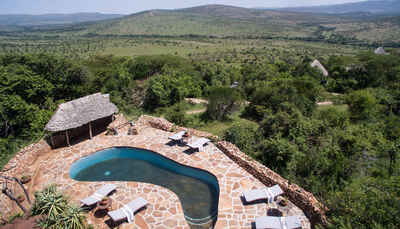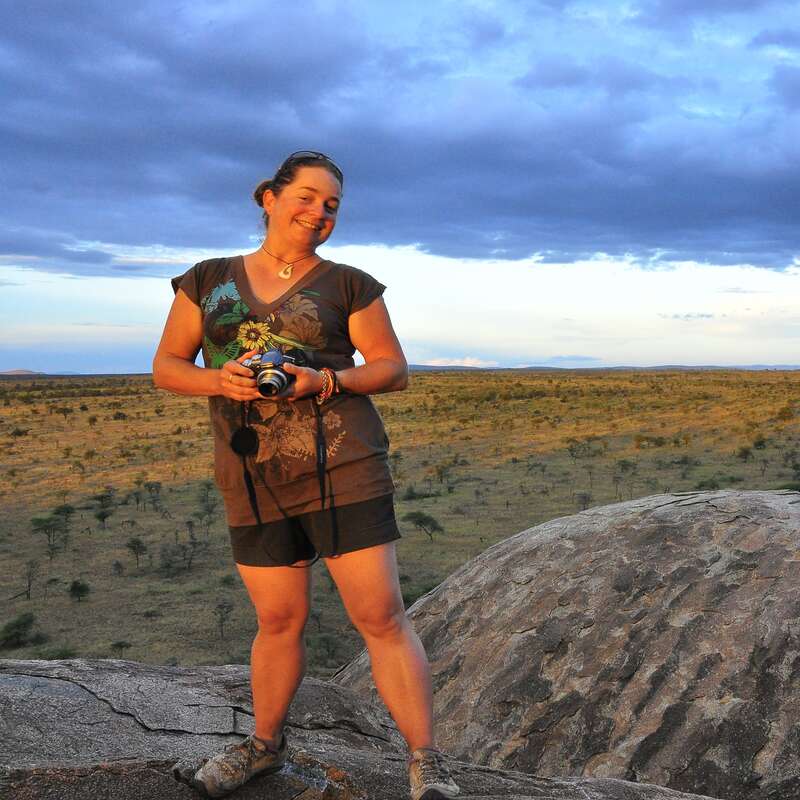About Klein's Camp
Klein's Camp is a small, luxury lodge that was originally built as a hunting camp.
It sits in its own 10,000 hectare private concession area in Loliondo. Klein's leases this land from the Maasai and is for the exclusive use of the guests who stay here.
On our last trip to Klein's we also visited two other &Beyond properties, and we found Klein's to have the most relaxed feel to it. Having said that, it certainly doesn't lack any of the professionalism or luxury of the other properties.
Accommodation
10 rooms
Children
Best for 12+
Open
All year
Activities

4WD Safari

Birdwatching

Cultural excursion

Guided walking safari

Hot air ballooning

Night drive

Private activities
Traveller reviews of Klein's Camp
12 real, un-edited reviews from Expert Africa's travellers.
Arrived 24 Oct 2023, 4 nights
"Hands down the most special holiday of my life"
Overall rating: Excellent
Arrived 24 Oct 2023, 4 nights
"Klein's Camp review"
Overall rating: Excellent
Arrived 1 Oct 2016, 3 nights
"Kleins Camp review"
Overall rating: Good
Arrived 7 Jul 2016, 4 nights
"Safari elegant!"
Overall rating: Excellent
Arrived 24 Apr 2015, 4 nights
"Kleins Camp review"
Overall rating: Excellent
Arrived 6 Sep 2014, 2 nights
"Kleins Camp review"
Overall rating: Excellent
Arrived 8 Oct 2013, 2 nights
"big cats"
Overall rating: Excellent
Arrived 15 Oct 2010, 4 nights
"Klein's Camp safari"
Overall rating: Excellent
Arrived 23 Jul 2010, 4 nights
"Excellent"
Overall rating: Excellent
Arrived 17 Jun 2010, 2 nights
"Kleins Camp review"
Overall rating: Excellent
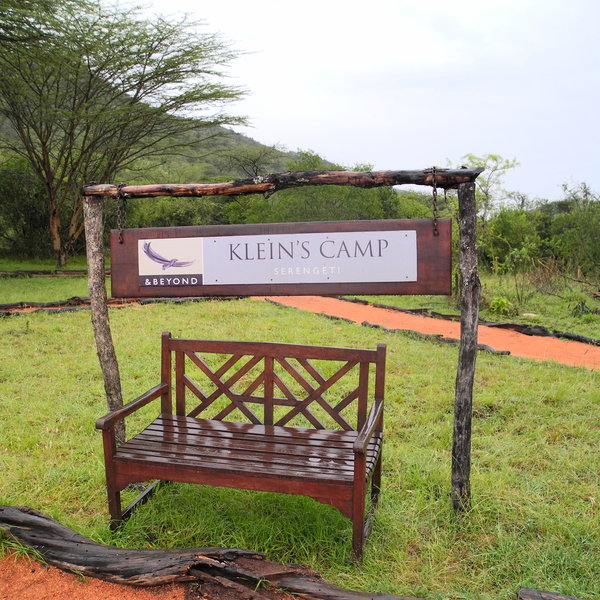
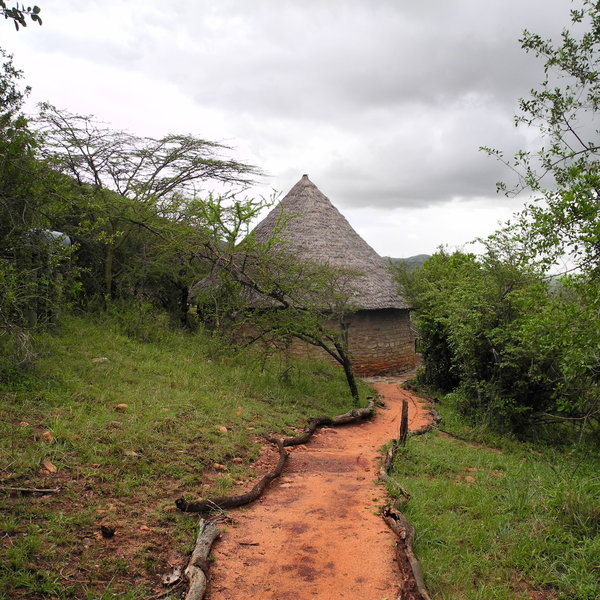
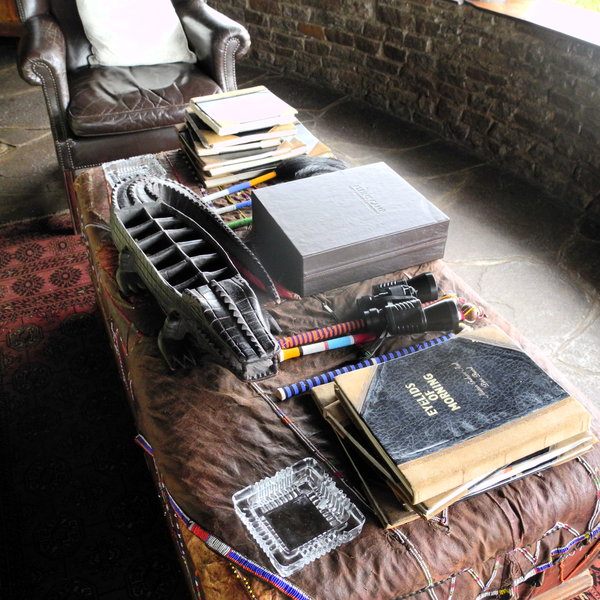
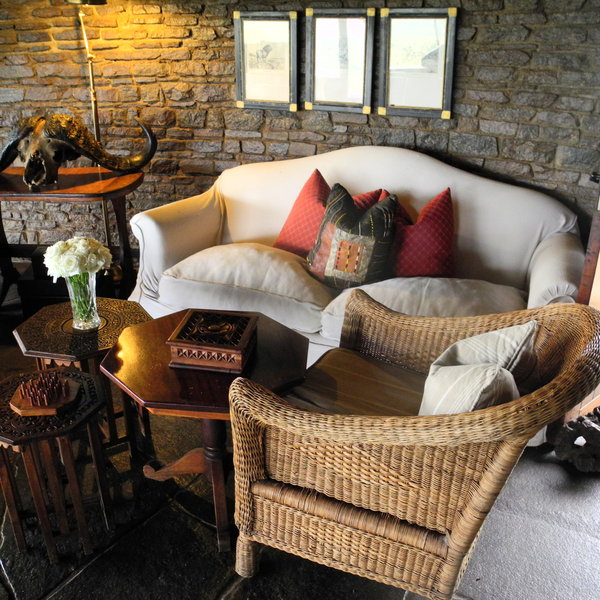
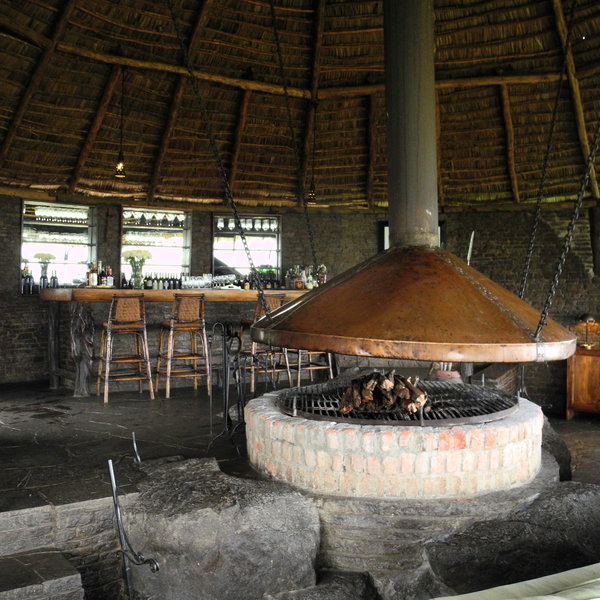
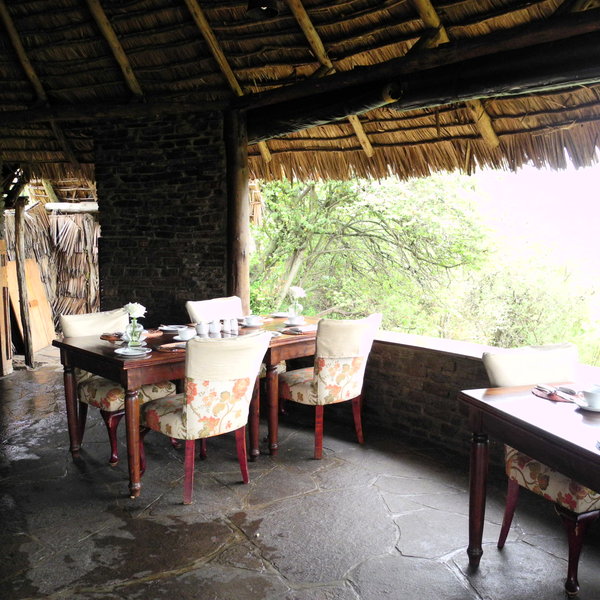
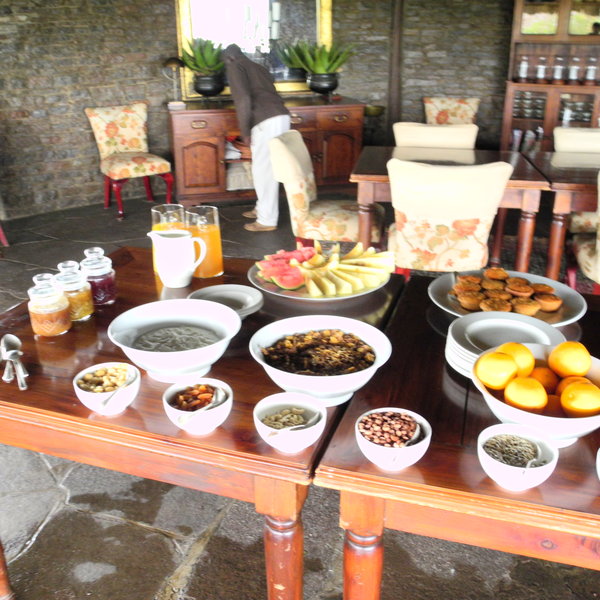
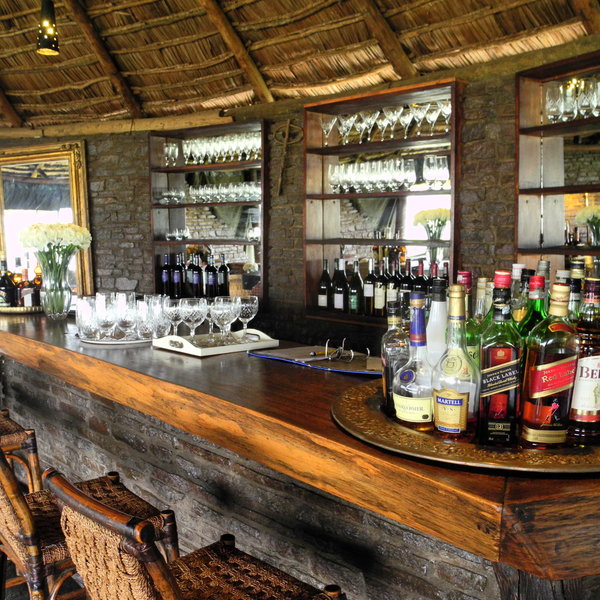
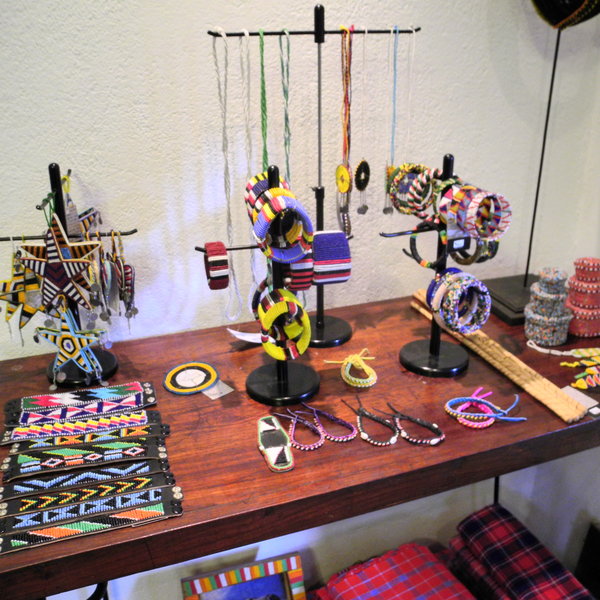
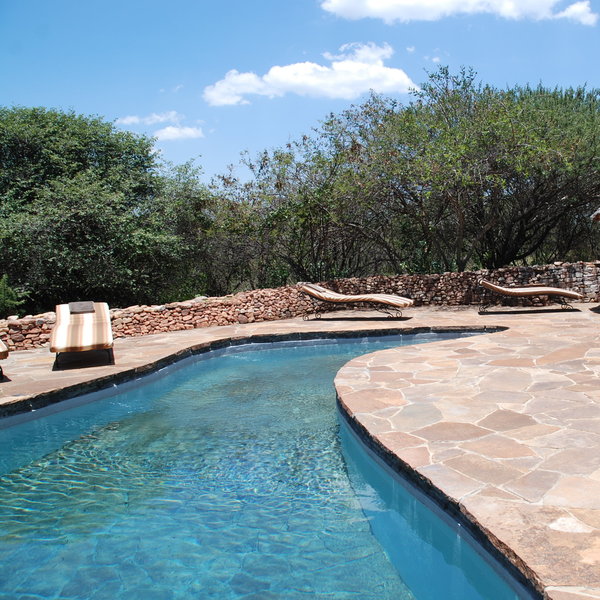
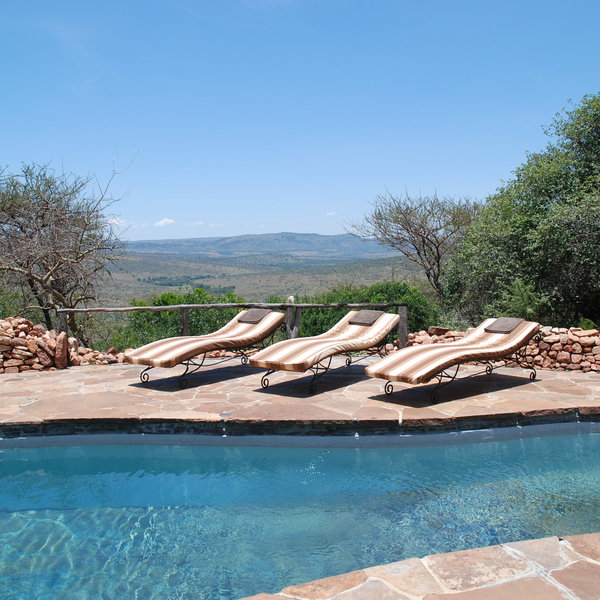
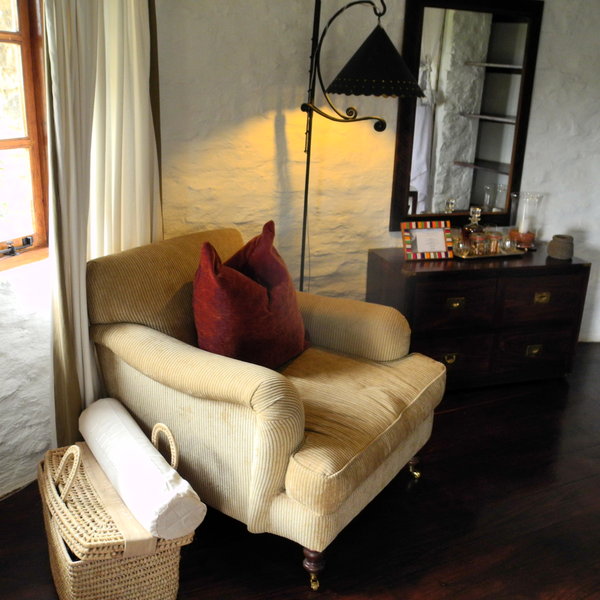
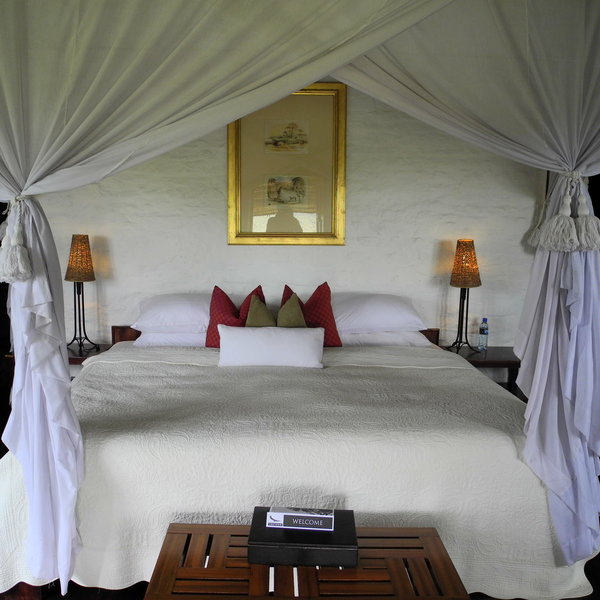
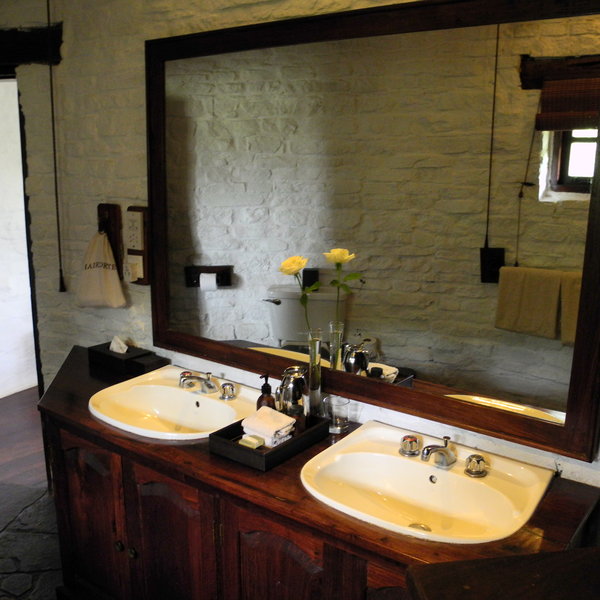
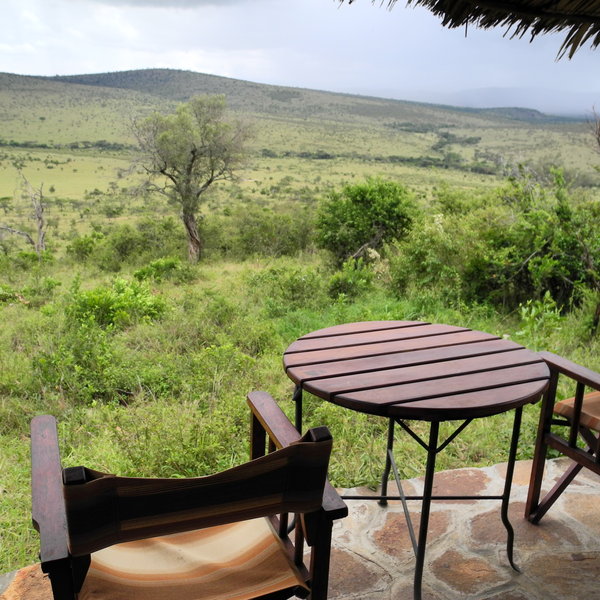
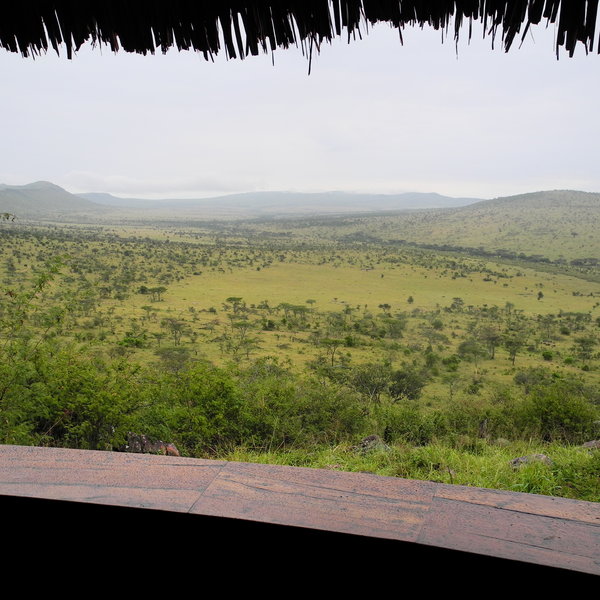
Expert Africa's gallery
When we travel we take lots of photos ourselves to give you a real and un-edited view of the safaris. See our 67 pictures and 1 videos of Klein's Camp to get the candid view.
View gallerySafaris visiting Klein's Camp
Just ideas, we'll always tailor-make a trip for you
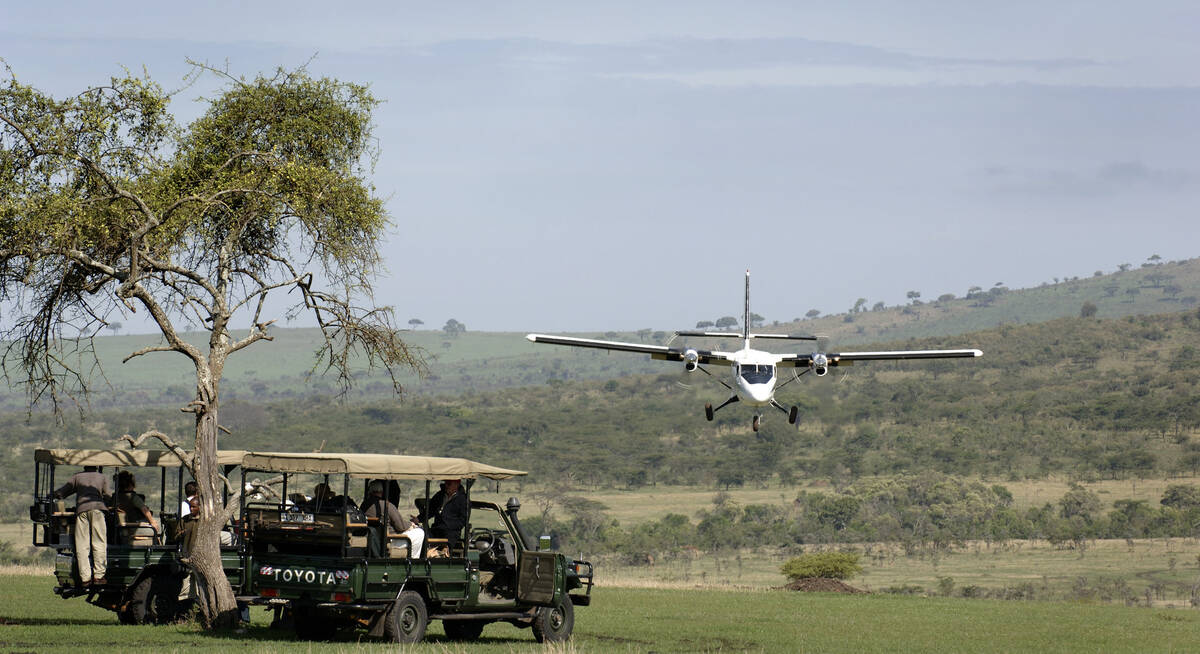
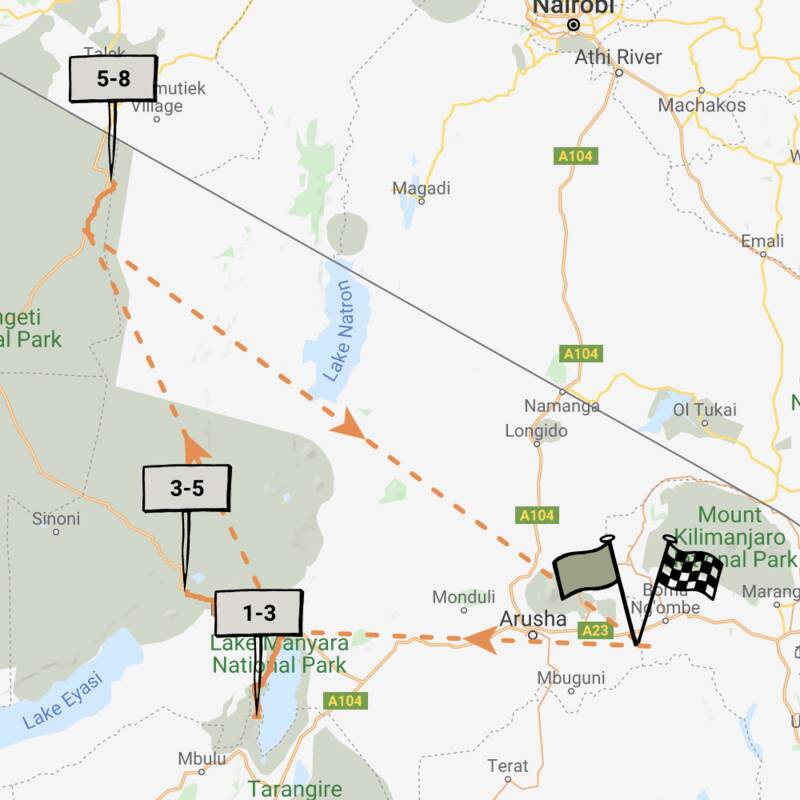
Avocet Fly-in Safari
7 days • 3 locations • 1 country
KILIMANJARO AIRPORT TO KILIMANJARO AIRPORT
This luxurious safari explores three iconic African reserves from exclusive lodges in unbeatable locations. A very high standard of food, care and guiding ensure that you can focus on this amazing experience.
Visiting Lake Manyara, Ngorongoro Crater and 1 other area
US$10,520 - US$15,860 per person
Klein's Camp: Our full report
Klein's Camp is a small, luxury lodge that was originally built as a hunting camp.
It sits in its own 10,000 hectare private concession area in Loliondo. Klein's leases this land from the Maasai and is for the exclusive use of the guests who stay here.
The camp is set on the rocky slopes of the Kuka Hills; to the north is the Maasai Mara and to the west is the Serengeti. Due to its elevation, there are spectacular views over the valley and the woodland savanna - Acacia and desert date trees dominate the undulating hills here.
The design of Klein's has been kept practical and simple. The main dining and bar areas are next door to one another offering sweeping views over the valley. They have a relaxed and comfortable feel, but have been furnished to high standards. They are a short walk away from the rooms which ensures as much privacy and quiet as possible.
These public rooms are reminiscent of colonial Africa mixed with old English charm. The open-sided sitting room/bar is reached down paved steps and a slightly uneven path. Although large, the furniture and eccentric touches ensure there is plenty of character and warmth. Like the bedrooms, it has been constructed out of makuti thatch and stone, and worn rugs cover the stone floors. At the heart of the room is a deep, round firepit complete with a polished brass flue hanging from the thatched roof. Stylish leather armchairs and velveteen sofas have been placed thoughtfully around the room and the fire – not too close to one another or obstructing the panoramic view.
Intricately carved, wooden coffee tables and distressed chests carry trinkets, stems of scented flowers and historic looking wildlife books. There are also wooden board games dotted around the room for lazy afternoons in between safari drives.
Adjacent to an old-style gramophone is the small, solid wood bar, which is very well-stocked and is open all day until the last person goes to bed. Although there are a few high cane bar chairs, most guests sit in the sitting room to enjoy the view.
There is a good, albeit small shop at Klein's Camp, well stocked with African prints, jewellery, traditional African trinkets and beautiful wildlife books.
The large, kidney-shaped swimming pool at Klein's sits at 2,000m has a shaded seating area with comfortable sunloungers on a paved, stone terrace area. The pool itself is fresh water and has lovely views of the surrounding bush. It also has quite a private feel, as it has been set back from the main path and there is a brick wall and bushes.
Sandy paths lead from the main areas of the camp to ten round, stone thatched cottages. All of these are well spread out and each has spectacular views over either the valley or the Grumeti River. Every pair of cottages also shares its own private butler. Again, these cottages have been furnished to very high standards.
Due to its location, Klein's makes a great base from which to experience the
annual zebra and wildebeest migration, which generally passes through this area around October to November, as it makes its way south. Klein's Camp has particularly good resident game at other times of the year; lion, leopard and cheetah have all marked their own territories here and can be found along with herds of elephant and buffalo.
Birdlife is also prolific in the Loliondo area - there are 345 species recorded here. A pair of black Verreaux's eagles have made their eyrie close to camp and can often be seen soaring over the plains. There are also more common birds in the area, such as, the pygmy falcon and the slate-coloured boubou.
Activities at Klein's Camp are varied. Because Klein's is just outside the Serengeti National Park, it's possible to go on both night drives and bush walks in the concession area. Guests can go out for guided walks lasting from 1½ hours up to half a day. Klein's can also organise a visit to the local village, Ololosokwan, to get a taste of the local Maasai culture and daily life. Night drives are also possible in Loliondo which gives guests the opportunity to view nocturnal wildlife and the bush in a totally different light.
As with the other &Beyond properties, Klein's Camp offers very high standards of service and quality. Due to its location and size, there is a tangible feeling of exclusivity at Klein's. We found the staff charming and the hospitality second to none – the lodge manager, Alastair instantly made us feel at home.
Activities
4WD Safari
Birdwatching
Cultural excursion
Guided walking safari
Hot air ballooning
Night drive
Private activities
Families & children
- Attitude towards children
- Children are welcome at Klein's camp as long as they are 12 years and over.
- Property’s age restrictions
- 12+
- Special activities & services
- None.
- Equipment
- None.
- Generally recommended for children
- We would recommend this lodge for mature children only – as dangerous game will sometimes pass through it.
Food & drink
- Usual board basis
- Full Board & Activities
- Food quality
- Breakfast is served according to your safari timetable. If you prefer to go on an early morning drive or have a bit of a lie-in, breakfast will be waiting for you. It consists of fresh fruit, cereals, yoghurts and a choice of a cooked breakfast.
Lunchis again flexible in its timings. The last time we were there we enjoyed a three course, cooked meal. Our main course consisted of a very tasty hot, noodle and chicken dish, accompanied by home-baked bread.
Dinner is a three course meal in the dining room or if you prefer you can have dinner on your room's verandah.
The food served at Klein's is fresh, very tasty and imaginative in presentation, ingredients and recipes. - Dining style
- Individual Tables
- Dining locations
- Indoor Dining
- Further dining info, including room service
- Yes
- Drinks included
- Drinks are included except for champagne and premium wines and spirits.
Our travellers’ wildlife sightings from Klein's Camp
Since mid-2018, many of our travellers who stayed at Klein's Camp have kindly recorded their wildlife sightings and shared them with us. The results are below. Click an animal to see more, and here to see more on our methodology.

100% success

100% success

100% success

100% success

100% success

100% success

100% success

100% success

100% success

100% success

100% success

100% success

0% success

0% success

0% success

0% success

0% success

0% success
Getting there
- Location
- Serengeti Migration Area, Tanzania
- Ideal length of stay
- 3 nights is typical – and Klein's is often combined with its sister-properties in the region: Grumeti River Camp, Ngorongoro Crater Lodge and Lake Manyara Tree Lodge – as well as its beachside sibling, Mnemba Island.
- Directions
- The camp is 10km from the Klein's airstrip.
- Accessible by
- Fly-and-Transfer
Special interests
- Solo safaris
- Klein’s Camp makes a wonderful base for a solo traveller – with amazing views from the lodge, excellent safari activities, a private game-viewing area and high standards of care. Klein’s generally low single supplement and friendly atmosphere add to its attraction.
- See ideas for Solo safaris in Tanzania
- Wildlife safaris
- It is possible to go on night game-drives and day bush walks from Klein's. The lodge is also on the route for the Serengeti's great migration and the best time to see this in the Klein's area is generally between mid-October and end-November.
- See ideas for Wildlife safaris in Tanzania
- Luxury safaris
- Klein’s Camp provides a beautiful mix of tantalizing experiences ranging from exceptional night game drives to exploring the Maasai culture. It perfectly captures the spirit of Africa without compromising the level of comfort – truly an impeccable African luxury safari.
- See ideas for Luxury safaris in Tanzania
Sustainability
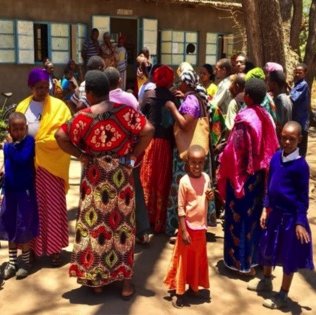
Empowering the Ololosokwan community
Serengeti harbours some of the biggest herds of migratory animals in the world, thus providing visitors with a game experience unmatched anywhere in the world. But this is only possible because of the people who live in the rural communities around the Serengeti.
Klein’s camp is an authentic African experience as the camp is leased from the local Ololosokwan community and Maasai landlords, who are involved in camp operations and development. With 78% of staff coming from the surrounding communities, and beyond, Klein’s Camp is committed to invest in the future generation of the Ololosokwan community.
In partnership with Africa Foundation, Klein’s Camp is raising funds to assist the Ololosokwan Primary School with renovations, including roof repairs, a new ceiling, flooring, doors and windows, and repainting. Ololosokwan Primary School was established in 1979. Currently 597 students are enrolled, guided by 11 teachers. Because of its rural location the school provides boarding facilities for 160 of its students.
In 2007, Africa Foundation established a much-needed medical clinic in the Ololosokwan community that borders Klein’s Camp. Dr Obed, a hardworking medical practitioner runs the entire clinic singlehandedly and continues to provide quality health care to 20 to 30 community members every day. His work does not come without its challenges such as lack of electricity and shortage of resources.
Therefore, funds were raised to install solar panels to generate electricity for lighting, which were finally installed at the end of 2015, increasing on-site efficiency as well as the practitioner’s living conditions.
Donations to Africa Foundation will also help generate funds to renovate the clinic.
See more great sustainability projects in Tanzania
Communications
- Communications
- WiFi is available. There is limited signal for cell phones.
- TV & radio
- None.
Health & safety
- Malarial protection recommended
- Yes
- Medical care
- All the guides and managers at Klein's Camp are first aid trained and they have first aid kits at the lodge.
There is a ten room health centre at Ololosokwan Village.
They also have links with the Flying Doctor. - Dangerous animals
- High Risk
- Security measures
- Askaris (watchmen) will escort guests to and from their rooms at night.
- Fire safety
- There are fire extinguishers around the lodge. All the staff are trained to use them.
There is a fire break around the camp.
Useful info
- Disabled access
- On Request
- Laundry facilities
- Included
- Money
- Klein's camp accept US$, Euros, £, Tanzanian Shillings and travellers cheques.
Each room has a safe in it. - Accepted payment on location
- Klein's accepts Visa and Mastercard.
Plan and book your trip with Expert Africa
All of our trips are tailor-made, so we'll always adapt them to suit you. Talk to an Expert and let us plan and arrange your perfect trip.

Talk to an Expert
Call or email us now! We’ll match you with the Specialist in our team who is best suited to help you. Then together we can start planning your trip.

Set up your itinerary
Based on our experience and your ideas, your specialist will create a detailed, costed itinerary. We’ll refine it together, until we have a trip that you’re perfectly happy with.

Prepare for your trip
The same Specialist will make the seamless arrangements for your trip, send you detailed travel documents, and be available to answer any questions before you depart.

Travel with peace of mind
After you set off, you’ll be cared for by our partners in Africa, most of whom have worked with Expert Africa for decades. And if you ever need us urgently, we’re available 24/7.

When you return
We love to learn about your trip, and so will always be grateful if you’ve the time to give feedback to your Specialist when you return.
Klein's Camp's location
Look closer at the environment and surroundings of Klein's Camp.
Excursions from Klein's Camp
Optional extra day-trips and excursions possible whilst you're staying at Klein's Camp. Talk to us: these are usually best arranged before you go.
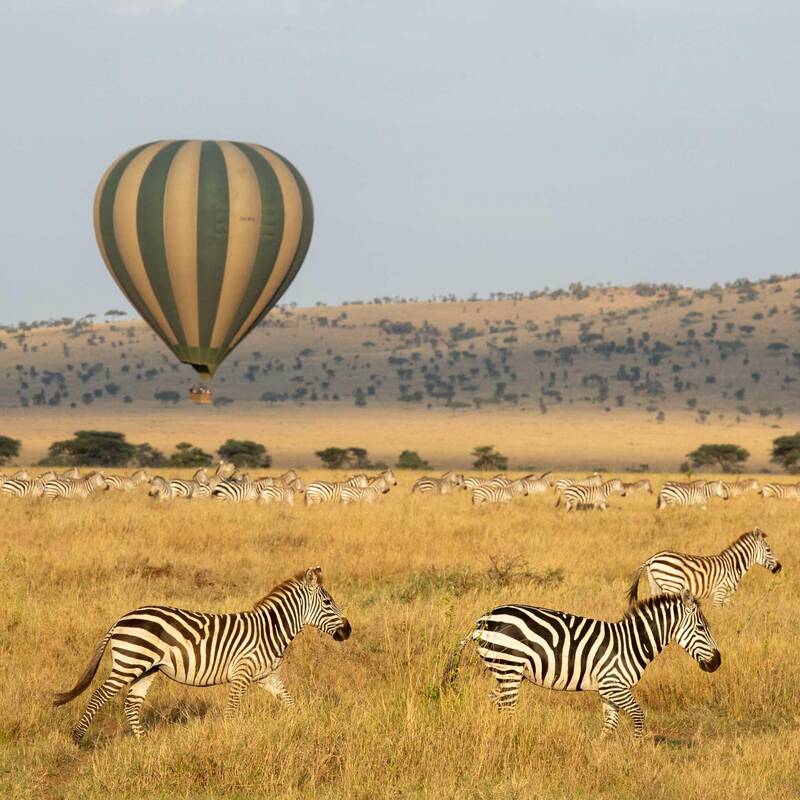
Balloon Safari over the Serengeti
Three hours - approx. one hour flight
As the sun rises over the Serengeti National Park in northern Tanzania, climb aboard for an extraordinary adventure. For an hour you’ll float in a hot air balloon over beautiful savannah and woodland and a diversity of plains wildlife.
More about Balloon SafariOther lodges in Serengeti Migration Area
Alternative places to stay in this same area.
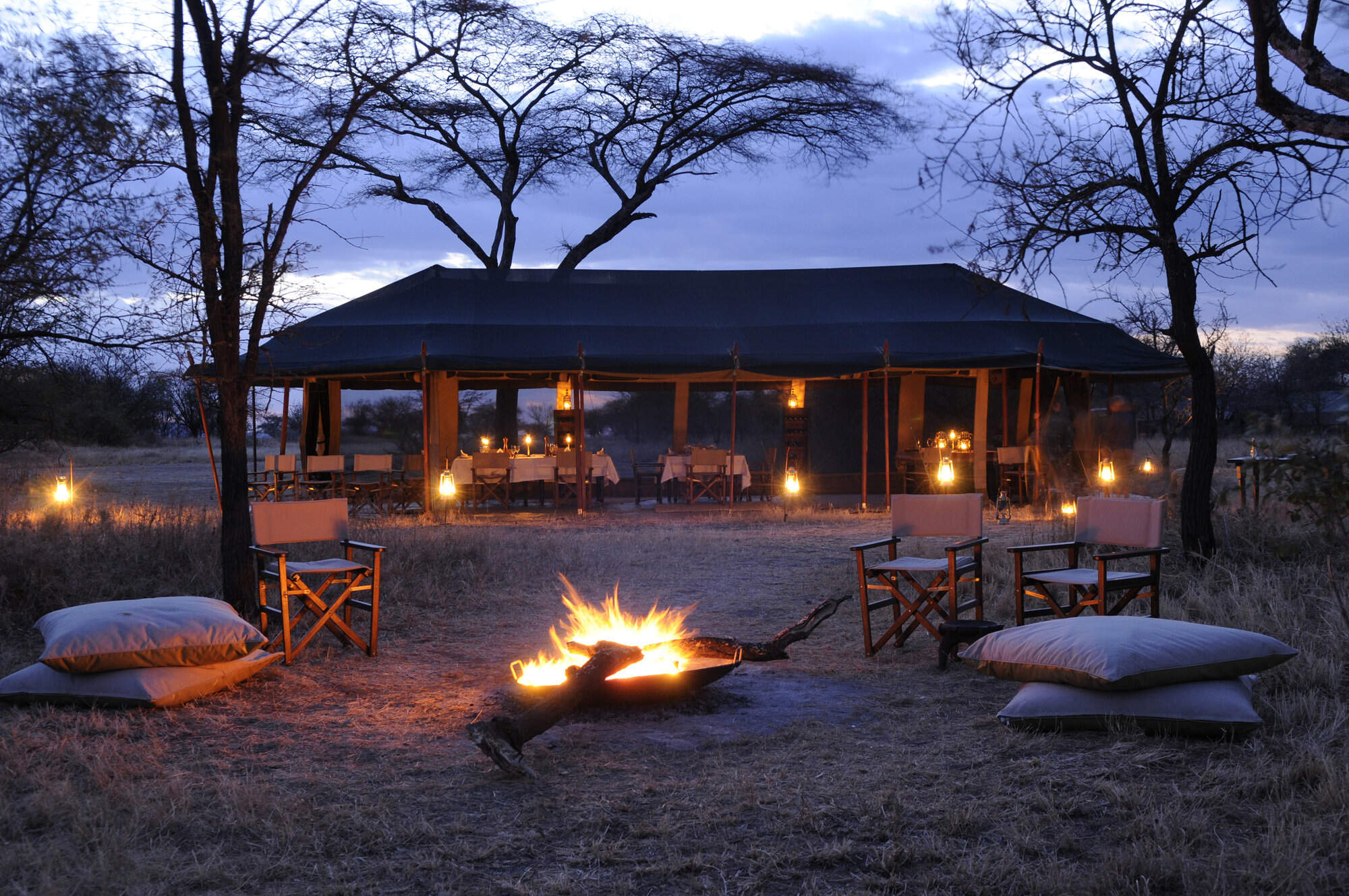
Olakira Camp
Comfortable, friendly and relaxed, Olakira Camp moves between the Mara River and the southern Ndutu area, in line with the wildebeest migration.
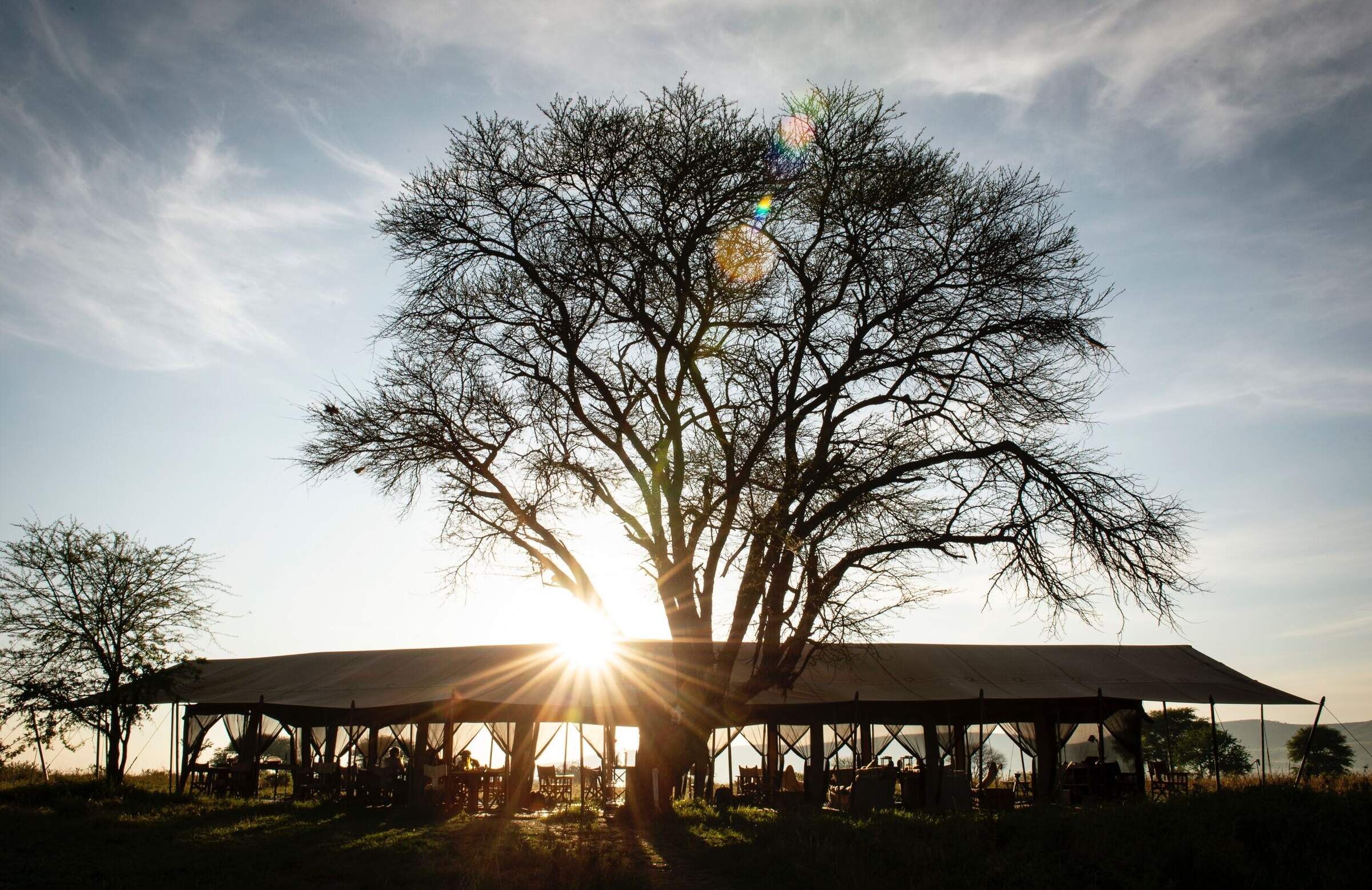
Nomad Serengeti Camp
Serengeti Safari Camp is a well-appointed tented camp that moves several times a year to follow the predicted path of the migration.
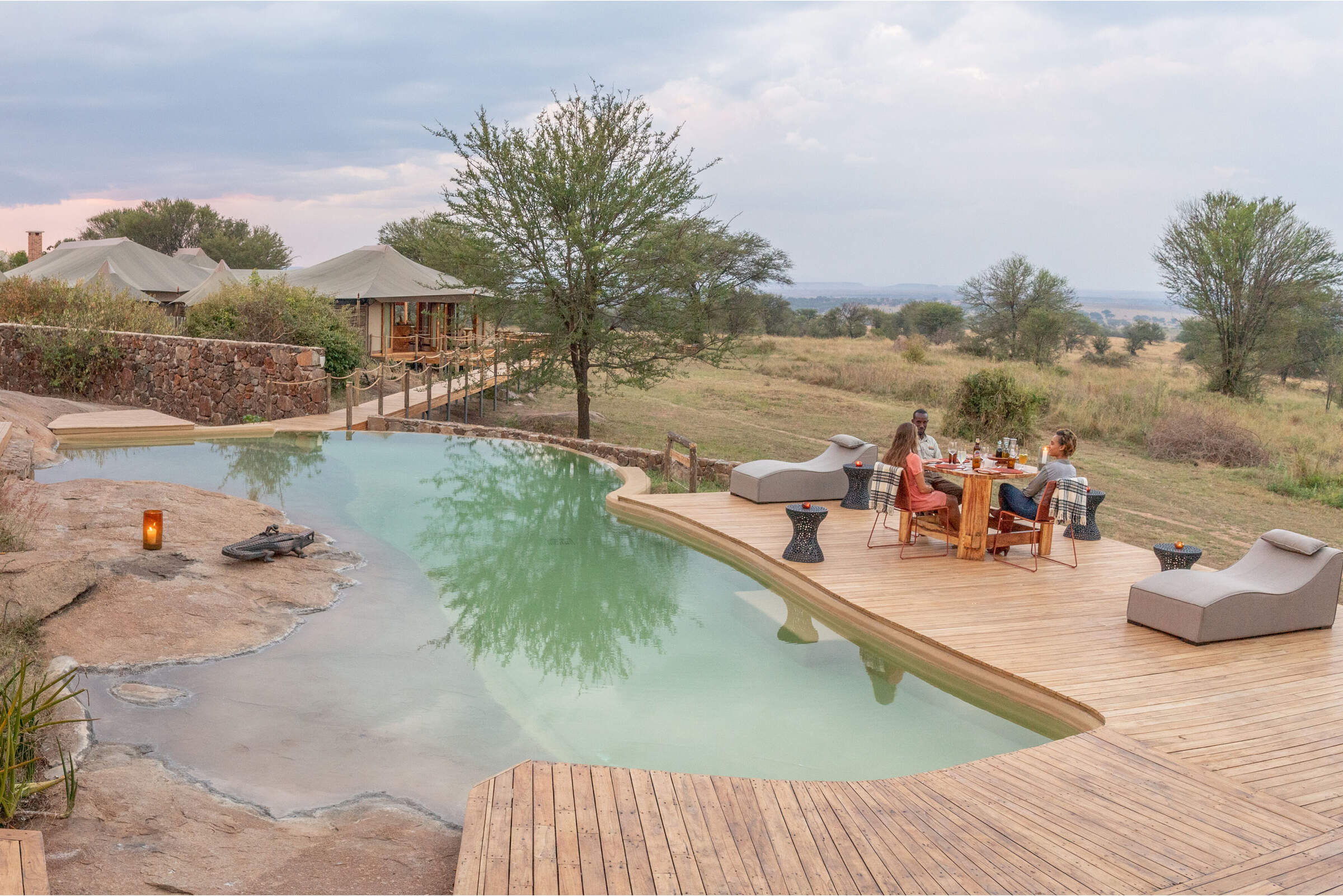
Sayari Camp
In the northern Serengeti, near the Mara River, luxurious Sayari Camp offers excellent wildife all year – boosted further by the wildebeest migration.
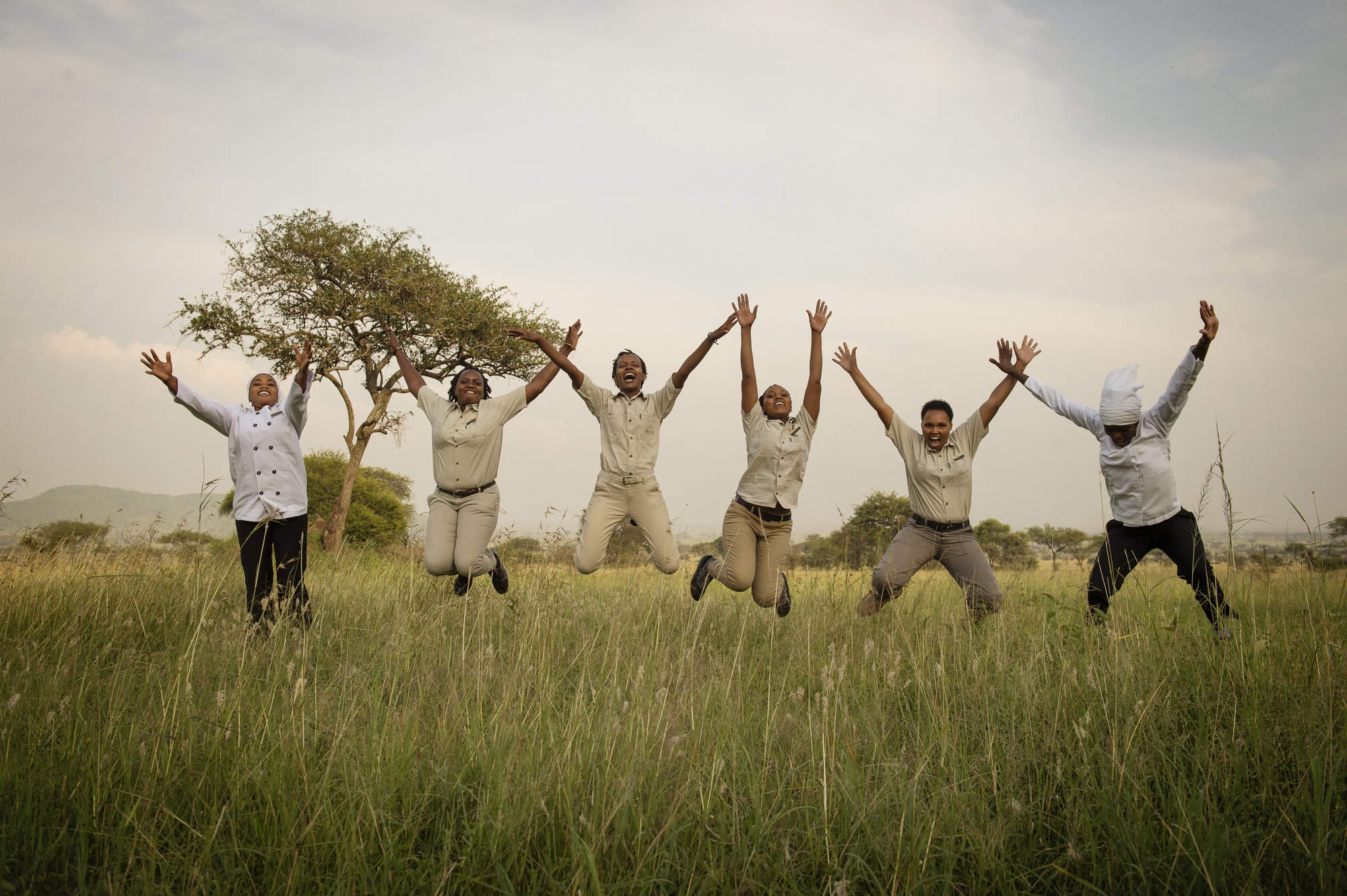
Dunia Camp
Dunia Camp is well located for the migration from December to March, and has excellent game viewing for the rest of the year.
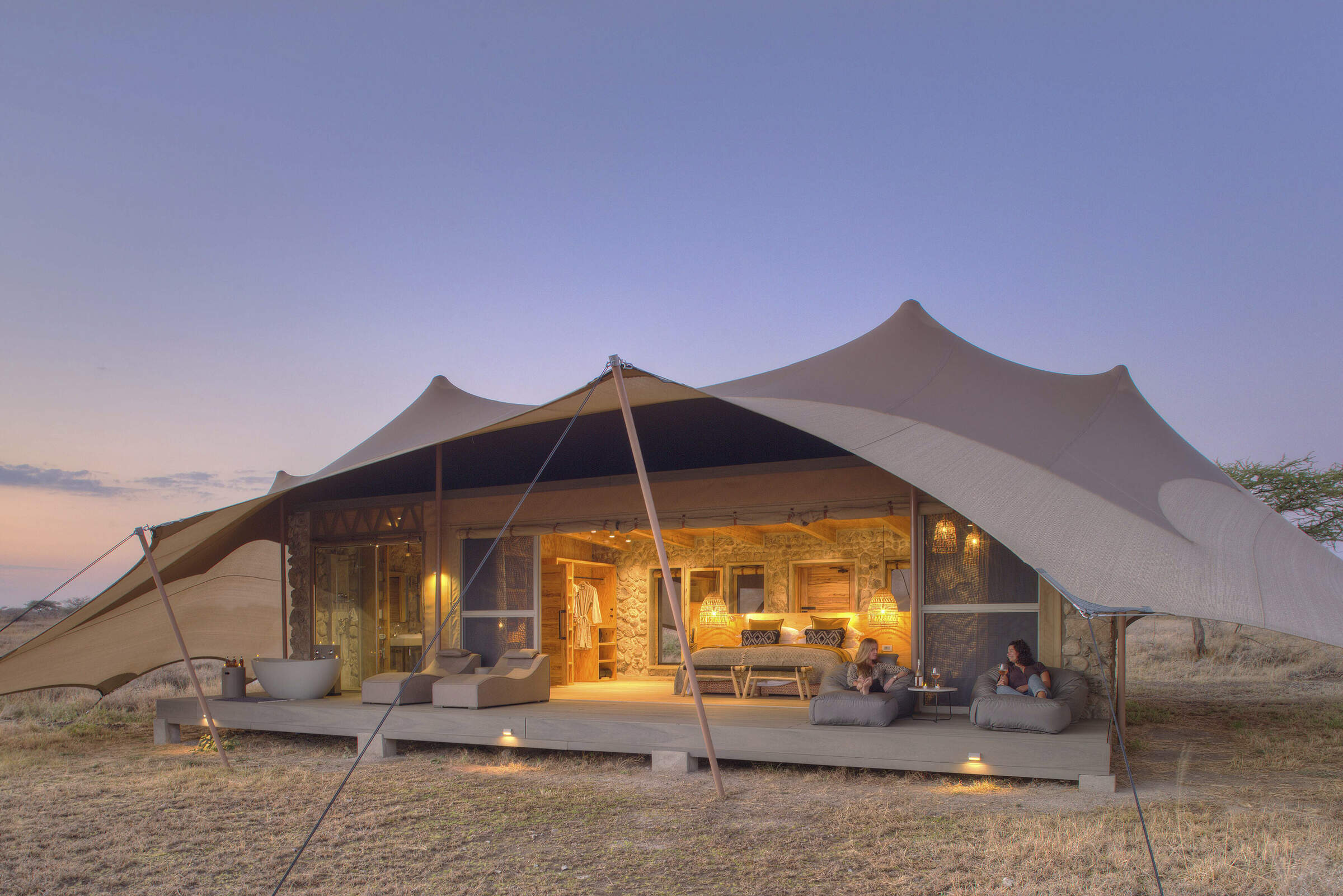
Namiri Plains Camp
Namiri Plains is one of the best camps in the Serengeti and its remoteness ensures a fantastic wildlife experience away from the crowds.
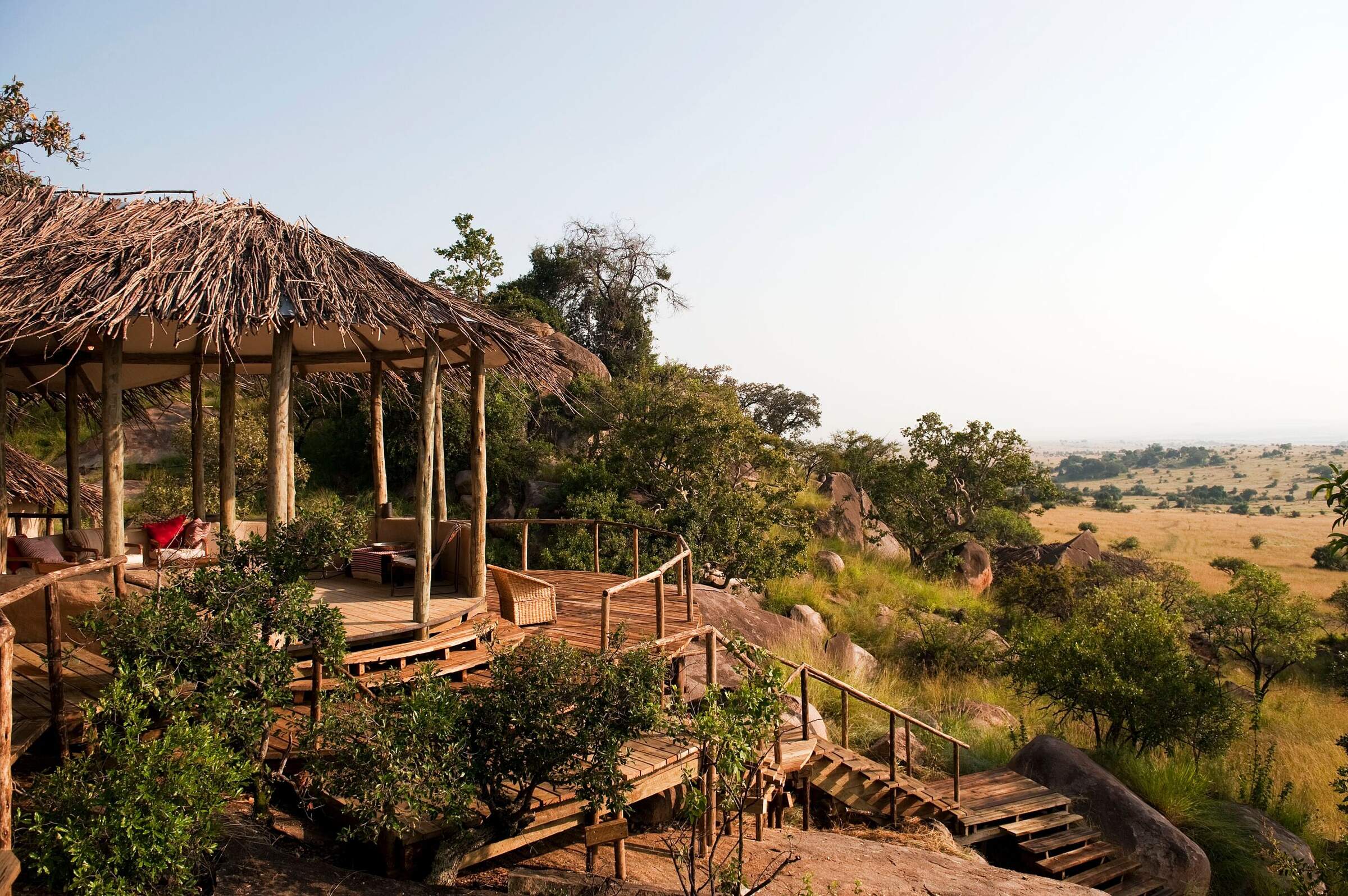
Lamai Serengeti
Set high in the kopjes with fantastic views, Lamai Serengeti offers top service and guiding and good migration sightings from Jul-Oct.
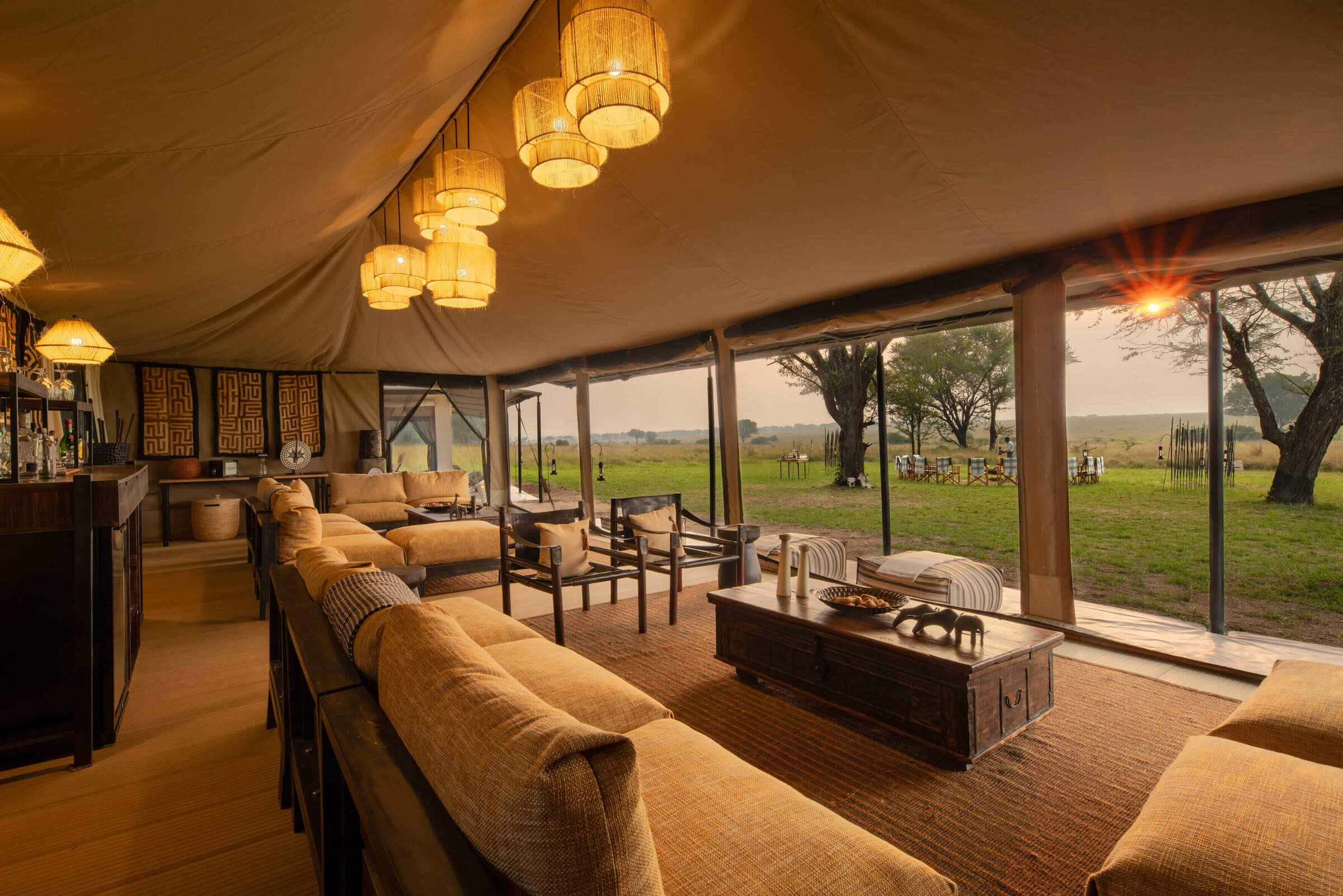
Ubuntu Camp
Ubuntu Camp has several locations in the Serengeti, following the wildebeest migration, so it is often in a great location to see the herds.
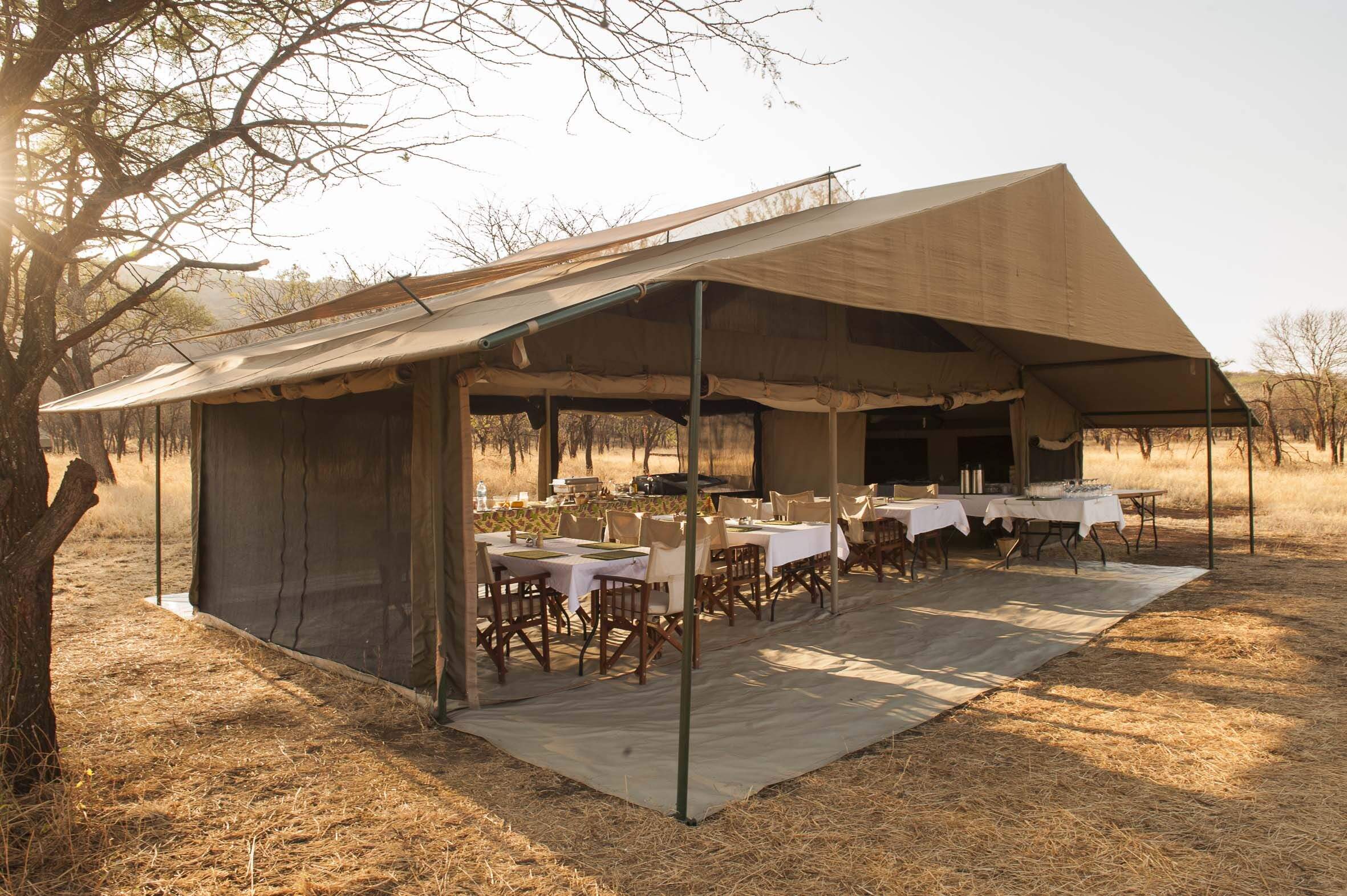
Kati Kati Camp
Kati Kati is a small, very simple bushcamp, which is well-positioned to explore the wildlife-rich Seronera area.
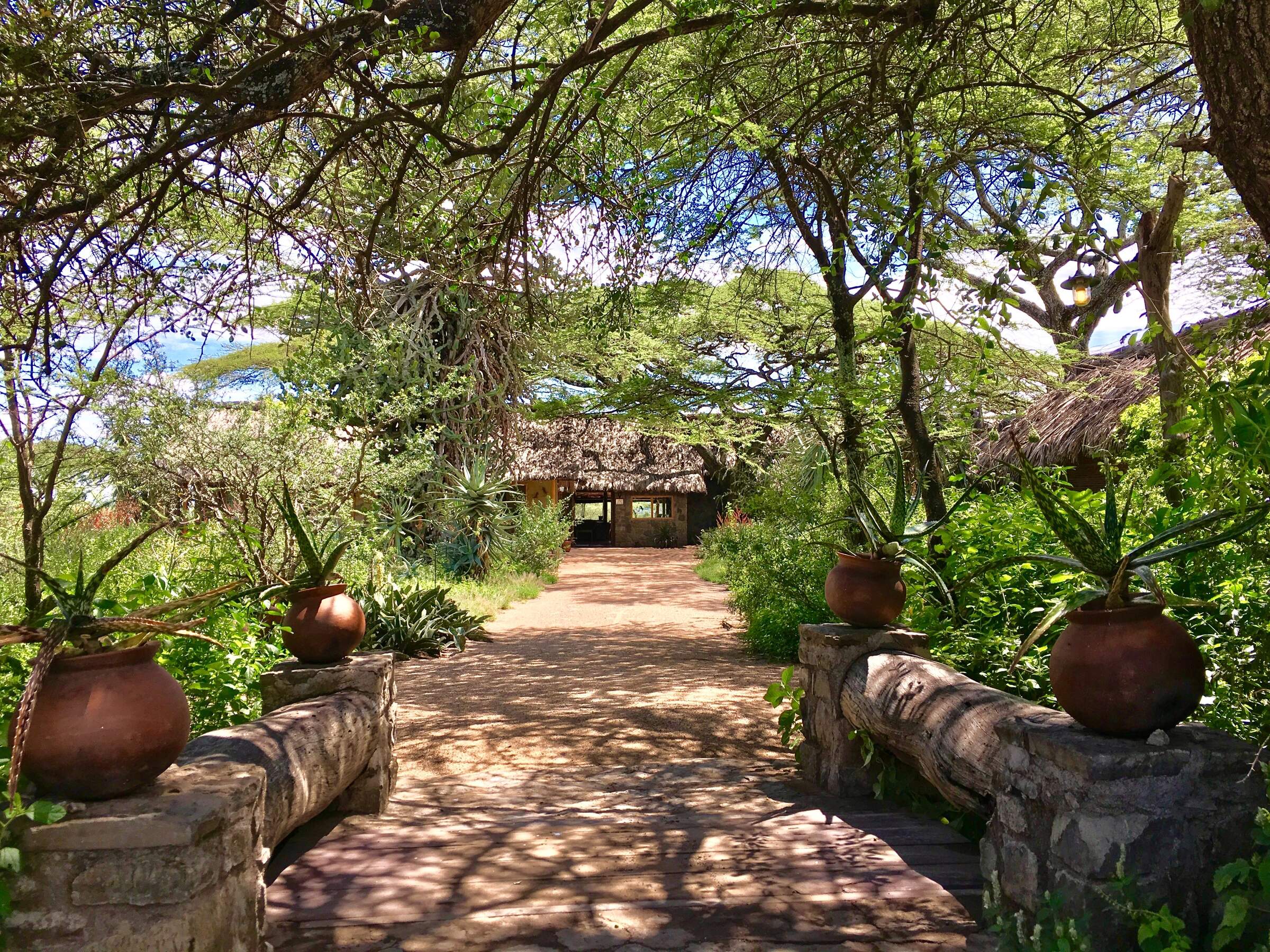
Ndutu Safari Lodge
Large and economical, but not luxurious, Ndutu Safari Lodge is well located in the southern Serengeti, so book early to get space.
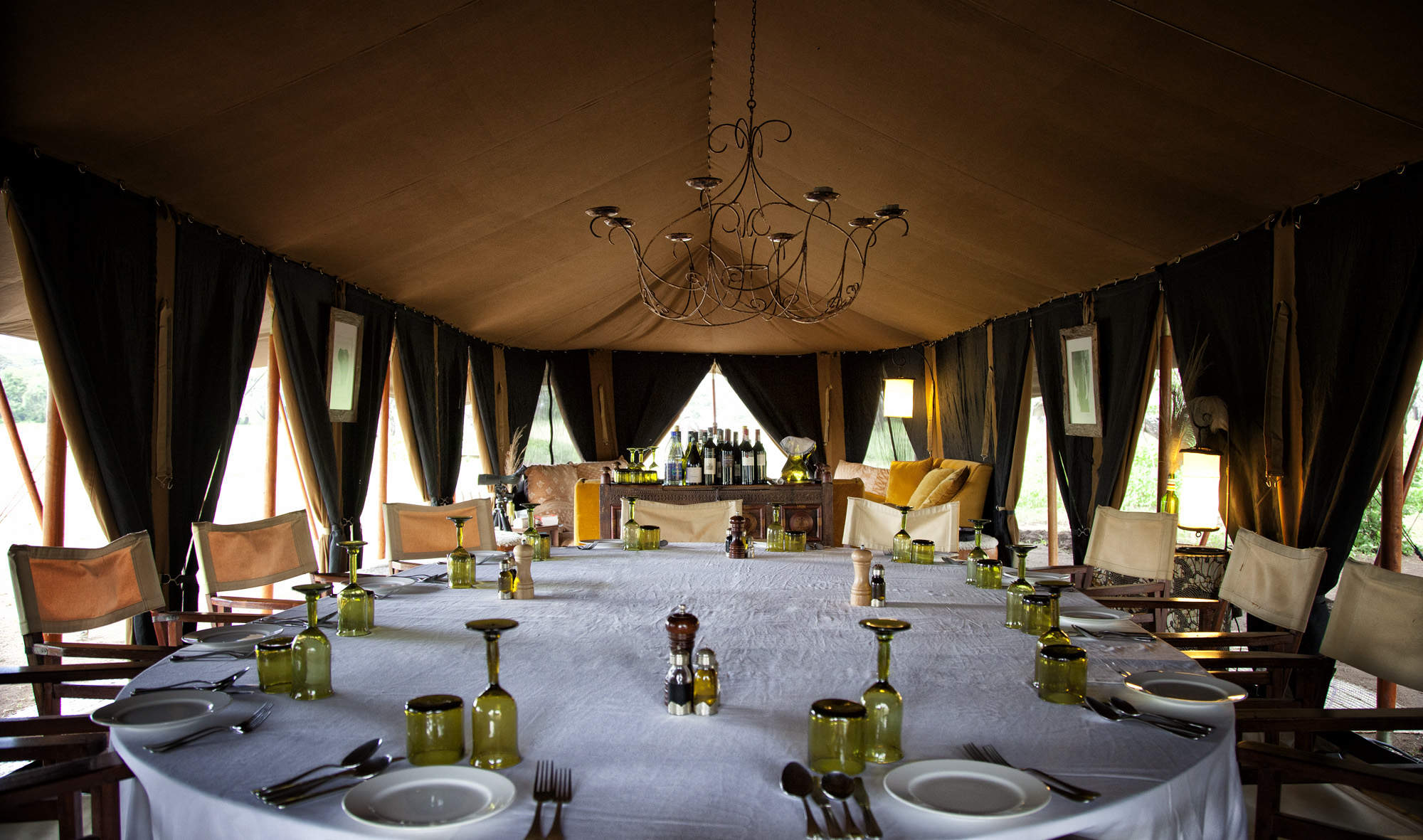
Serian Serengeti
Serian Serengeti is a mobile tented operation run by Alex Walker which moves between two locations following the wildebeest migration.
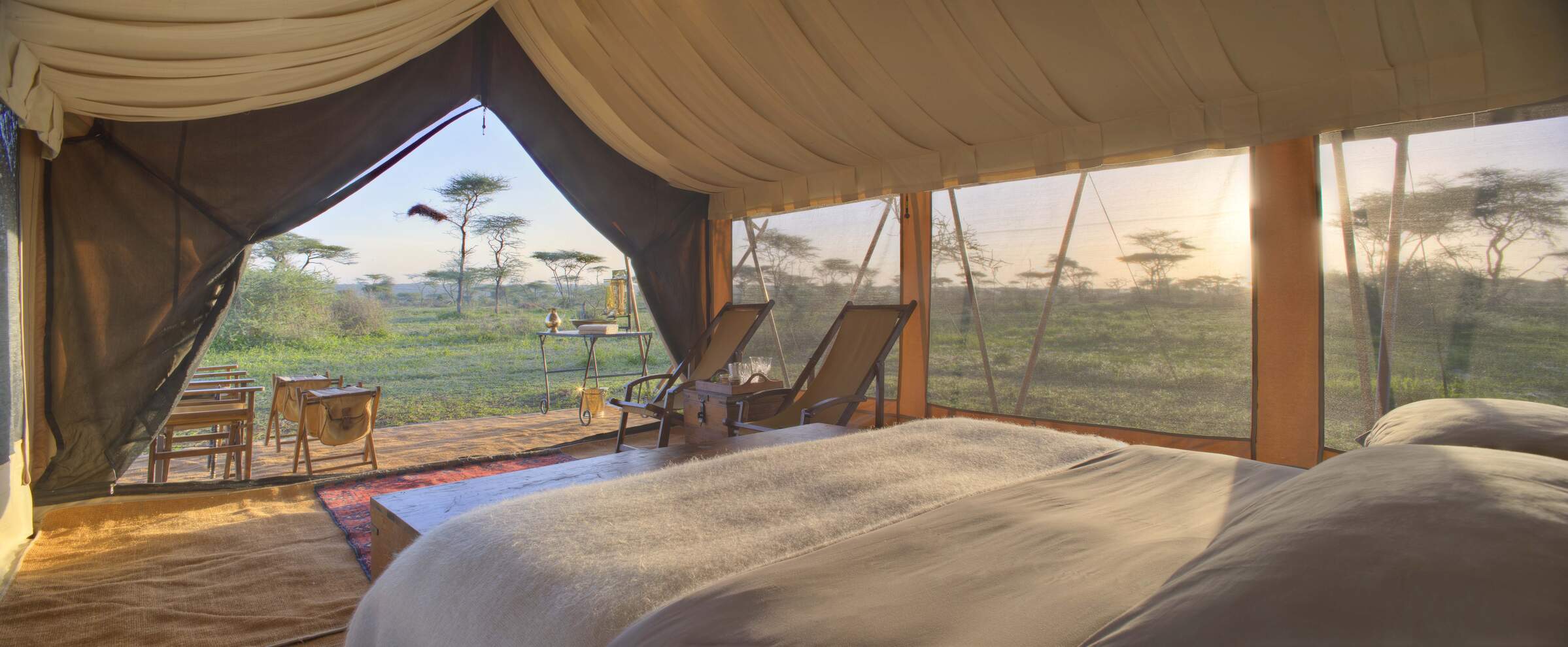
Serengeti under Canvas
Two of the three Serengeti under Canvas camps move through the Serengeti National Park every few months to follow the wildebeest migration.
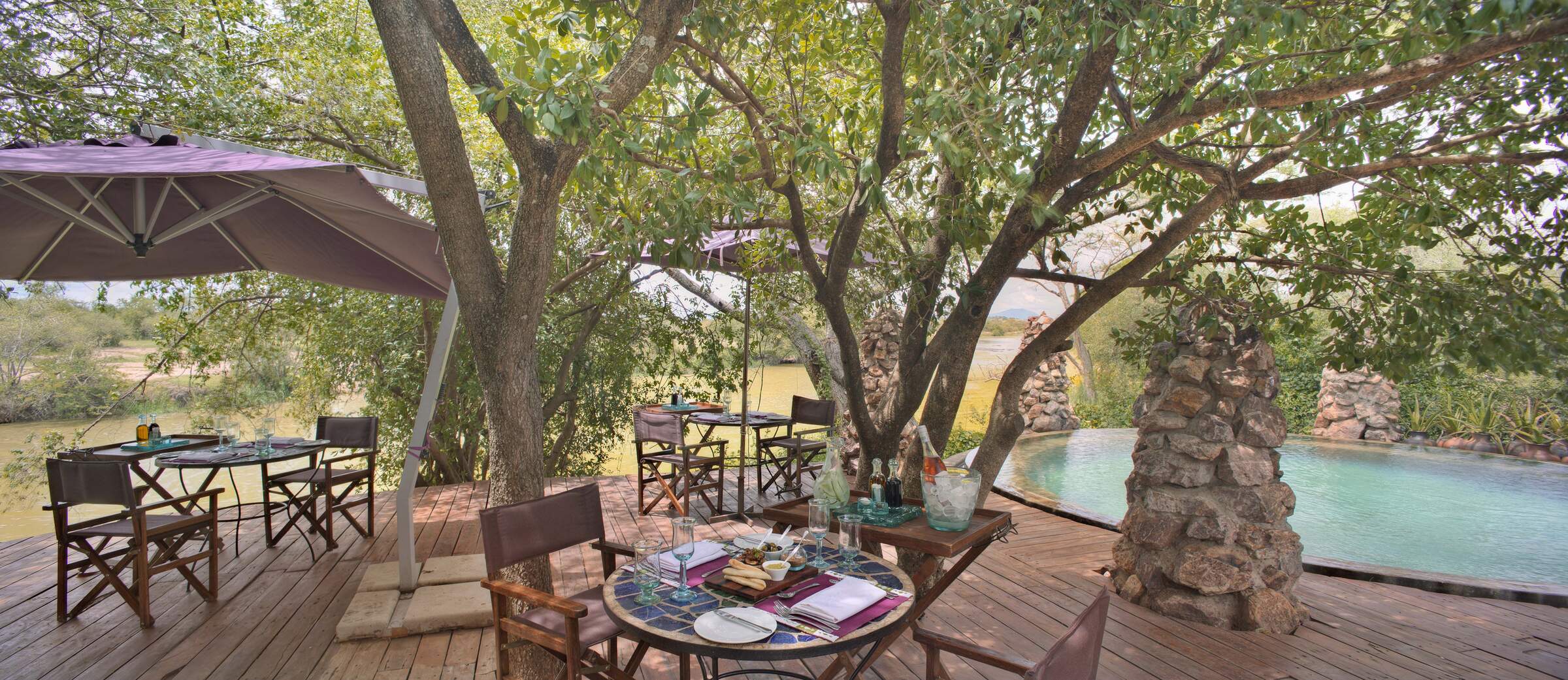
Grumeti River Camp
Grumeti River Camp offers a laid-back atmosphere combined with top service, first-rate food, expert guiding and an excellent location.
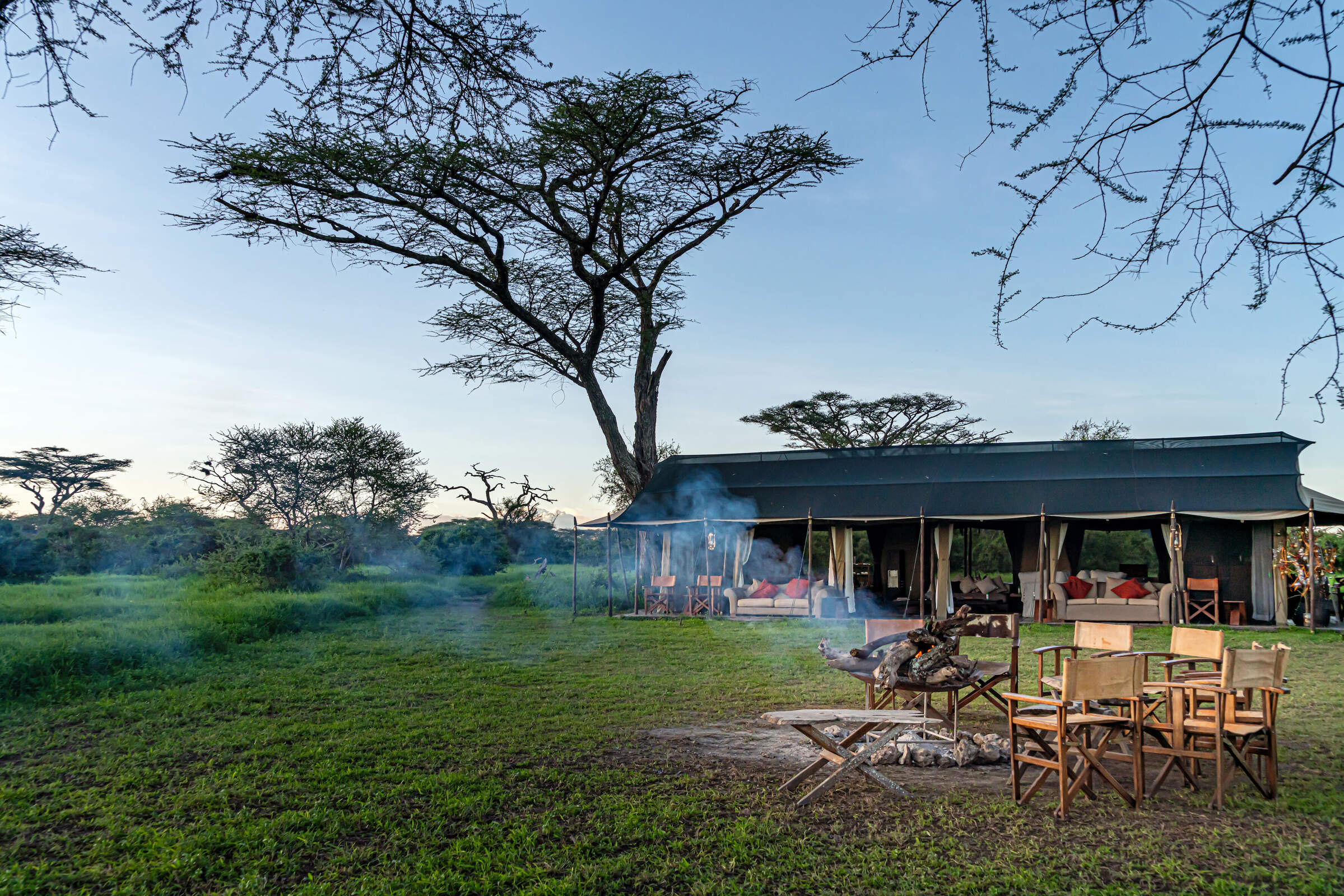
Lemala Mara-Ndutu
Lemala Mara-Ndutu is a semi-permanent camp that moves between the north and south of the Serengeti to witness the wildebeest migration.
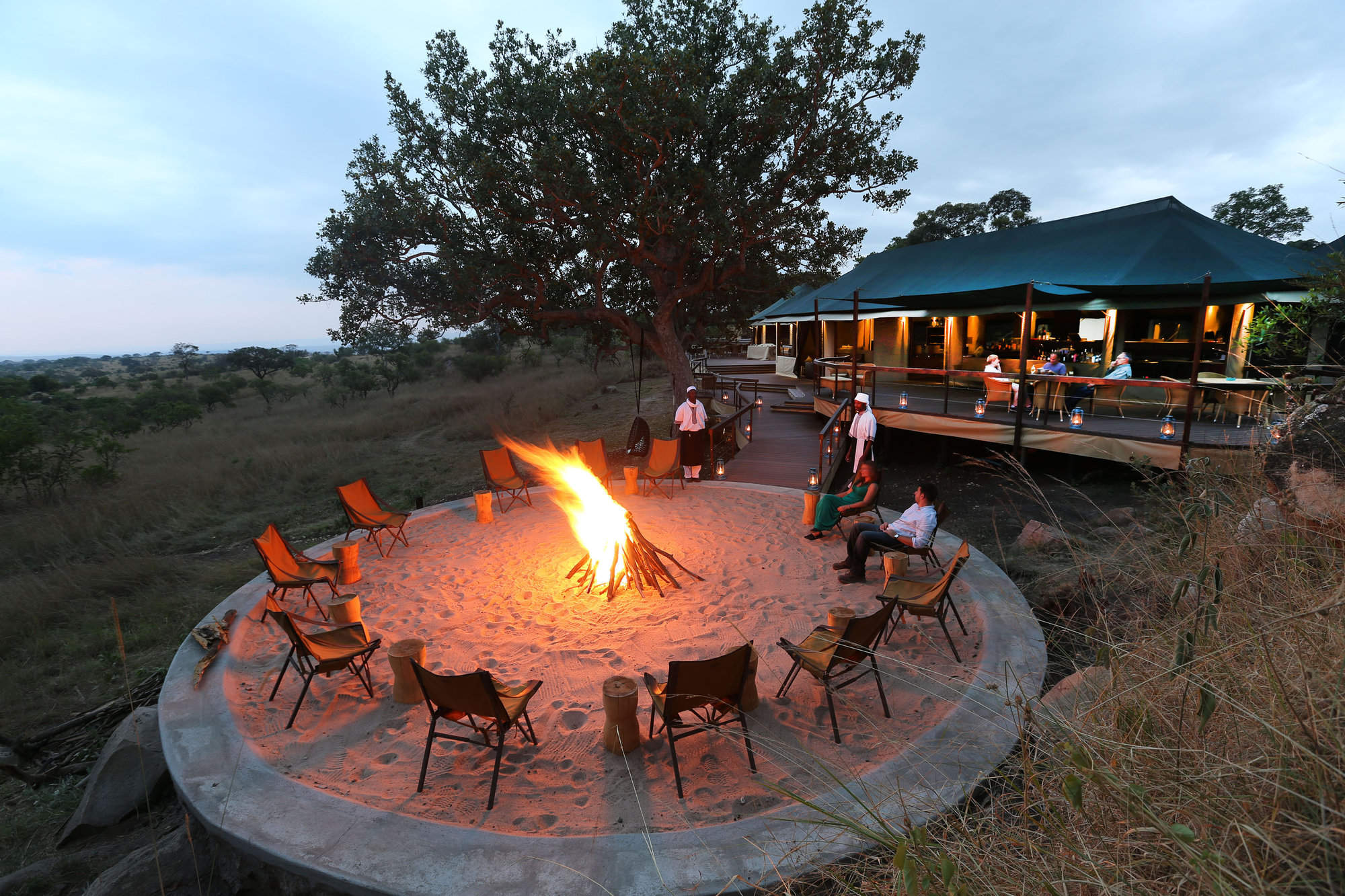
Lemala Kuria Hills
Lemala Kuria Hills is a luxury permanent camp that is ideally located for wildlife all year around, but especially during the wildebeest migration.
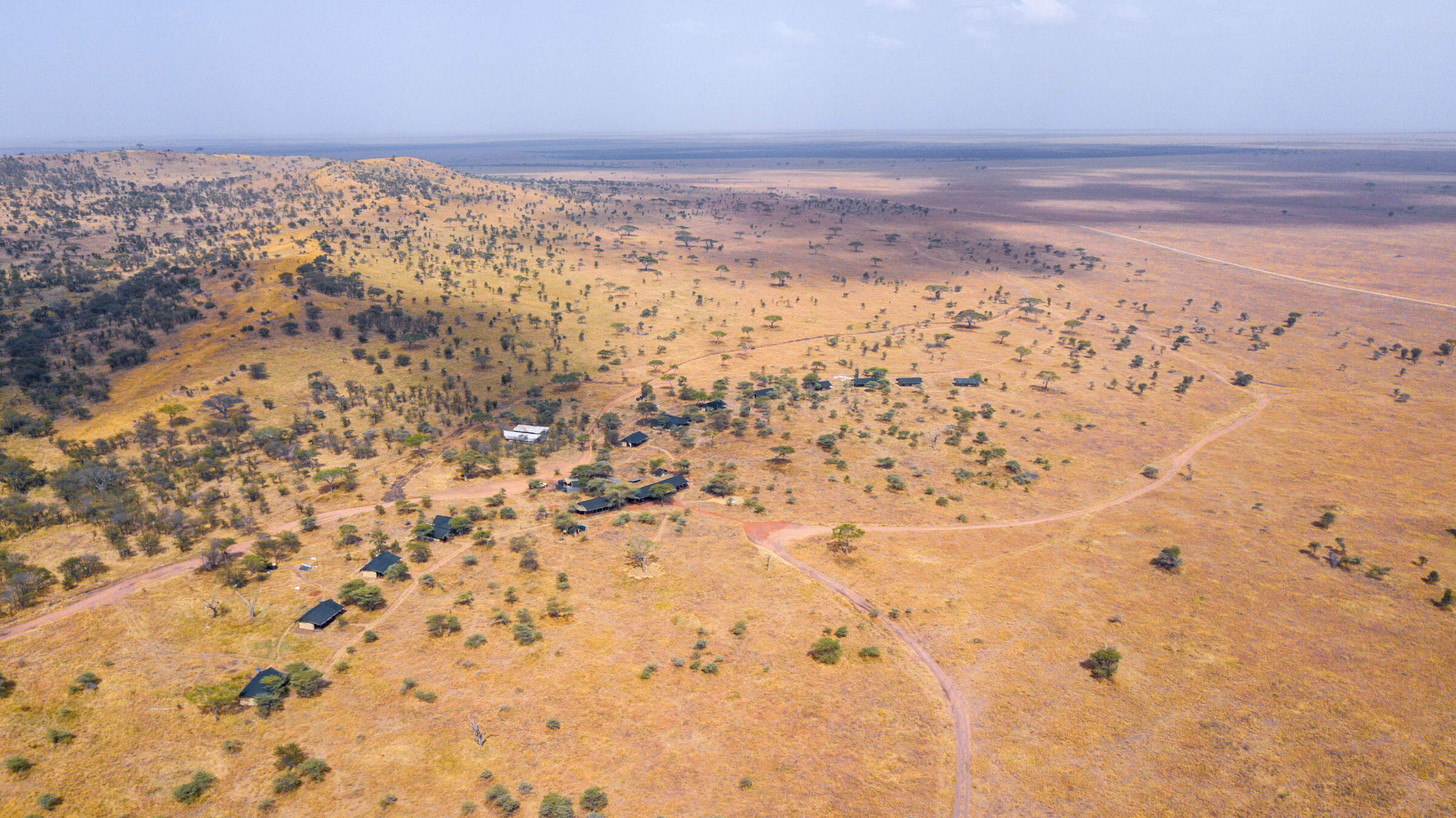
Lemala Ewanjan
Lemala Ewanjan is a comfortable and stylish tented camp in the Seronera area of the central Serengeti National Park.
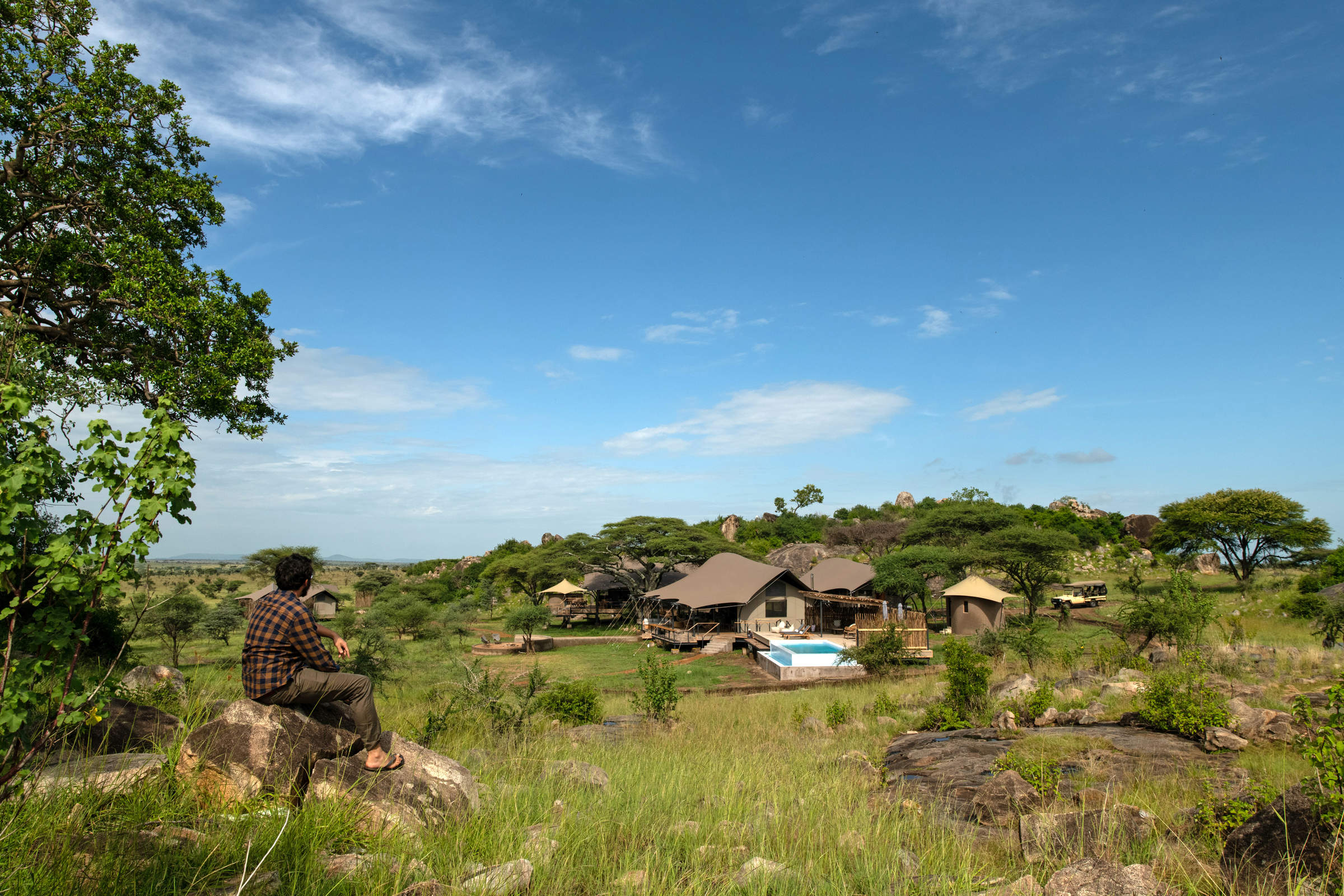
Lemala Nanyukie
Lemala Nanyukie is a stylish camp located in the quieter part of the central Serengeti.
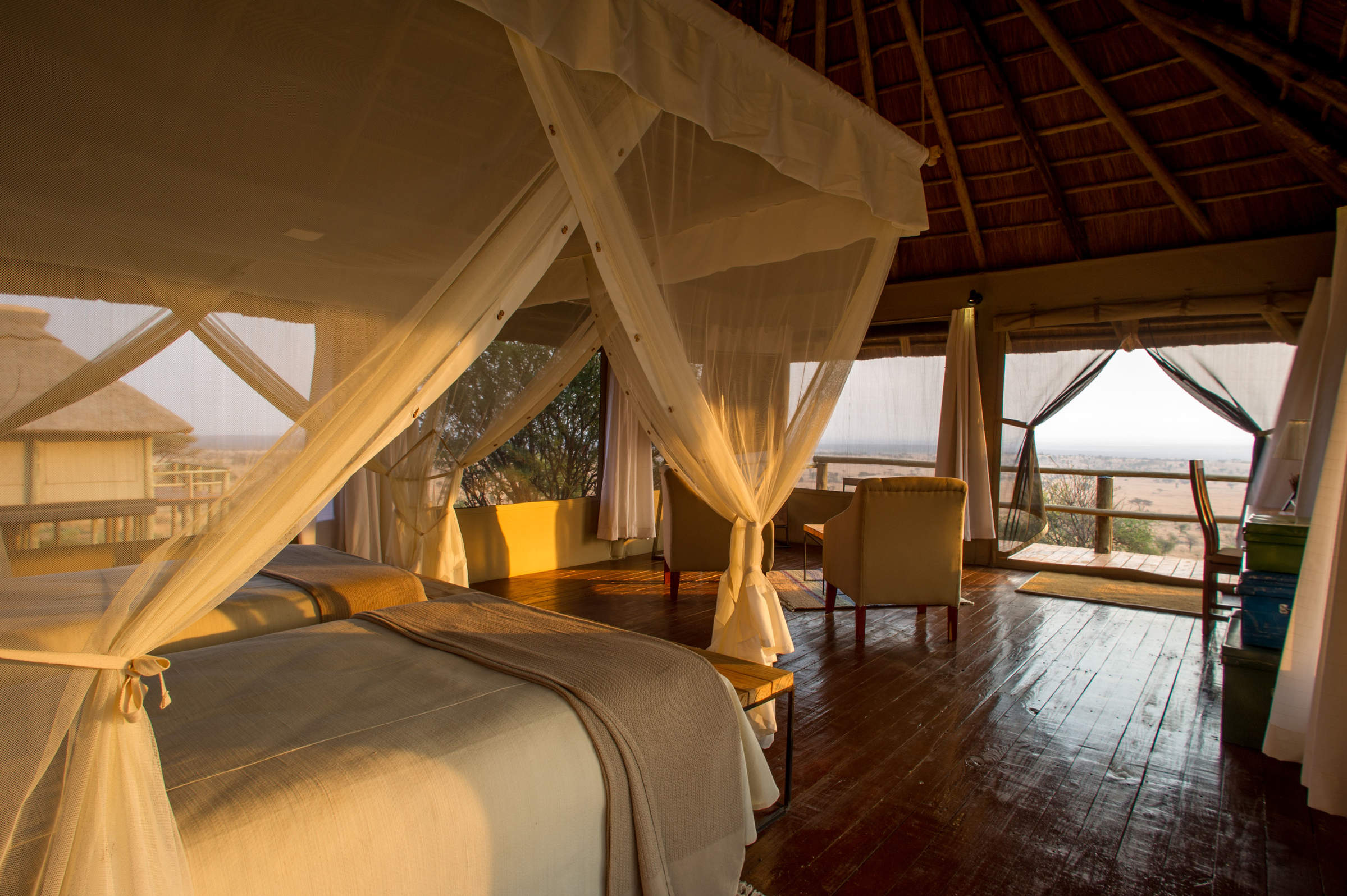
Kubu Kubu
Kubu Kubu is a contemporary, tented lodge, well located in the central Seronera area of the Serengeti National Park.
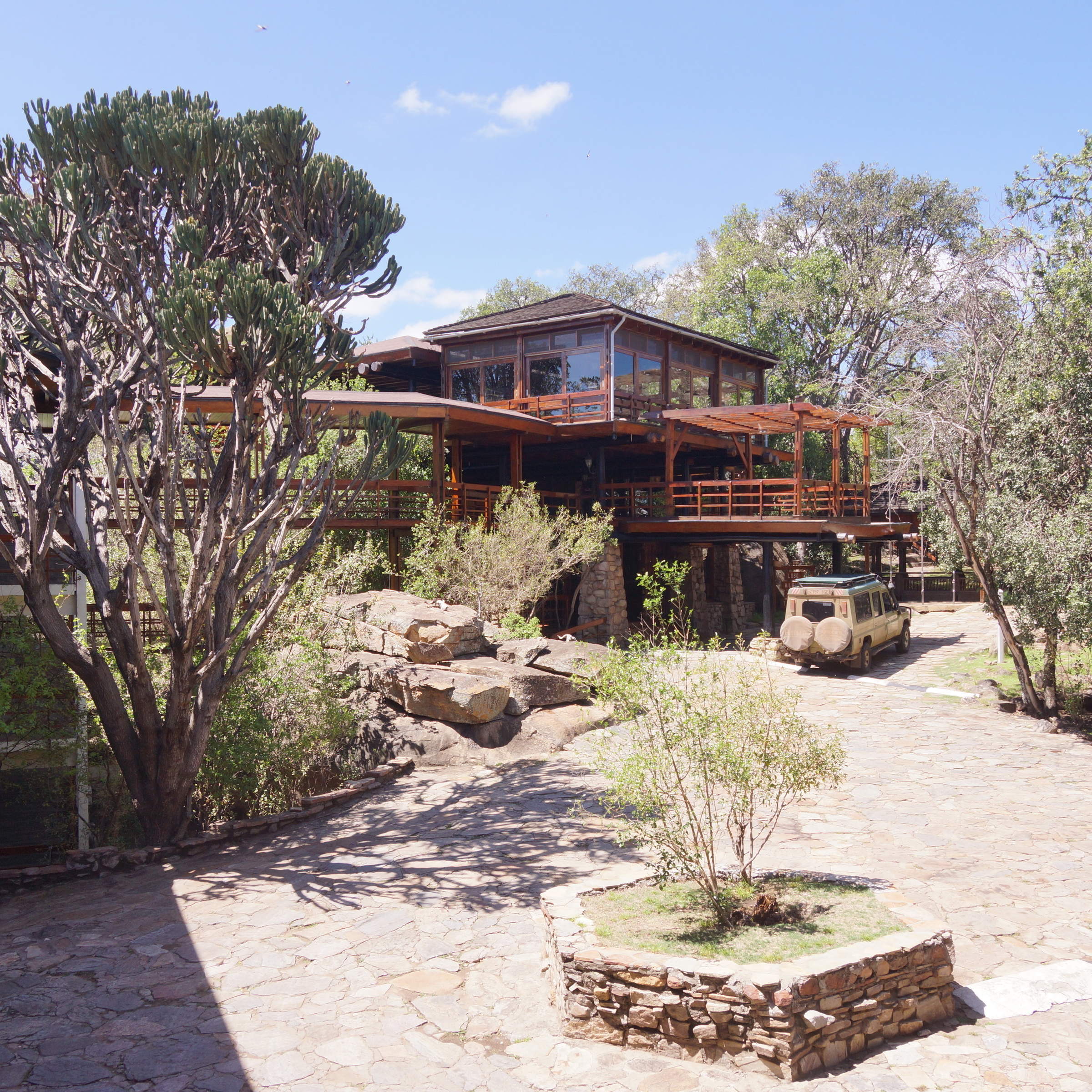
Lobo Wildlife Lodge
The large Lobo Wildlife Lodge has simple, functional rooms in a stunning location. It's a good base for exploring the north-eastern Serengeti.
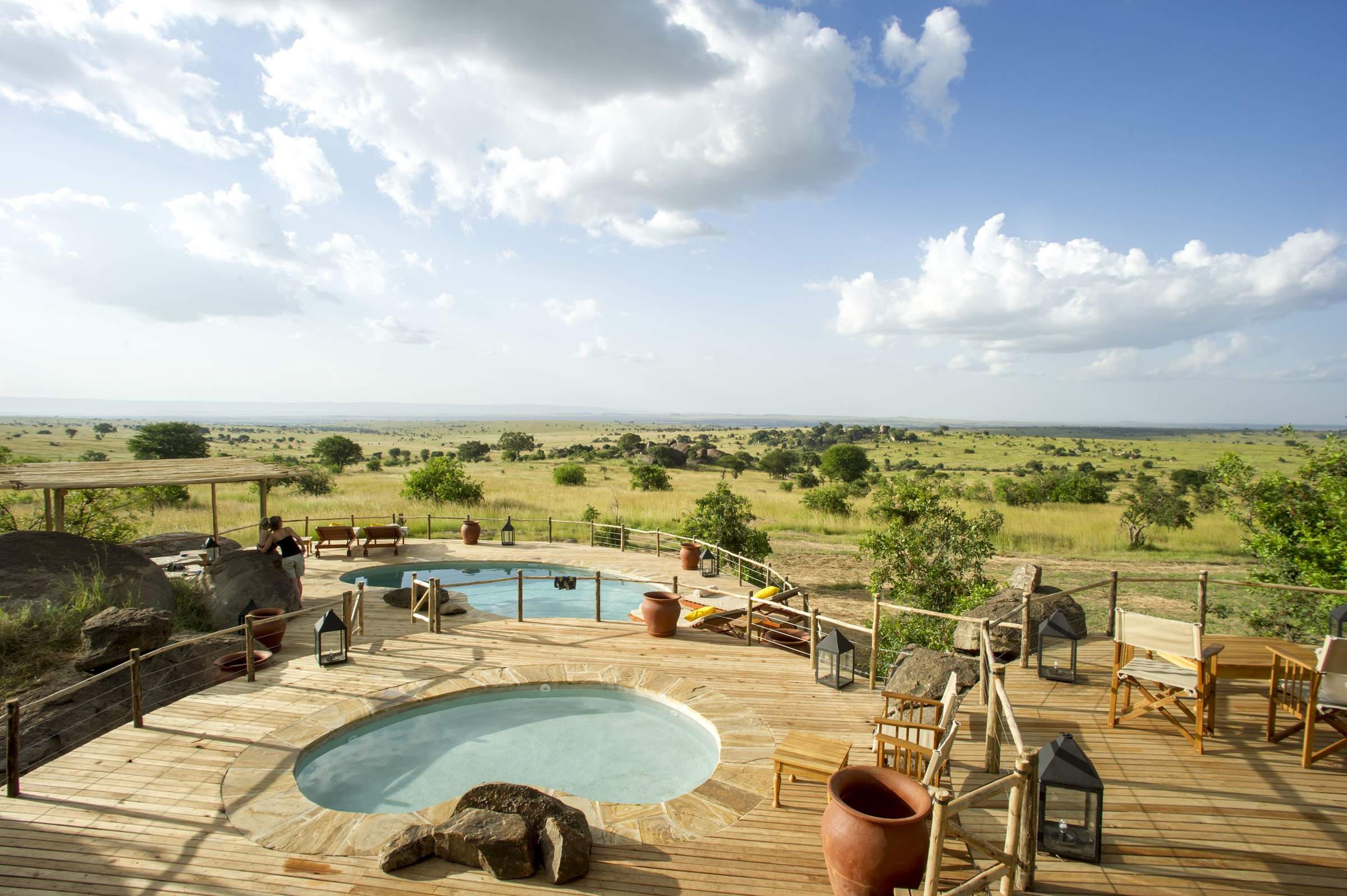
Mkombe's House Lamai
Mkombe's House Lamai is a fully staffed private house in the Wogakuria Kopjes district of Serengeti National Park.
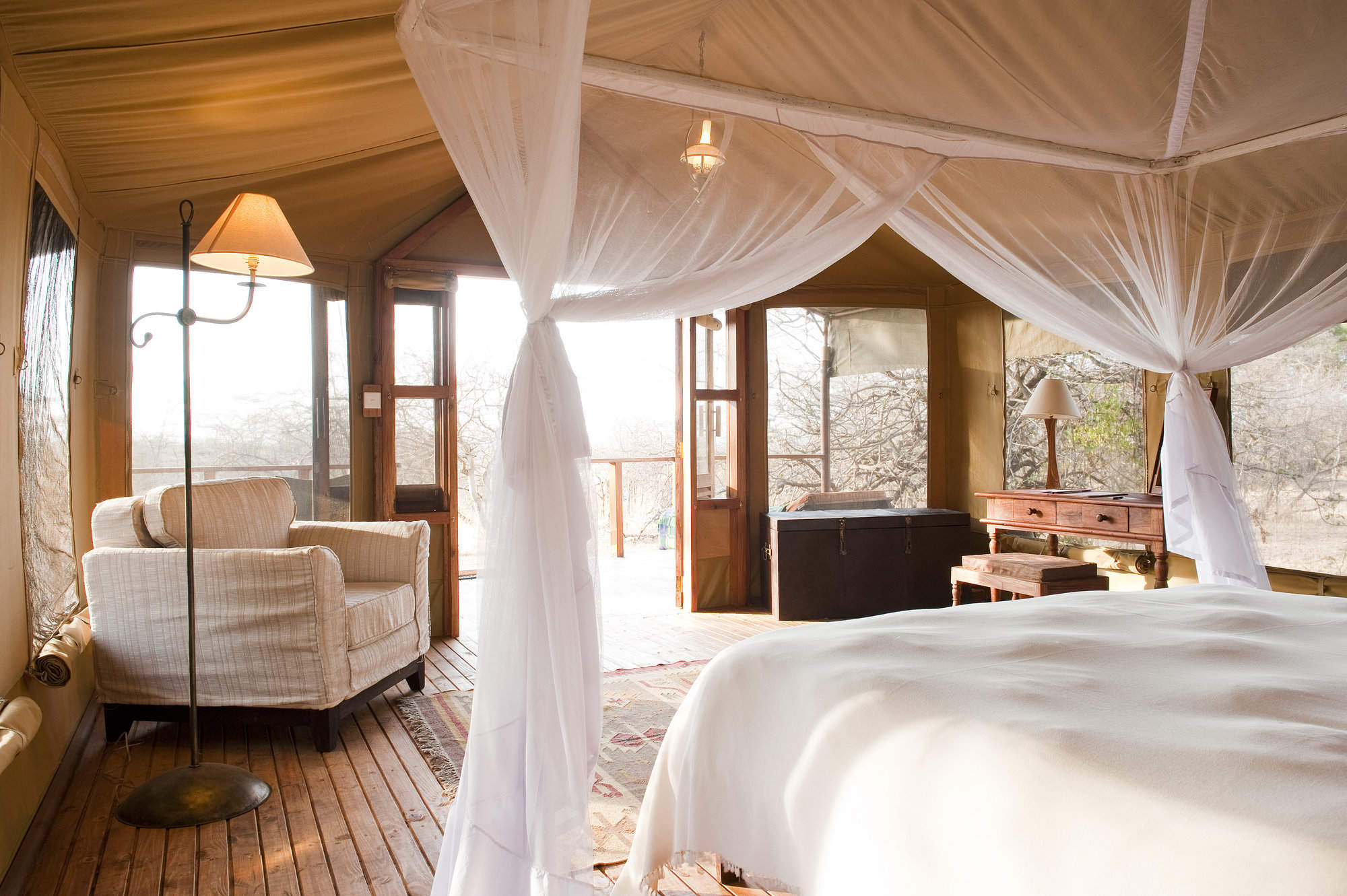
Kusini Camp
Kusini Camp is permanent, luxury camp located on a beautiful kopje in a quiet, wildlife-rich corner of the south-west Serengeti.
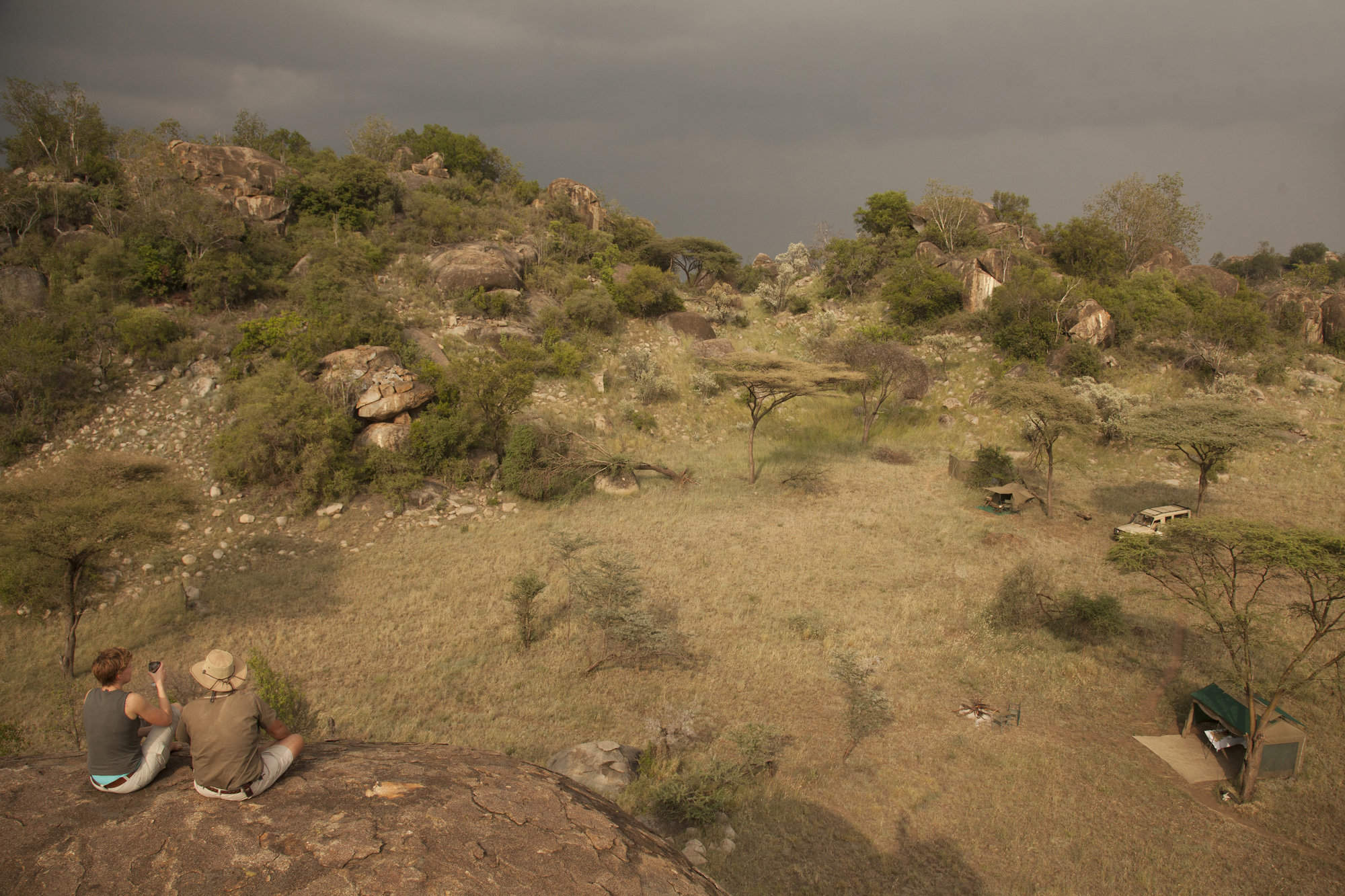
Serengeti Walking Mobile
This fairly simple camp offers only walking activities, but it's very well done and combines well with more conventional camps or lodges.
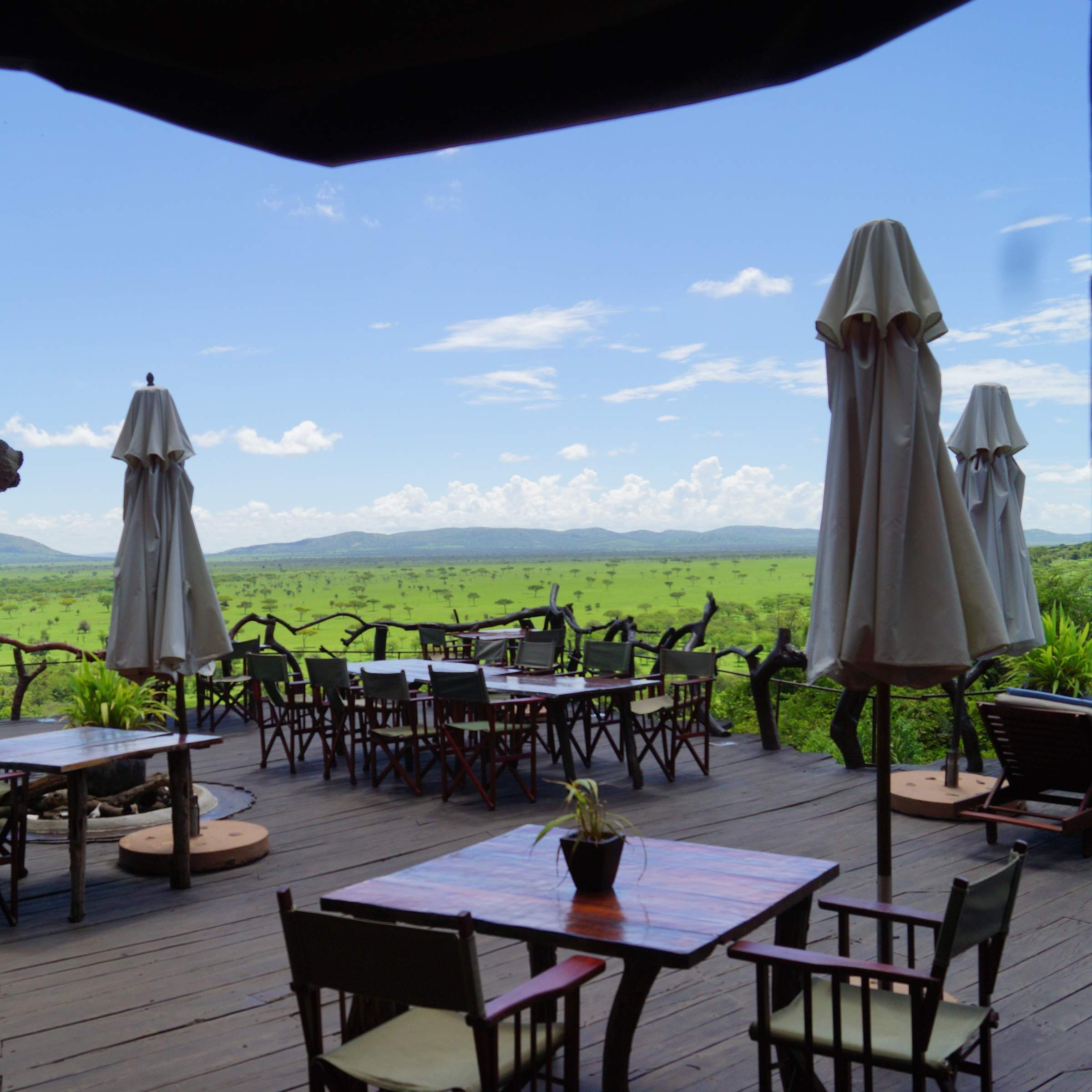
Mbalageti Lodge
Mbalageti is a well-run lodge in a quiet part of the Serengeti's western corridor – an ideal location during the Apr-Jun migration.
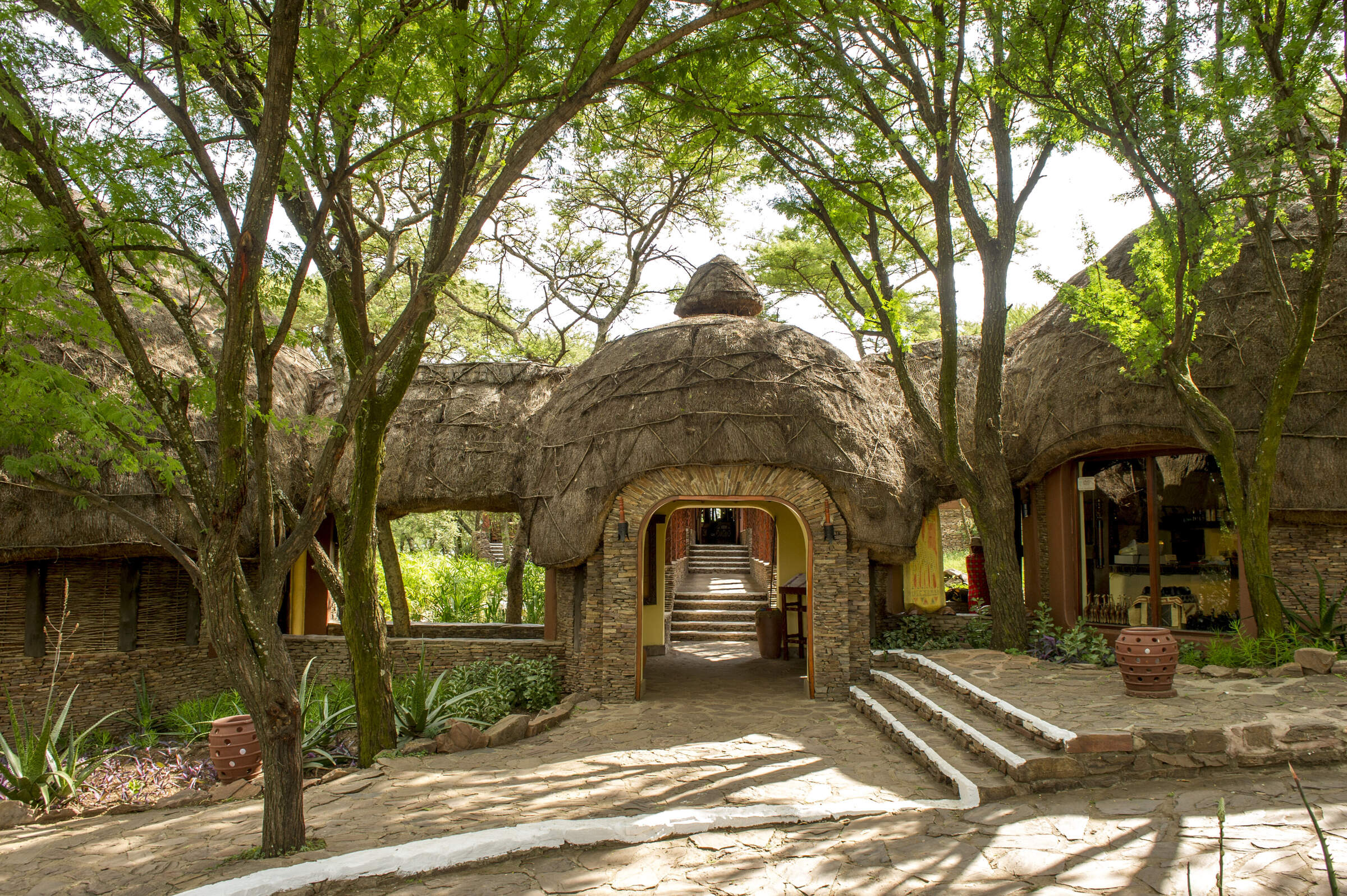
Serengeti Serena
The Serengeti Serena Safari Lodge is a large, hotel-style lodge and a good family-friendly base from which to explore the central Serengeti.
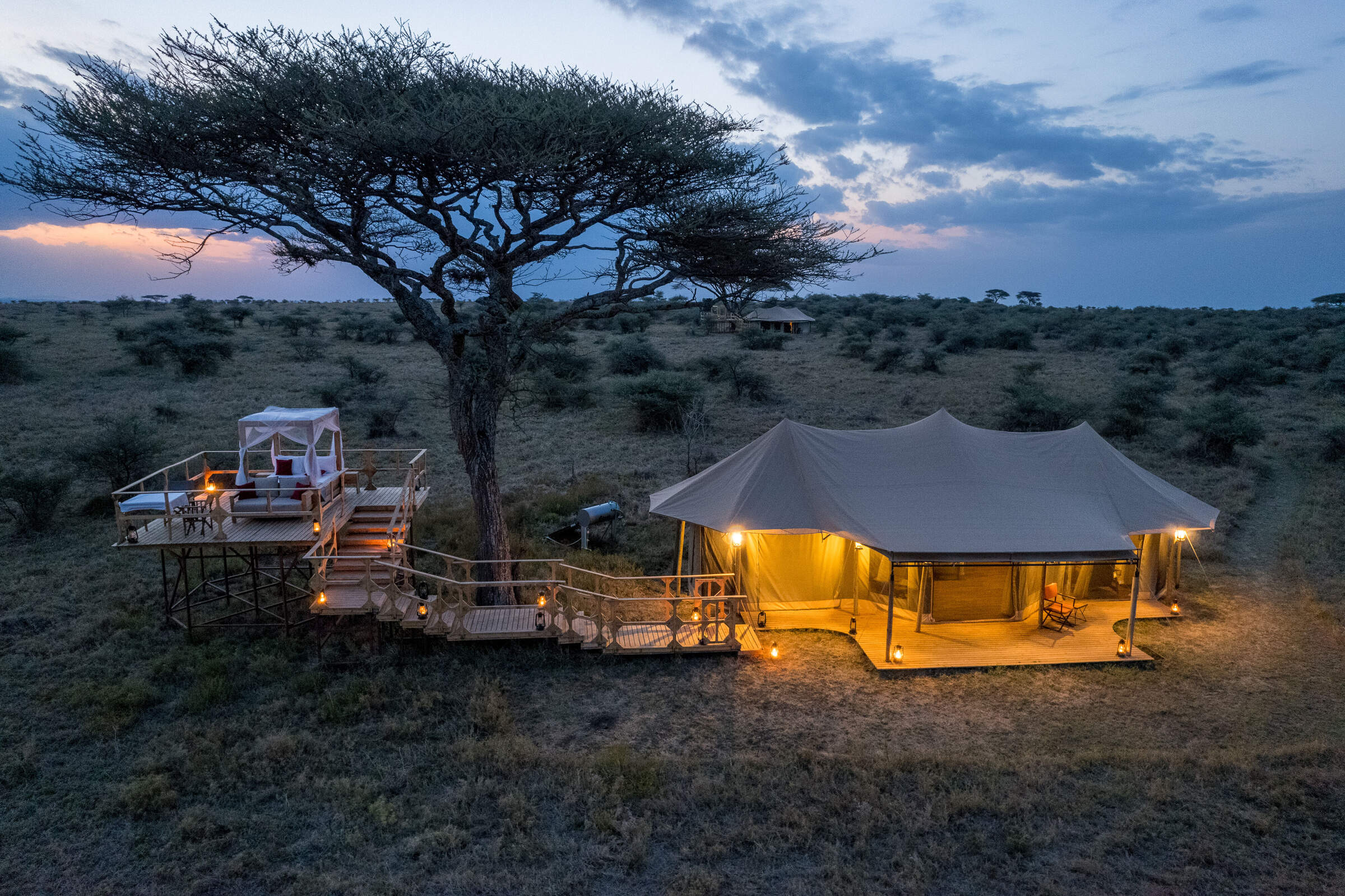
Olmara Camp
With just eight guest tents, including two family tents and three signature stargazer tents, Olmara is a simple, family-friendly camp with a wonderfully attentive team. The camp captures an authentic bush experience, welcoming travellers of every kind.
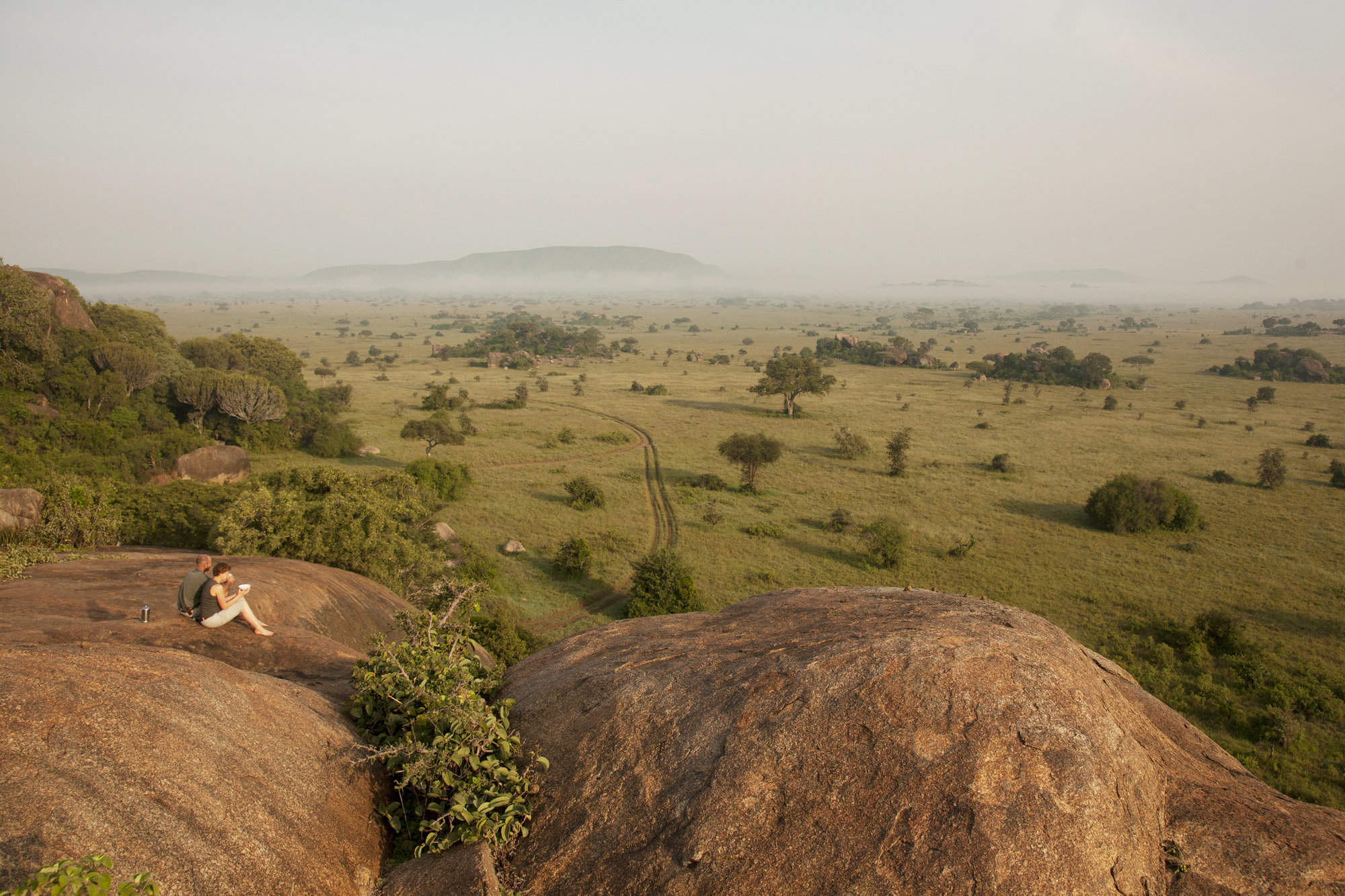
Serengeti Green Camp
Serengeti Green Camp is a comfortable camping experience, in your own private safari camp and at the heart of a great wildlife area.
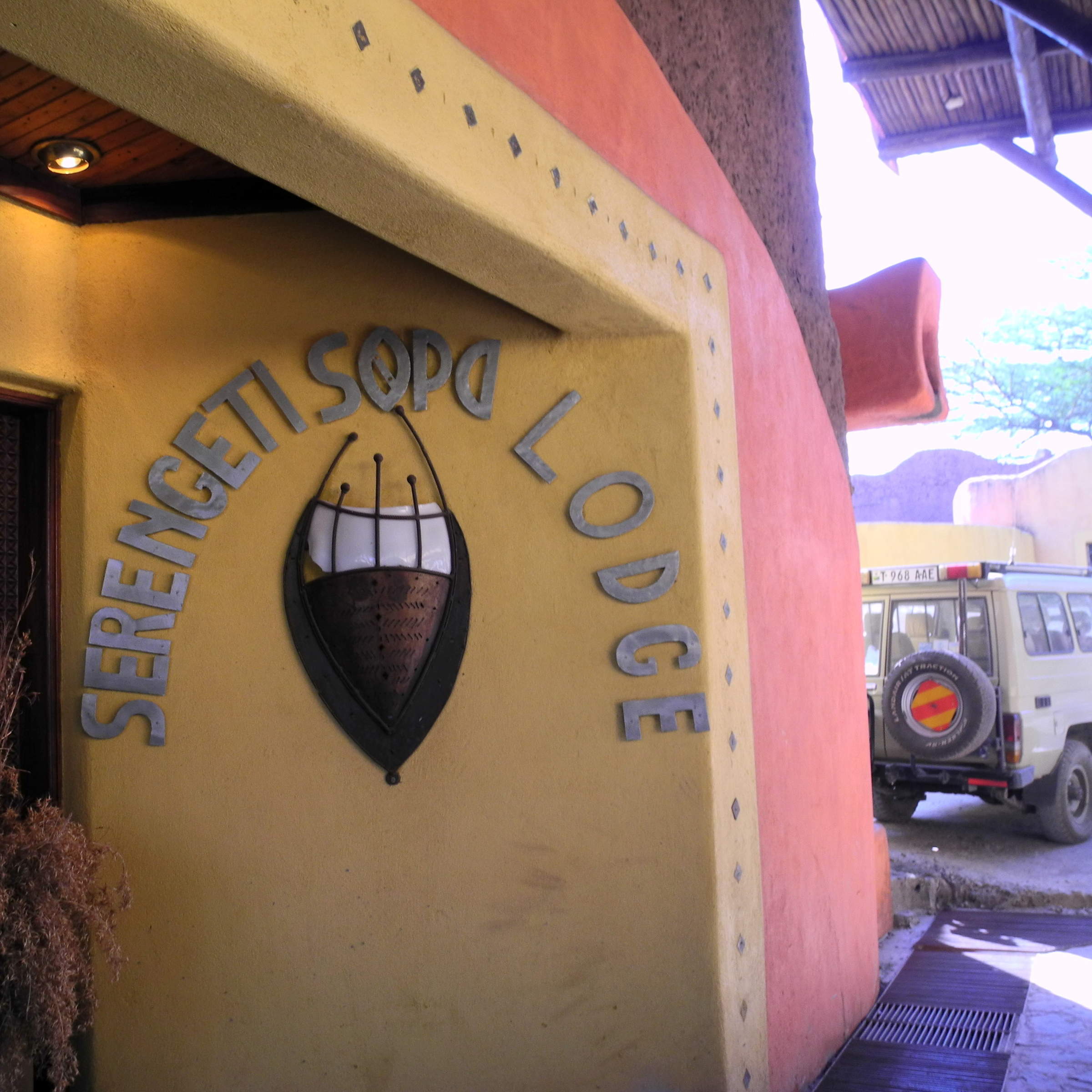
Serengeti Sopa Lodge
Serengeti Sopa Lodge is an international-style hotel offering good-value accommodation in the central Serengeti, with lovely views of the plains.
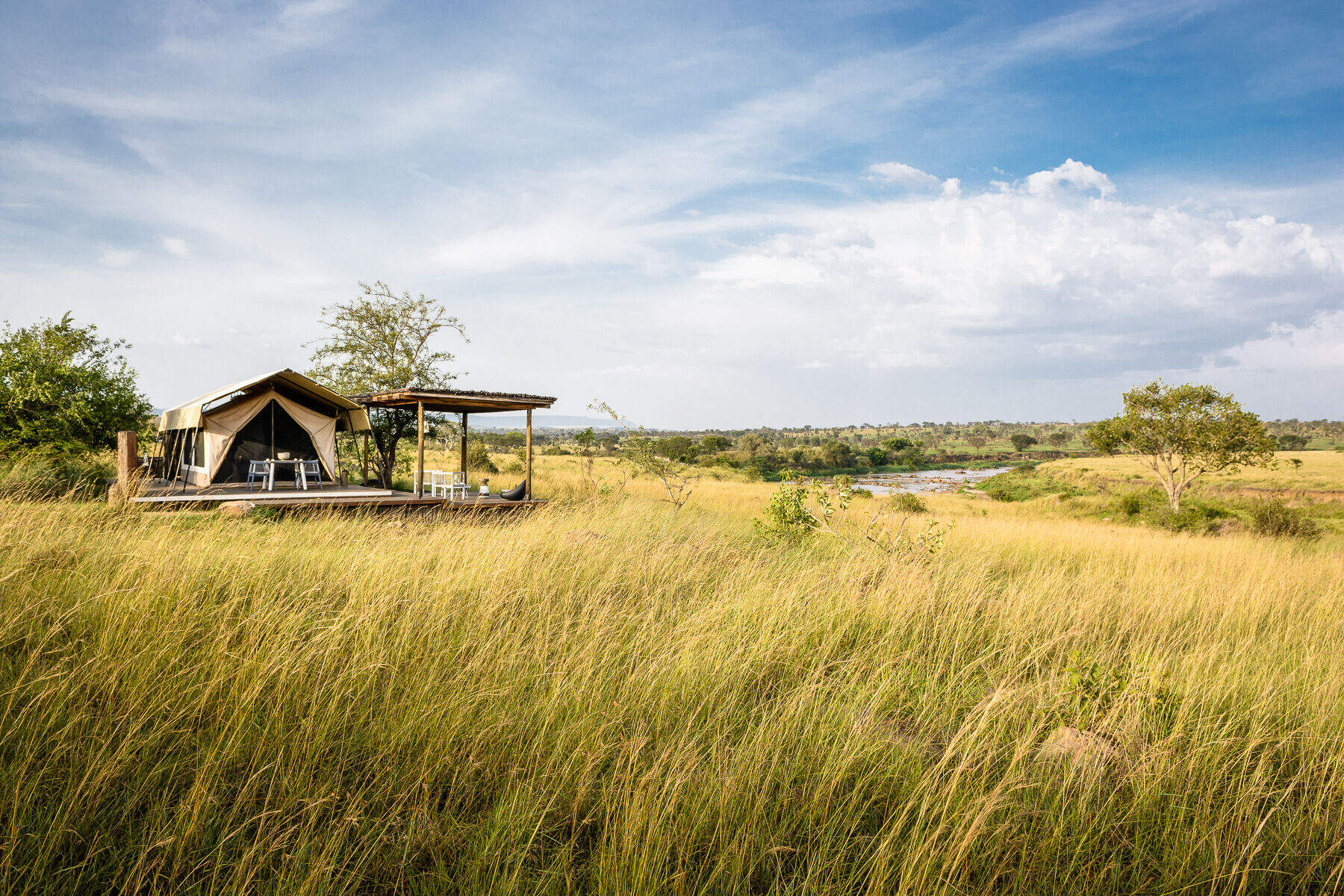
Singita Mara River
Singita Mara River Tented Camp is a luxurious camp in the isolated and rewarding Lamai wedge region of the northern Serengeti.
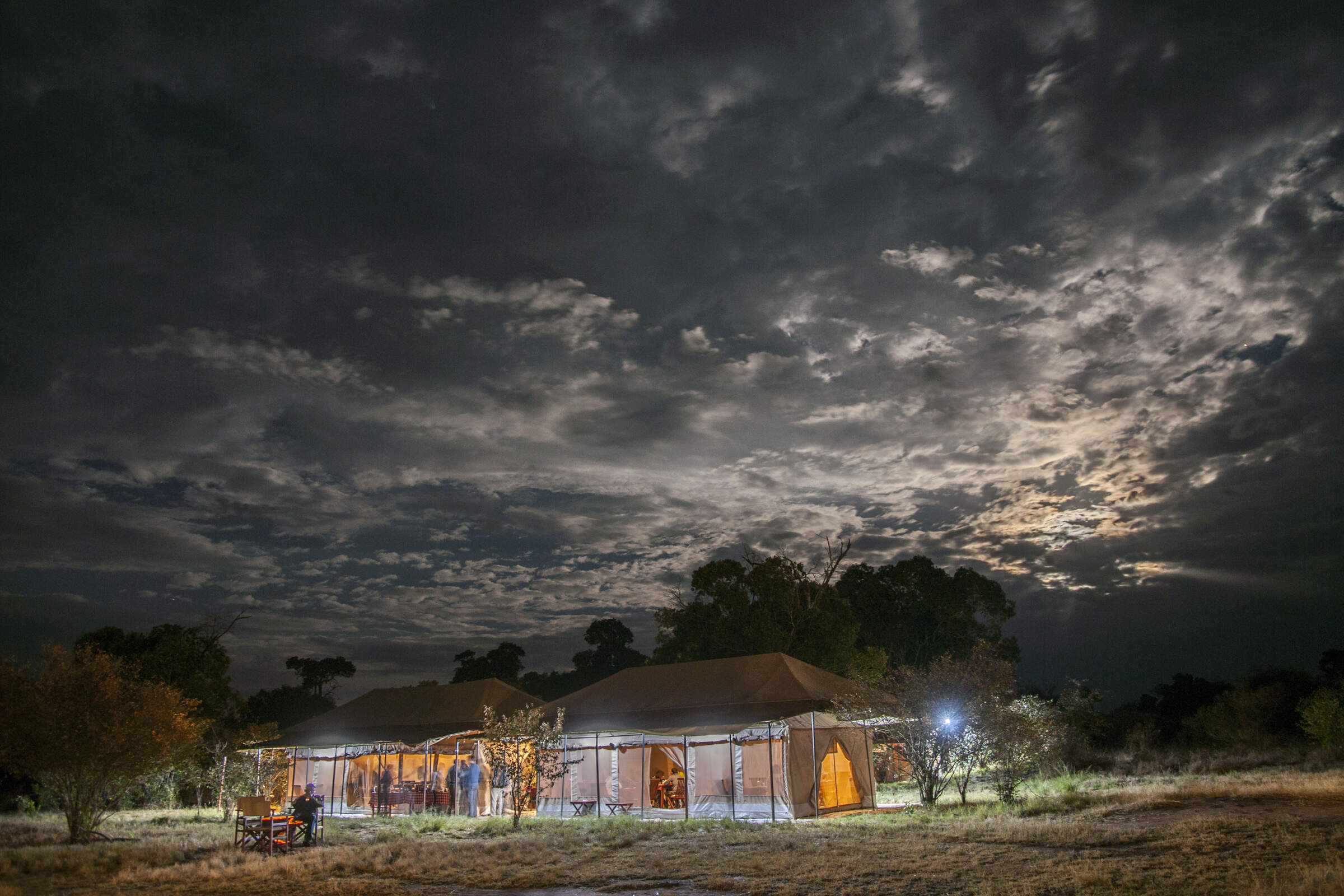
Migration Camp
Serengeti Migration Camp is a smart tented camp, good for the wildebeest migration from Jul–Aug, or to explore the Lobo Kopjes any time.
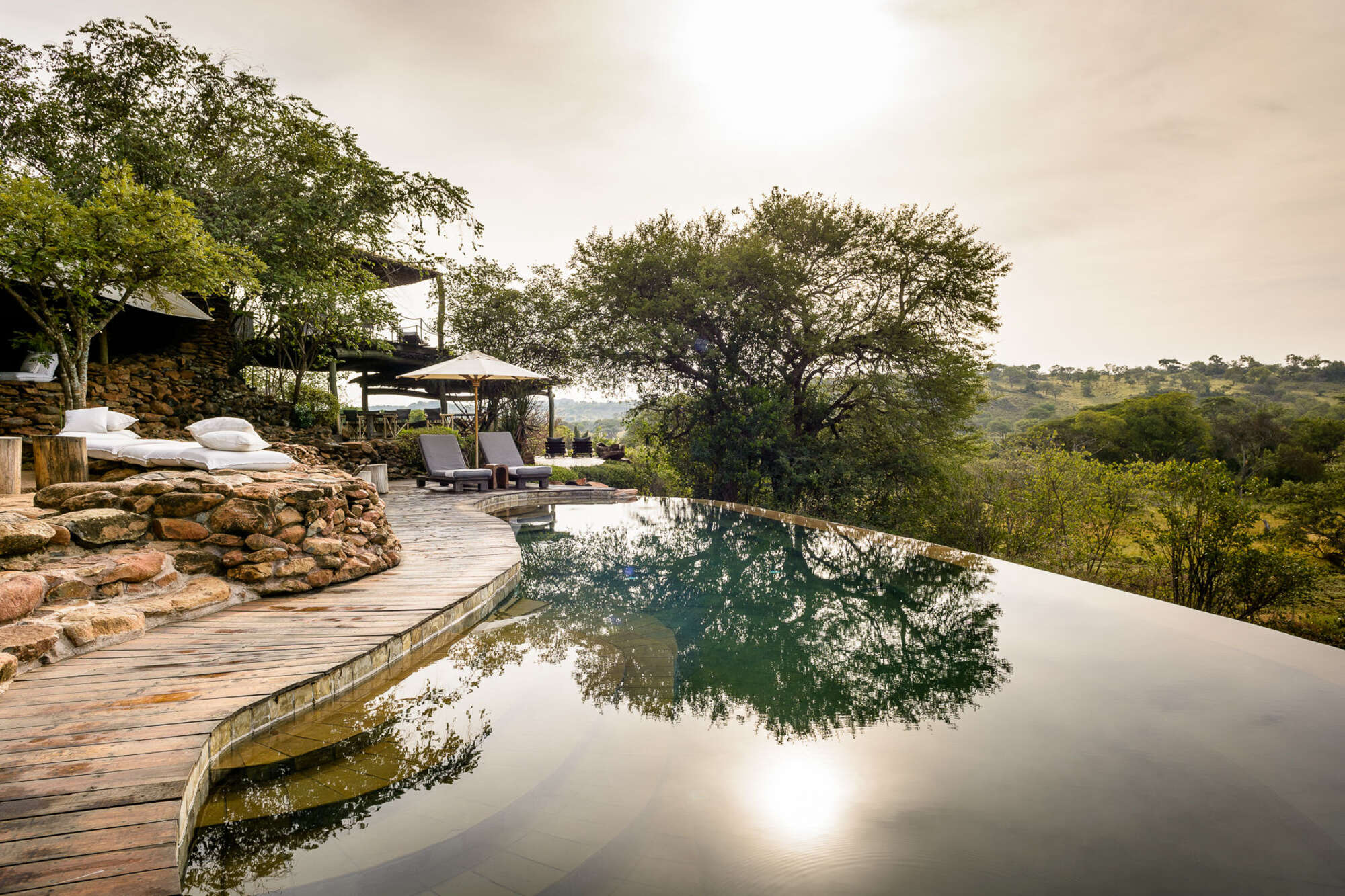
Faru Faru Lodge
On the north bank of the Grumeti River, Faru Faru is a small, chic hideaway in this exclusive corner of the Serengeti.
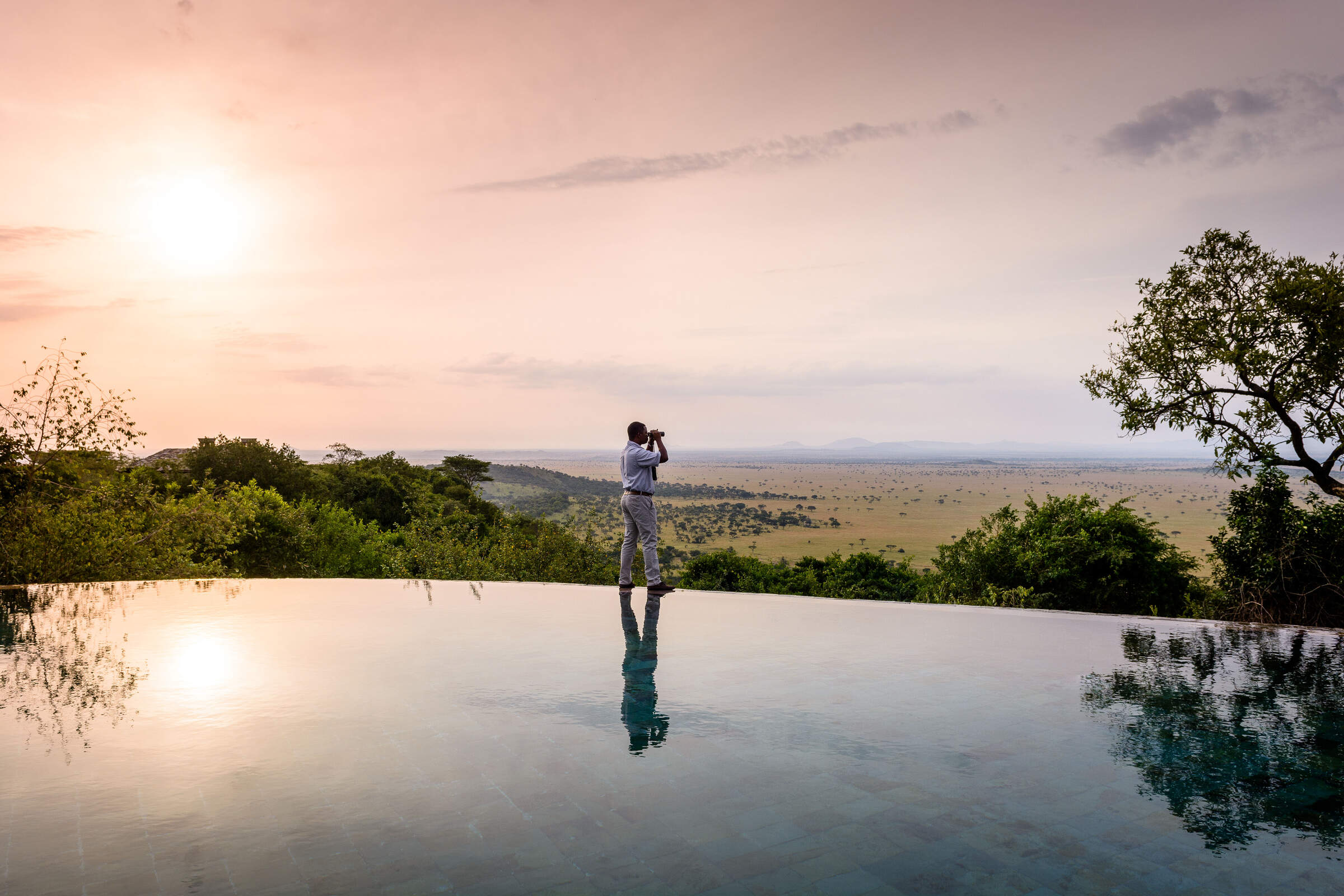
Sasakwa Lodge
On a hill looking over the Serengeti plains, Sasakwa Lodge is grand, luxurious safari camp, one of the most opulent properties in Tanzania.
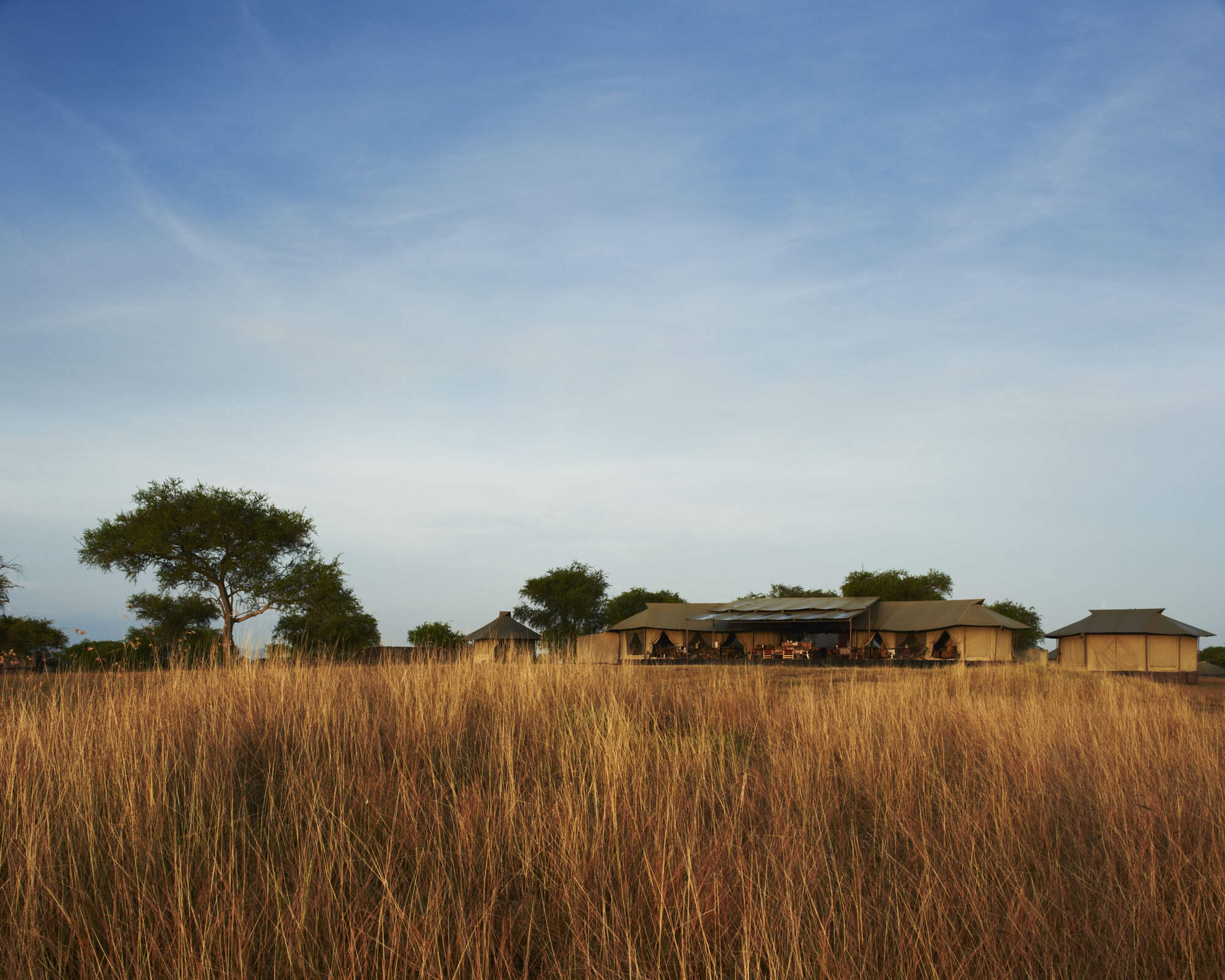
Sabora Tented Camp
Sabora Tented Camp is a smart tented camp – one of the most luxurious, professional and stylish properties to be found in Tanzania.
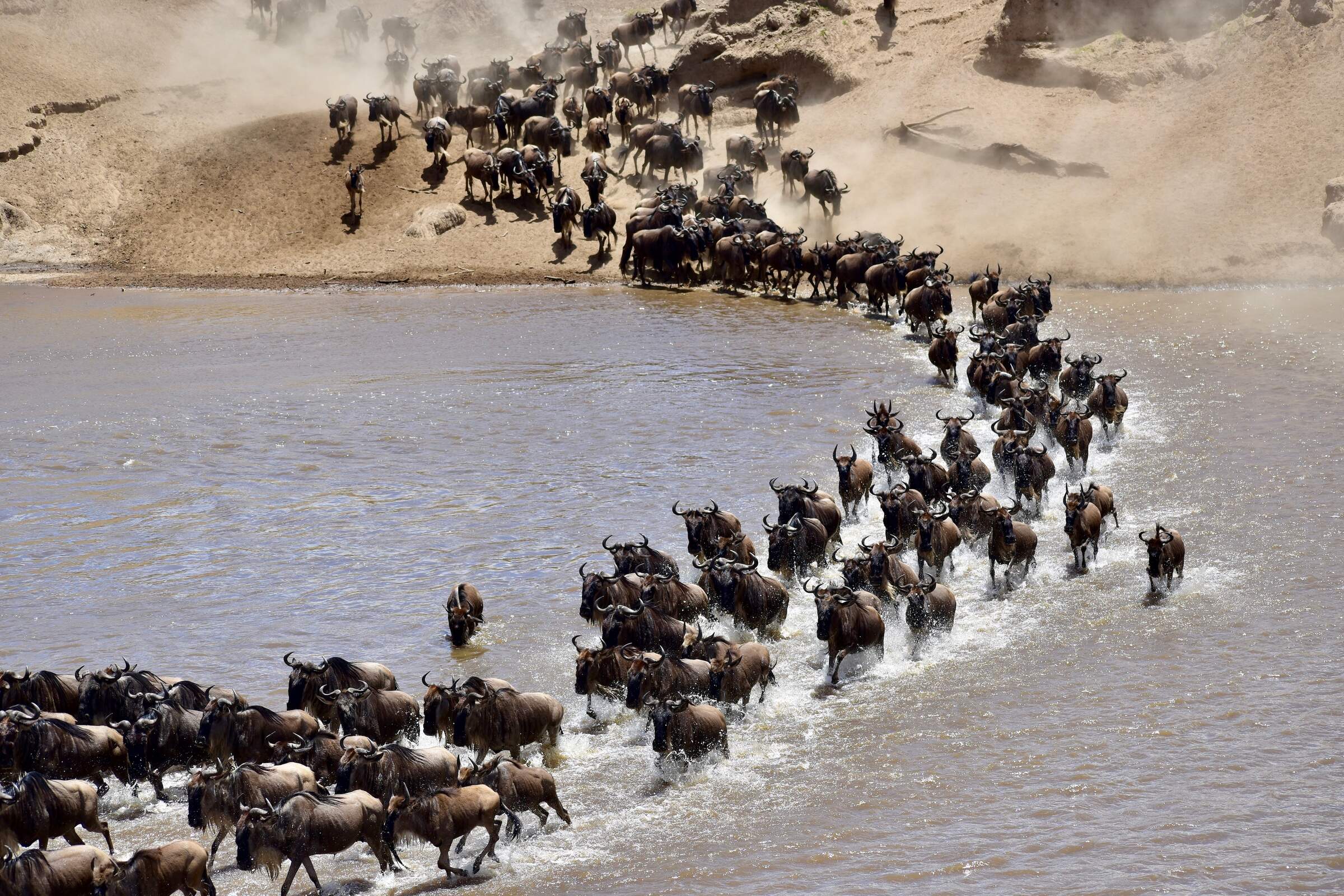
Kirurumu Migration Camp
Kirurumu is a rustic tented camp which moves around the Serengeti twice a year to follow the wildebeest migration.
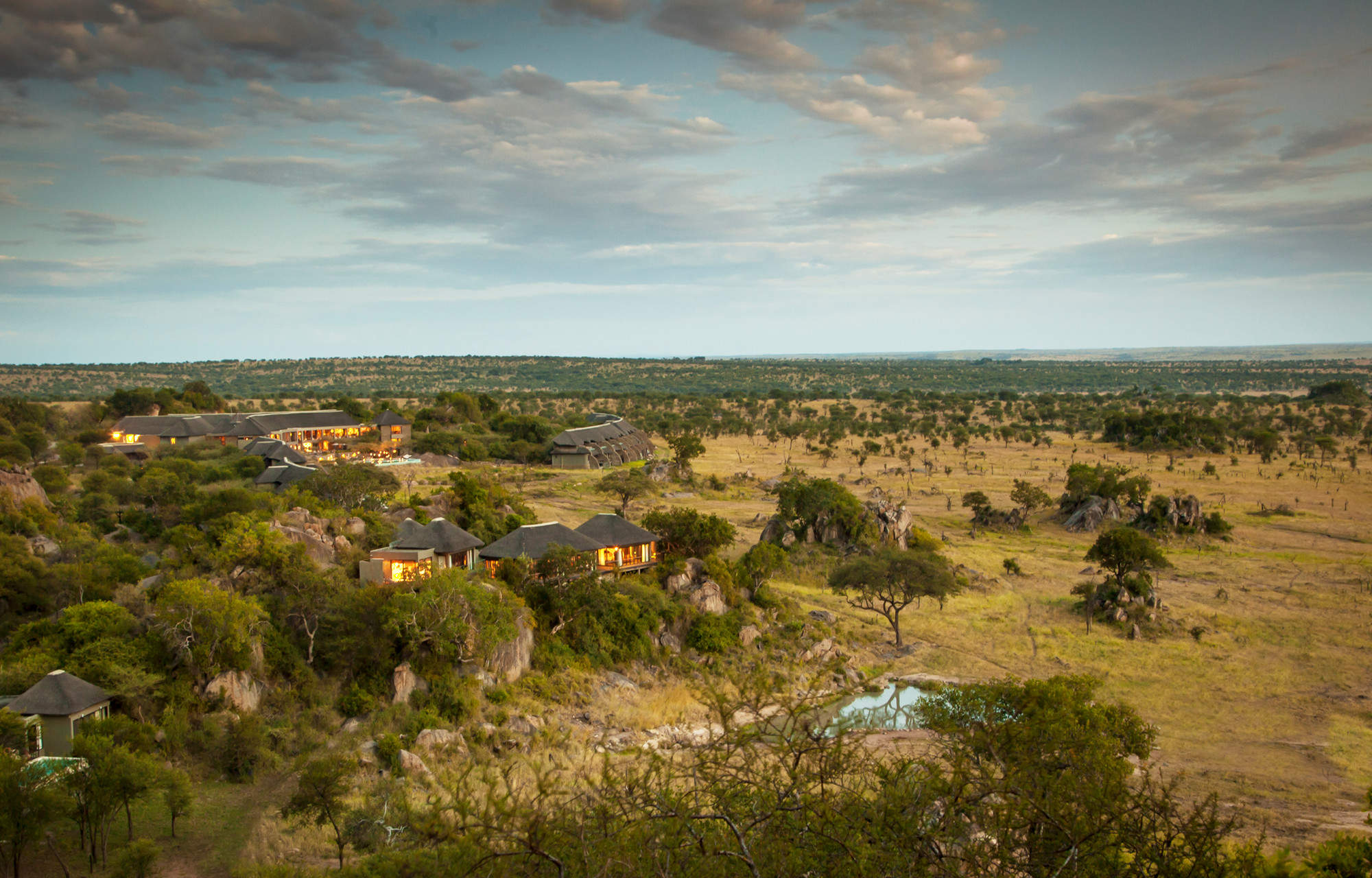
Four Seasons Serengeti
The Four Seasons Safari Lodge is the only hotel in the Serengeti offering international facilities such as a gym, spa and children’s club.
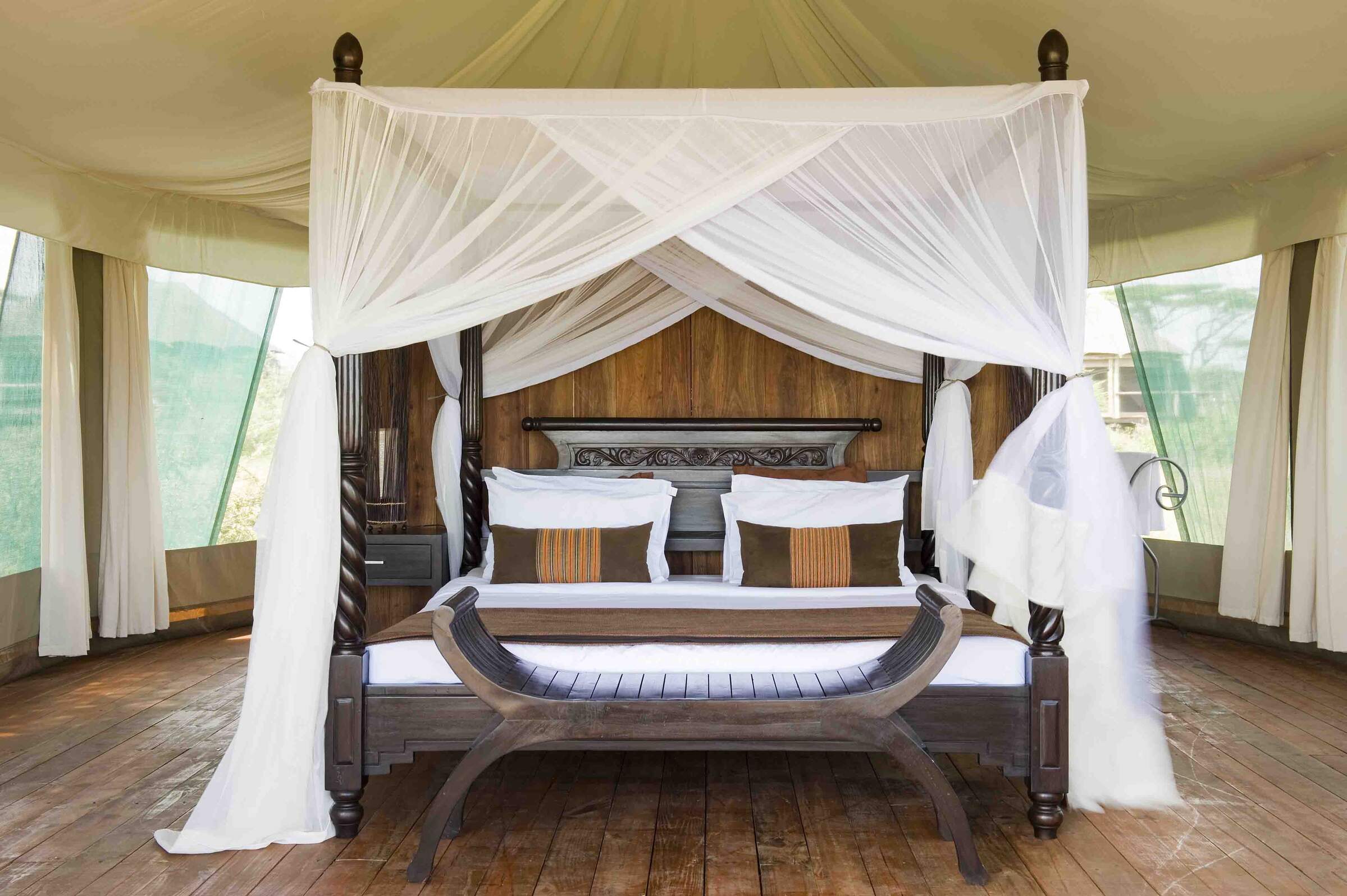
Lake Masek Tented Camp
Ideally located for the wildebeest migration from Dec–Apr, Lake Masek Tented Camp is a good, mid-market safari camp.
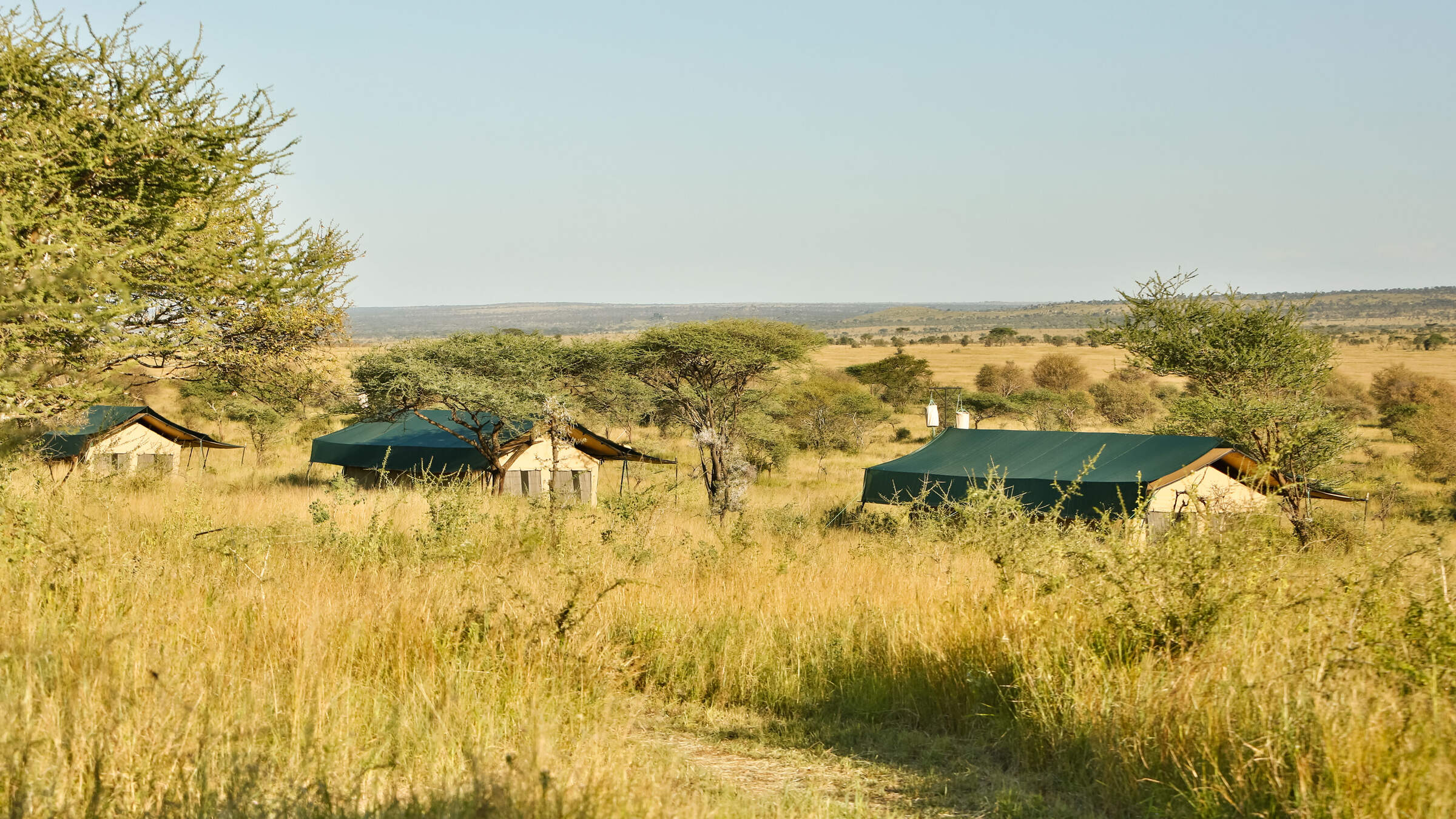
Nyikani Central
Nyikani Central is a comfortable tented camp located in the game-rich Seronera area of the central Serengeti.

Esirai Migration Camp
A season migration camp, with only 8 tents and 1 family tent and plenty of character. Esirai is ideally placed for excellent wildlife and enjoys a simplistic and comfortable under-canvas experience.
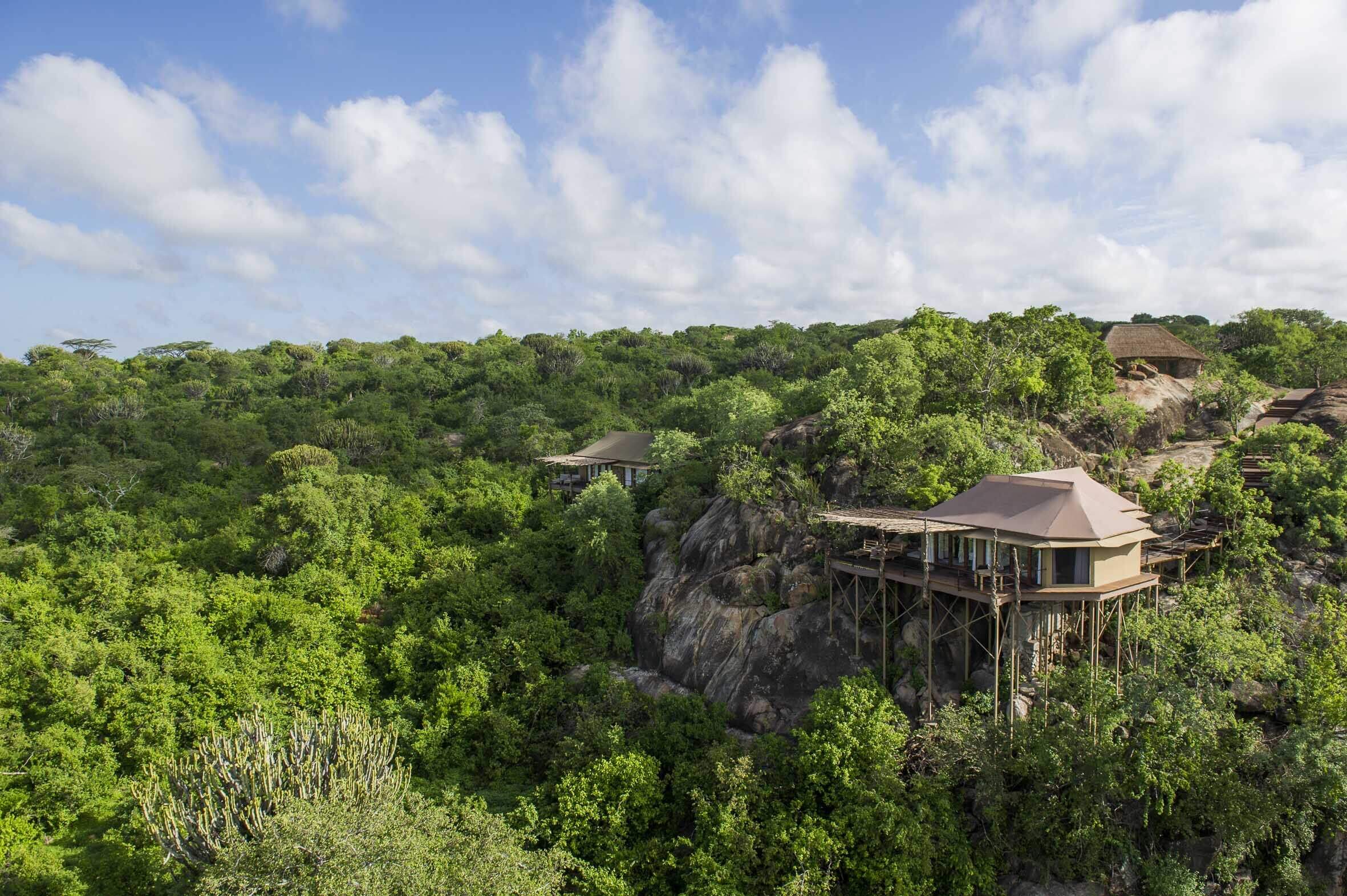
Mwiba Lodge
Mwiba Lodge is a luxurious property located on a private concession on the edge of the southern Serengeti.
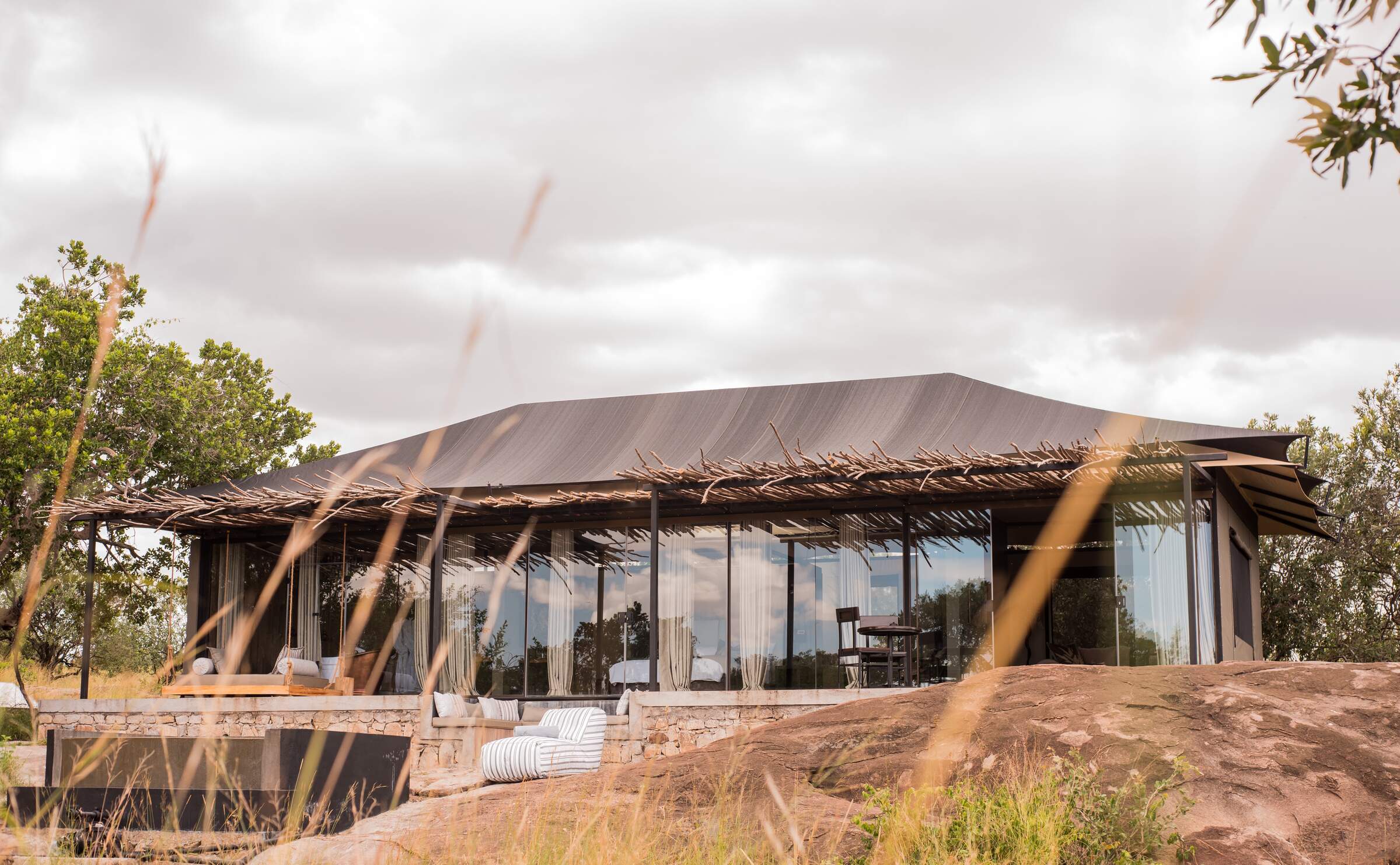
Nimali Mara
Nimali Mara is a luxurious safari lodge in a quiet region of the northern Serengeti with good access to the wildebeest migration.
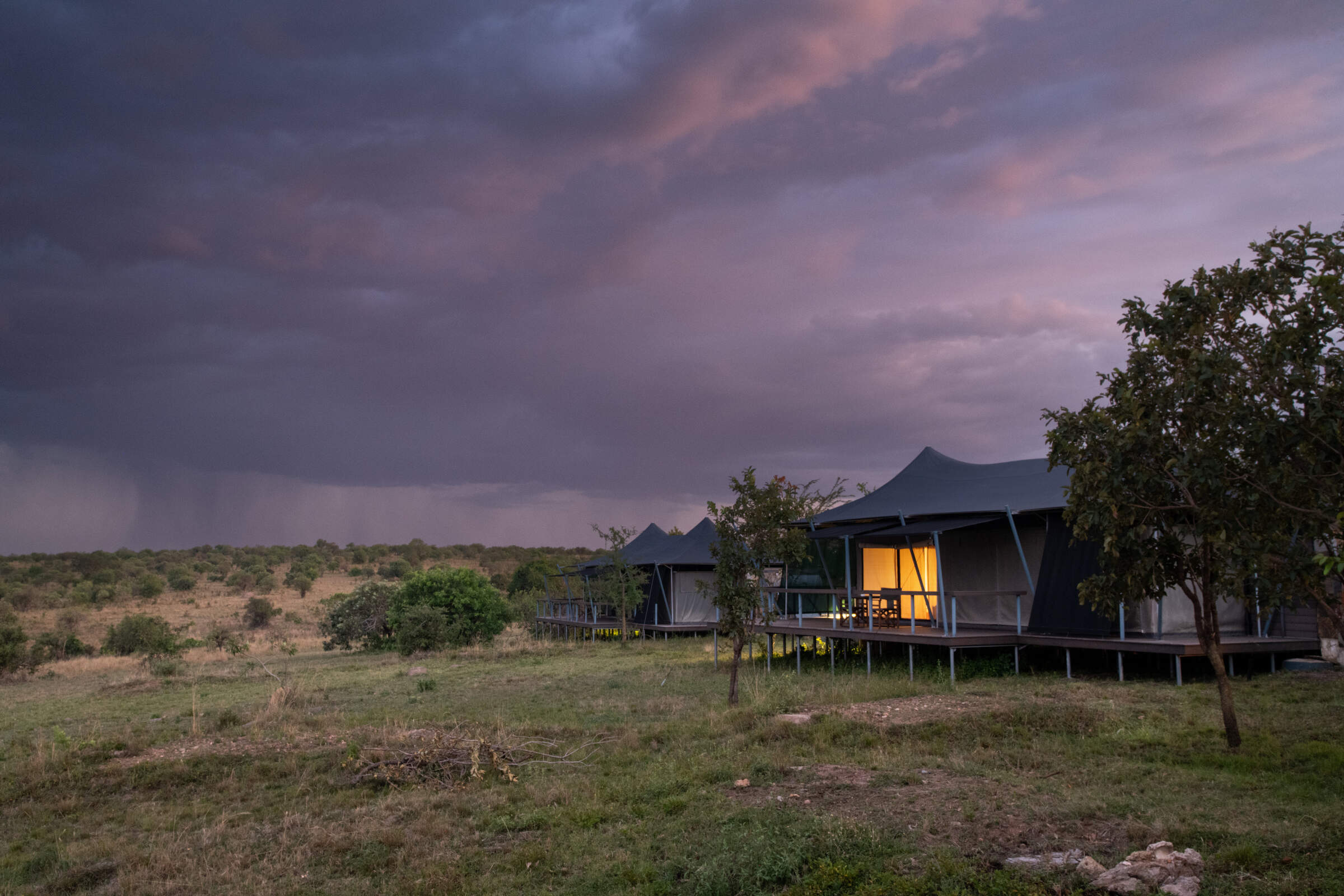
Mara Mara
Mara Mara is a smart tented camp in the northern Serengeti, situated on a small hill close to the Mara River.
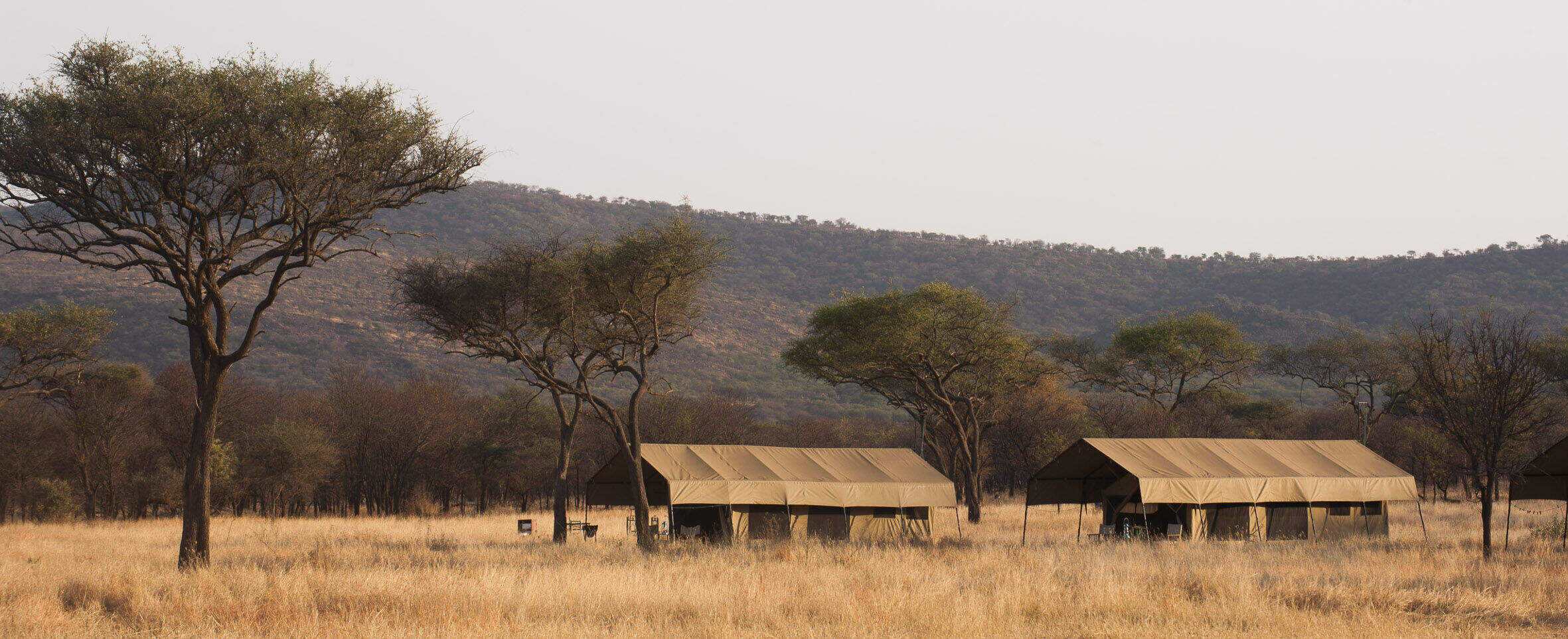
Ndutu Kati Kati
Ndutu Kati Kati is a seasonal tented camp, based in the southern Serenget from Dec-Mar, ideal for the migration as it passes through.

Olduvai Camp
Olduvai Camp lies between Ngorongoro and the southern Serengeti plains. It's a good base for the southern plains during the rainy season.
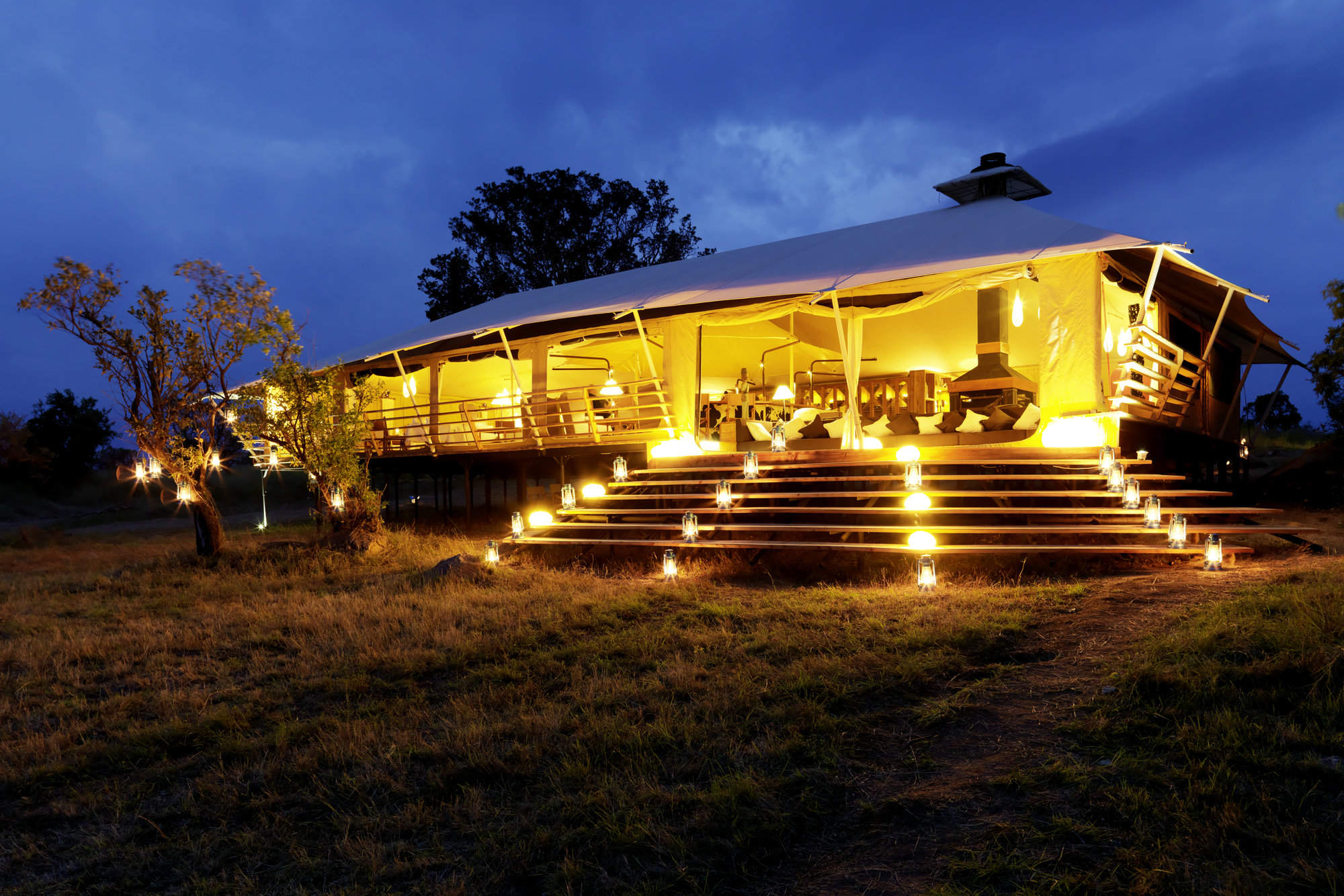
Bushtops
Serengeti Bushtops is a permanent luxury camp in the northern Serengeti, with spacious and private tents with their own hot tubs.
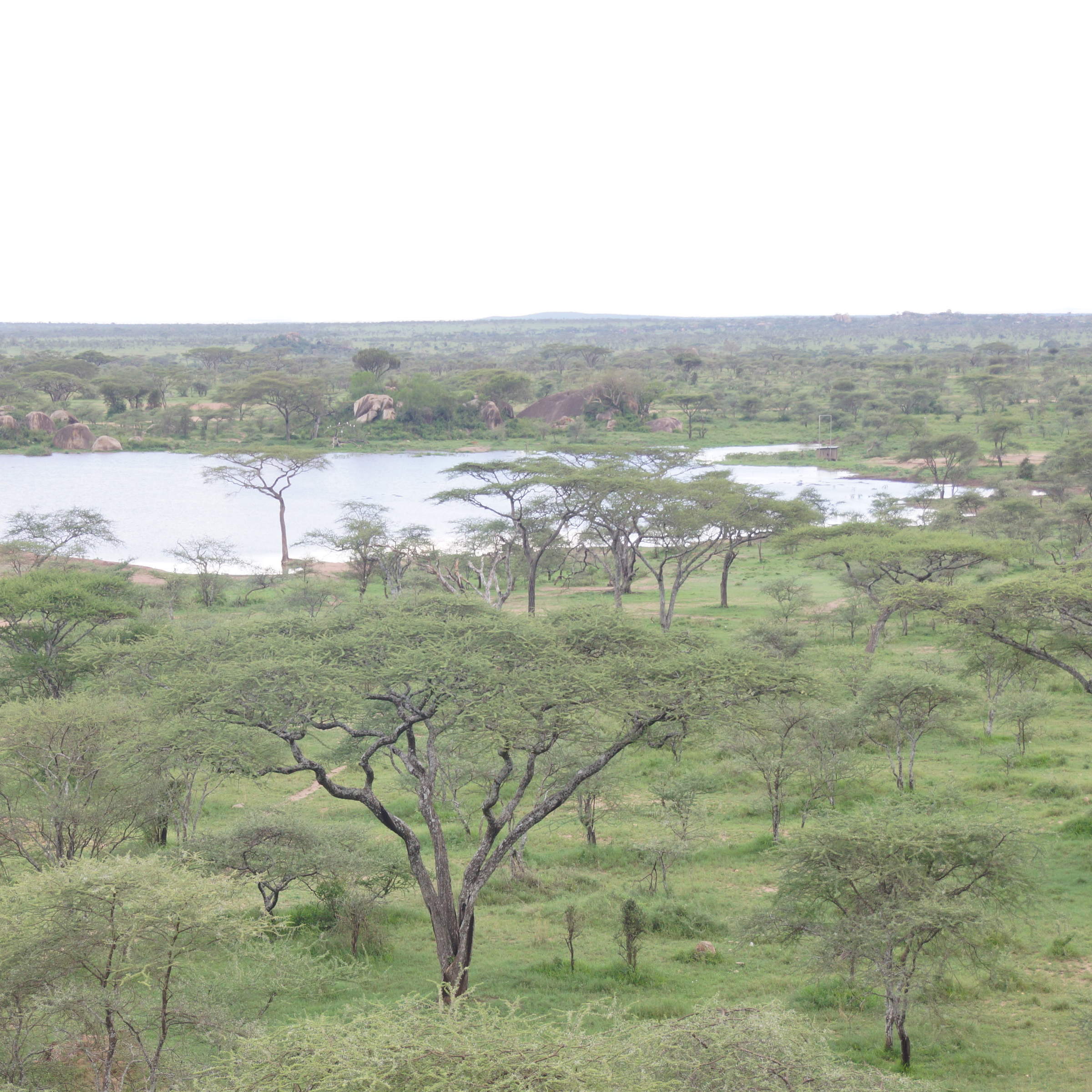
Seronera Wildlife Lodge
Seronera Wildlife Lodge is large hotel-style safari lodge in the heart of the Serengeti, offering good value and a great location.
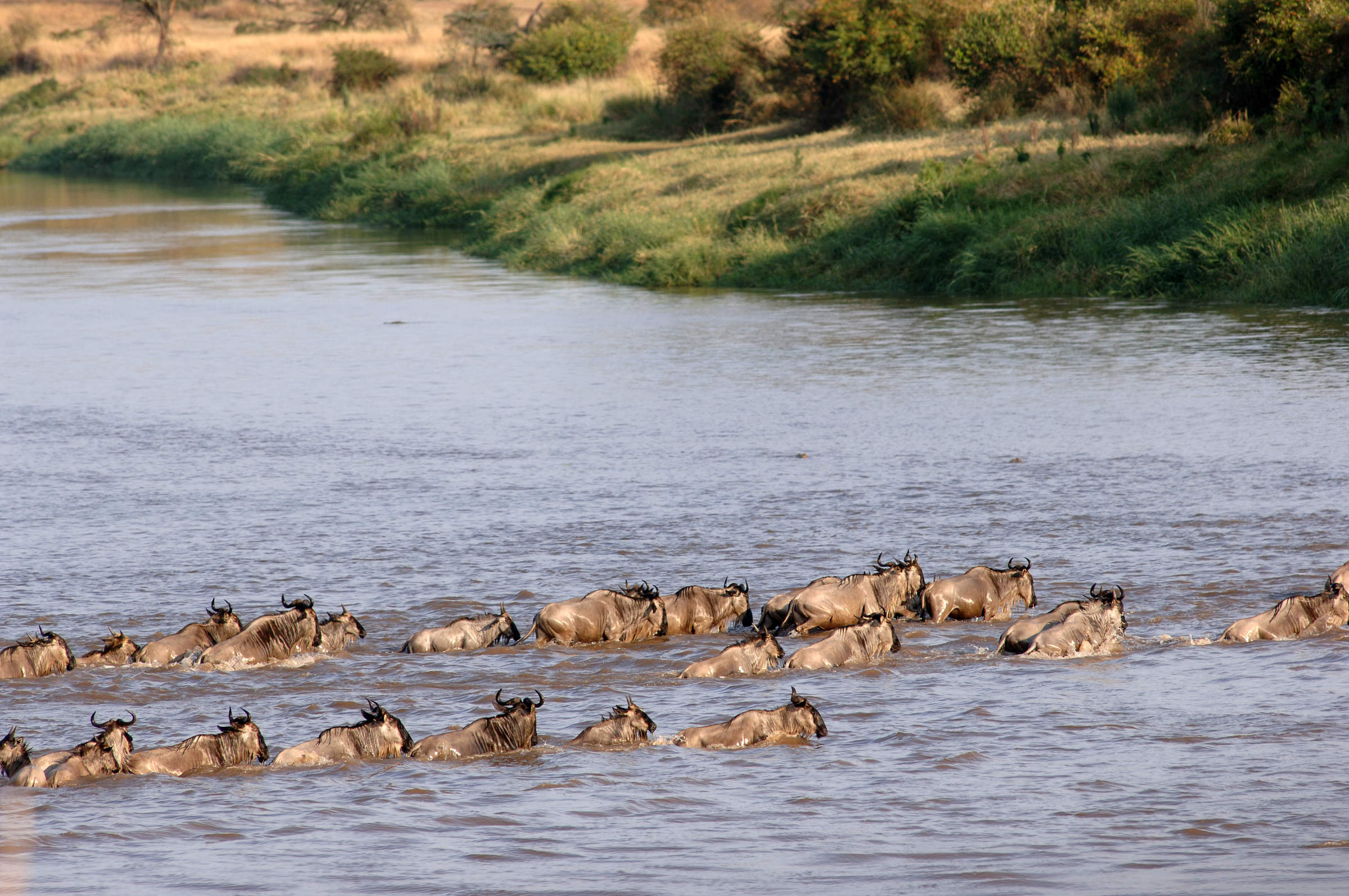
Mara Kati Kati
Mara Kati Kati is a simple bush camp in the northern Serengeti, based from Jul-Oct near the Mara River for the wildebeest migration.
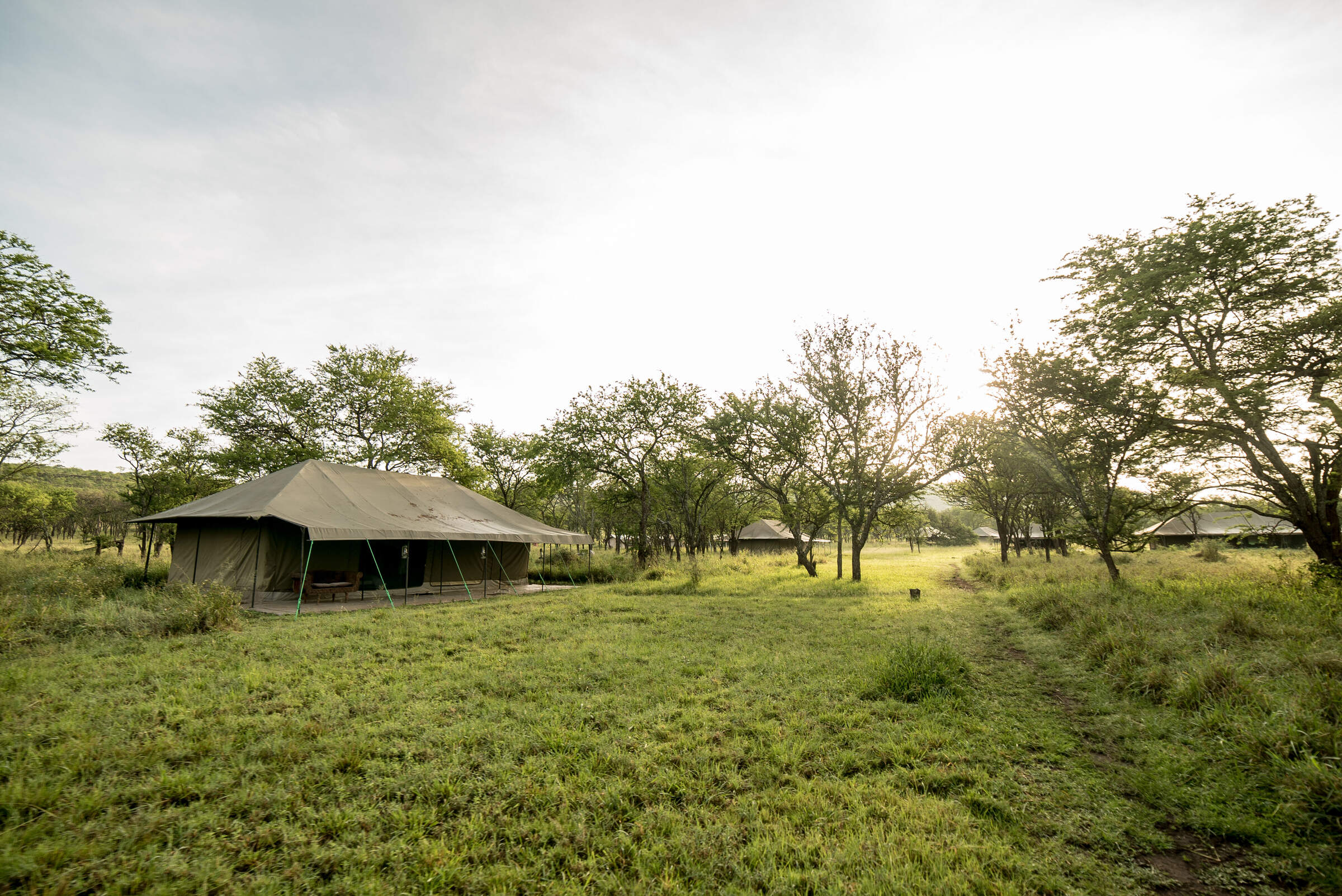
Nasikia Naona
Naona Camp is a small tented camp, located in the Moru Kopjes, west of the Serengeti central area
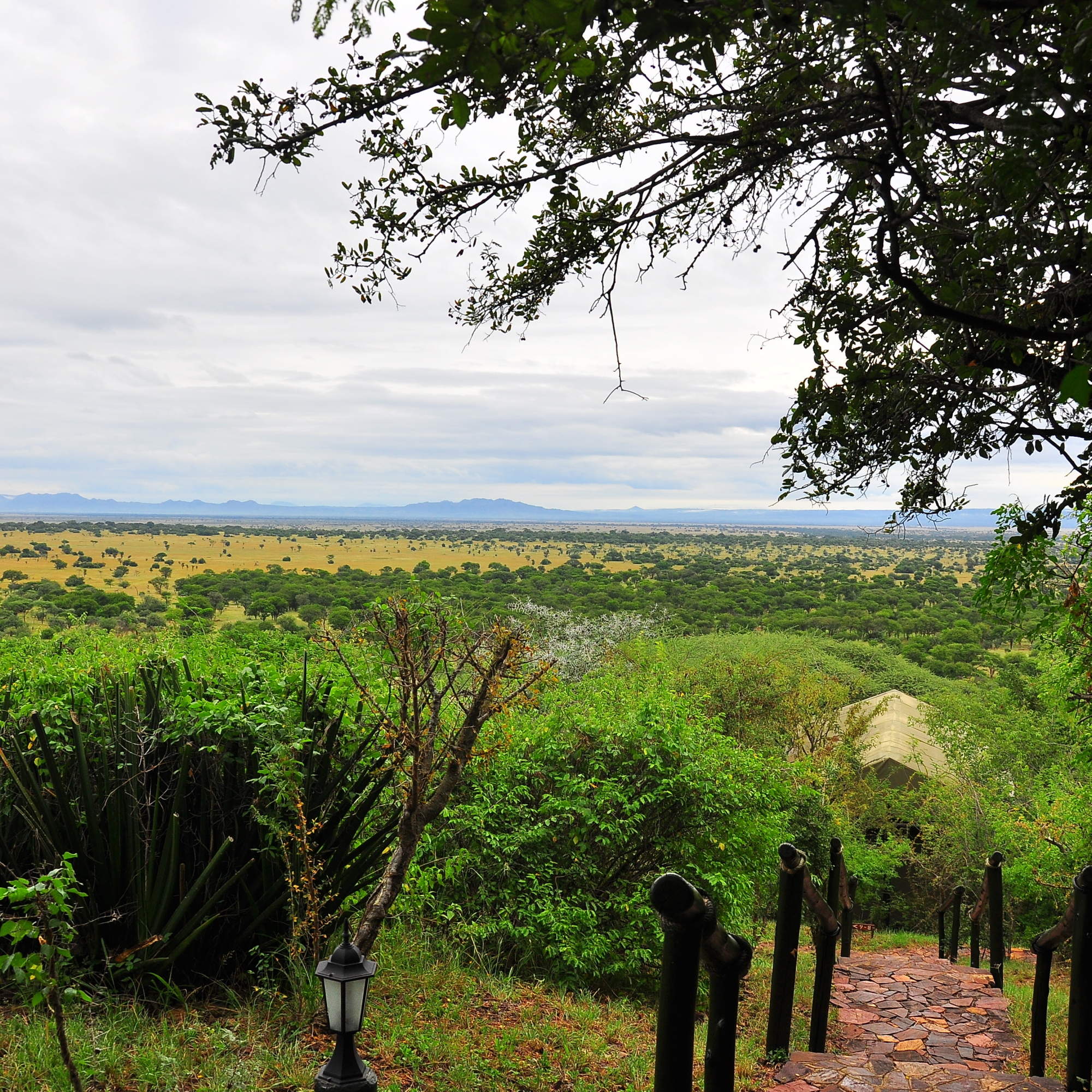
Kirawira Camp
Set high on a hill, in the Serengeti's western corridor, Kirawira is a relatively large tented camp in the Serena group.
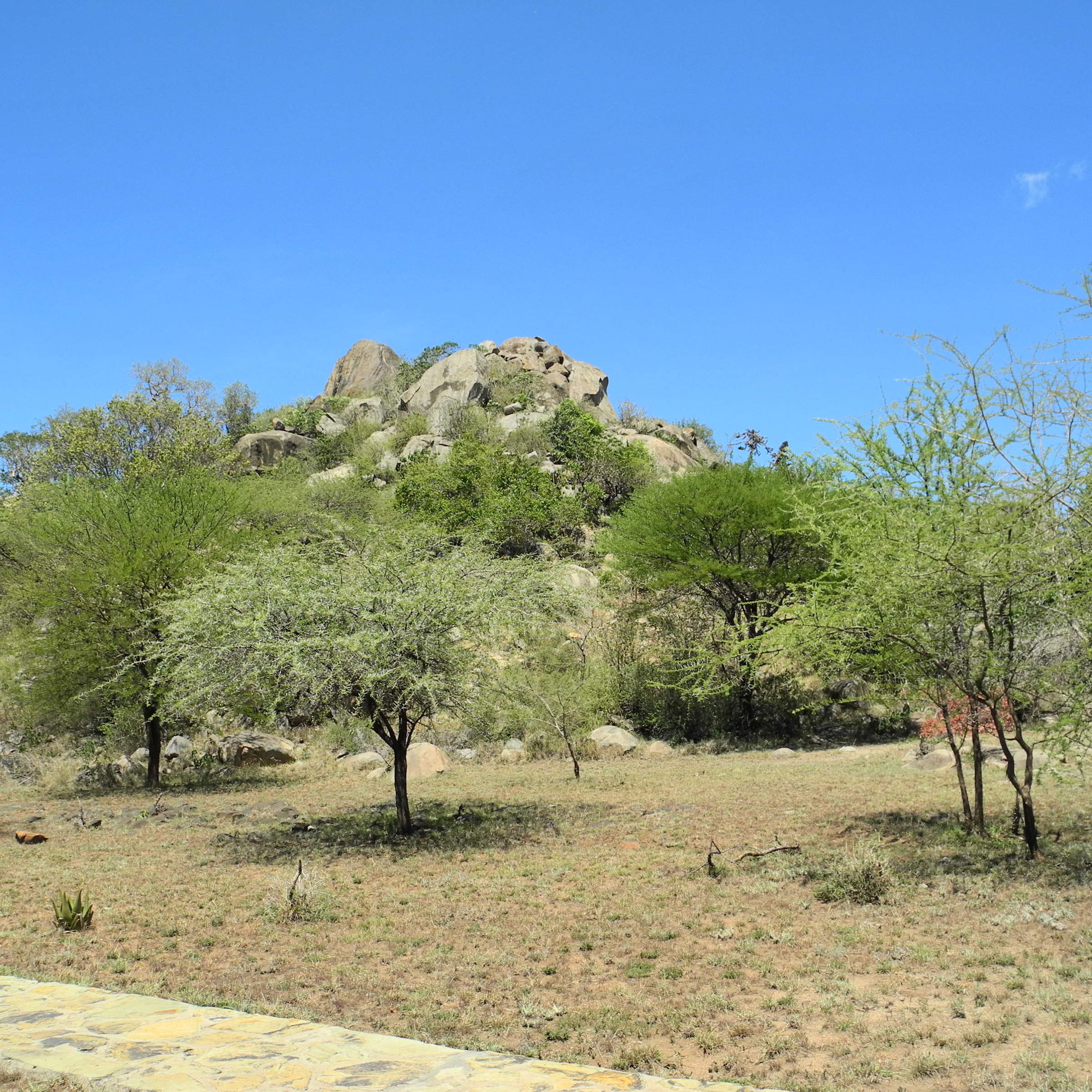
Mbuzi Mawe
Mbuze Mawe is a comfortable tented camp in a convenient, central-north location when driving through the Serengeti.
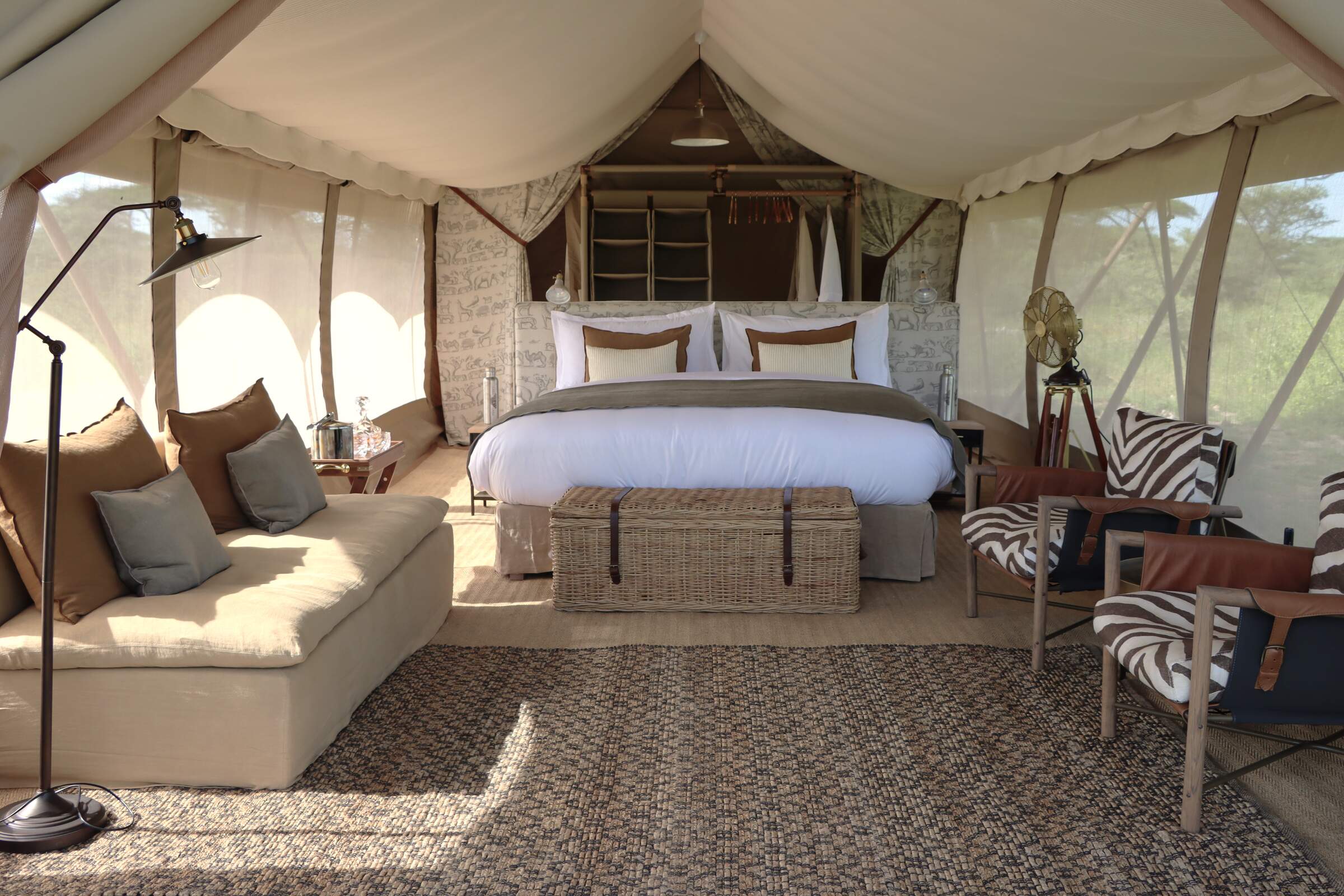
Laba Migration Camp
A luxury mobile camp that moves between the Western Corridor, Mara River and the southern Ndutu area, in line with the wildebeest migration.
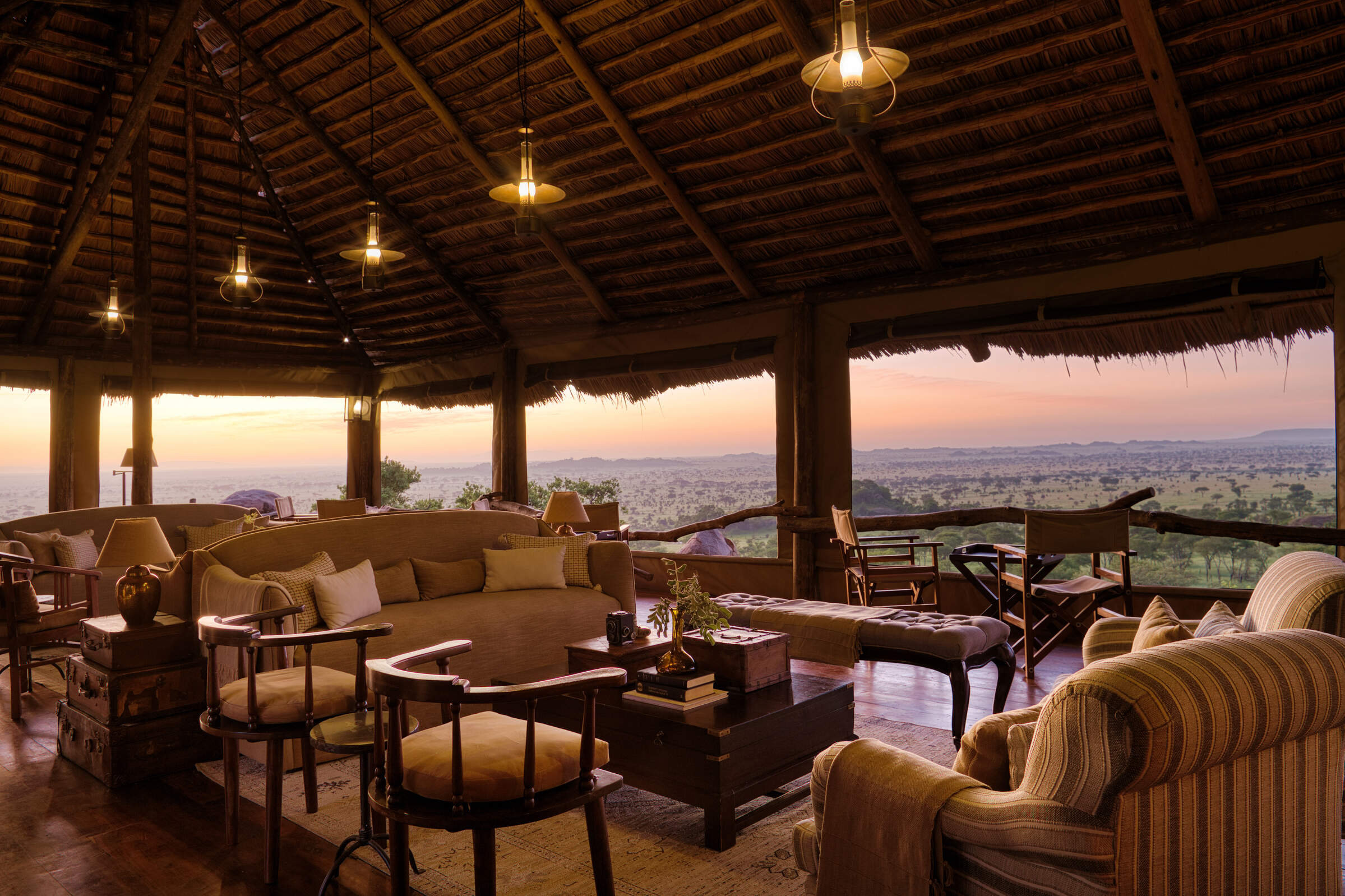
Serengeti Pioneer Camp
Serengeti Pioneer Camp is a luxurious tented camp in the central Serengeti, styled on African explorers' camps of the early 20th century.
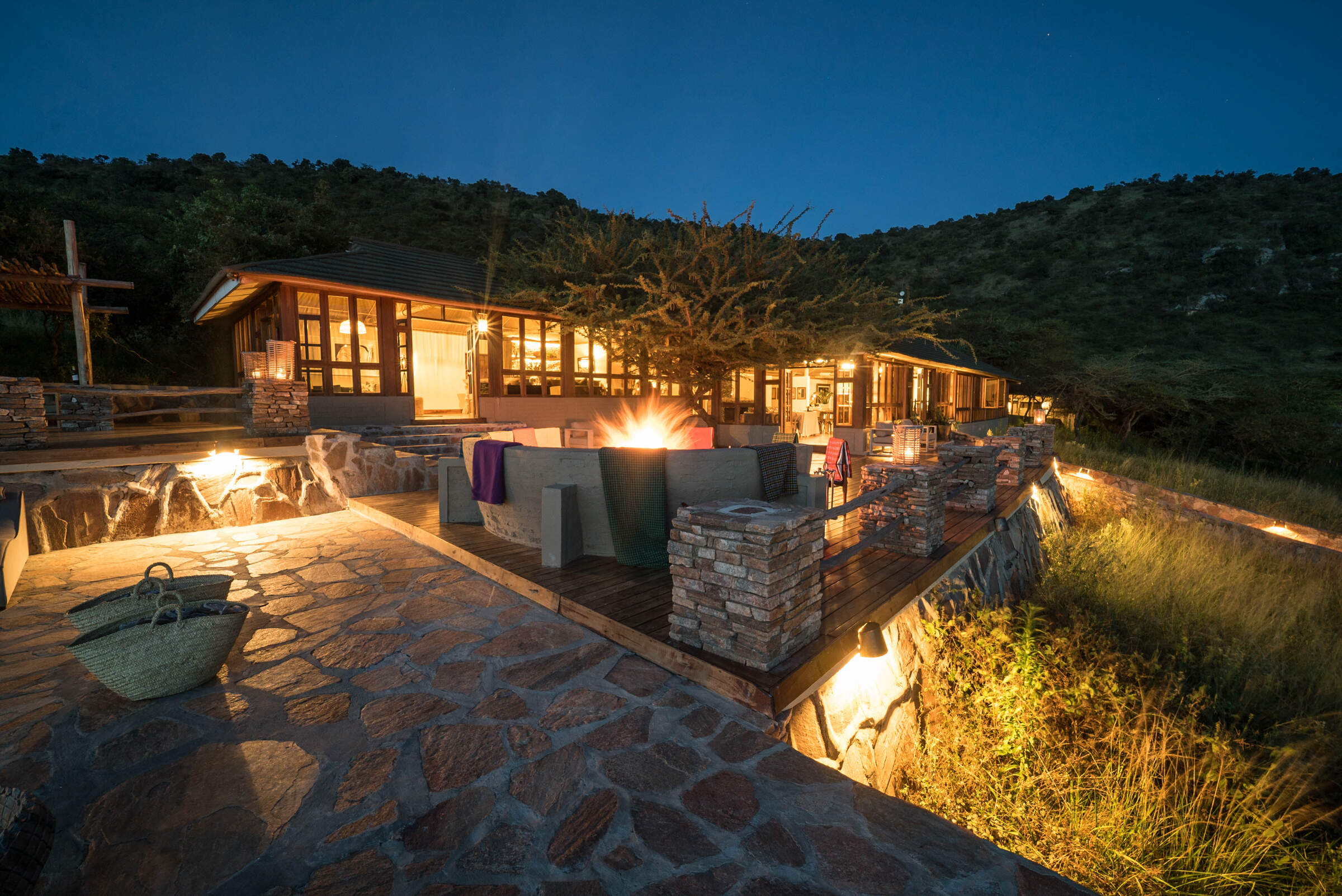
Taasa Lodge
Taasa Lodge is a slightly quirky option offering guided walks and night game drives, which are not permitted in Serengeti National Park.
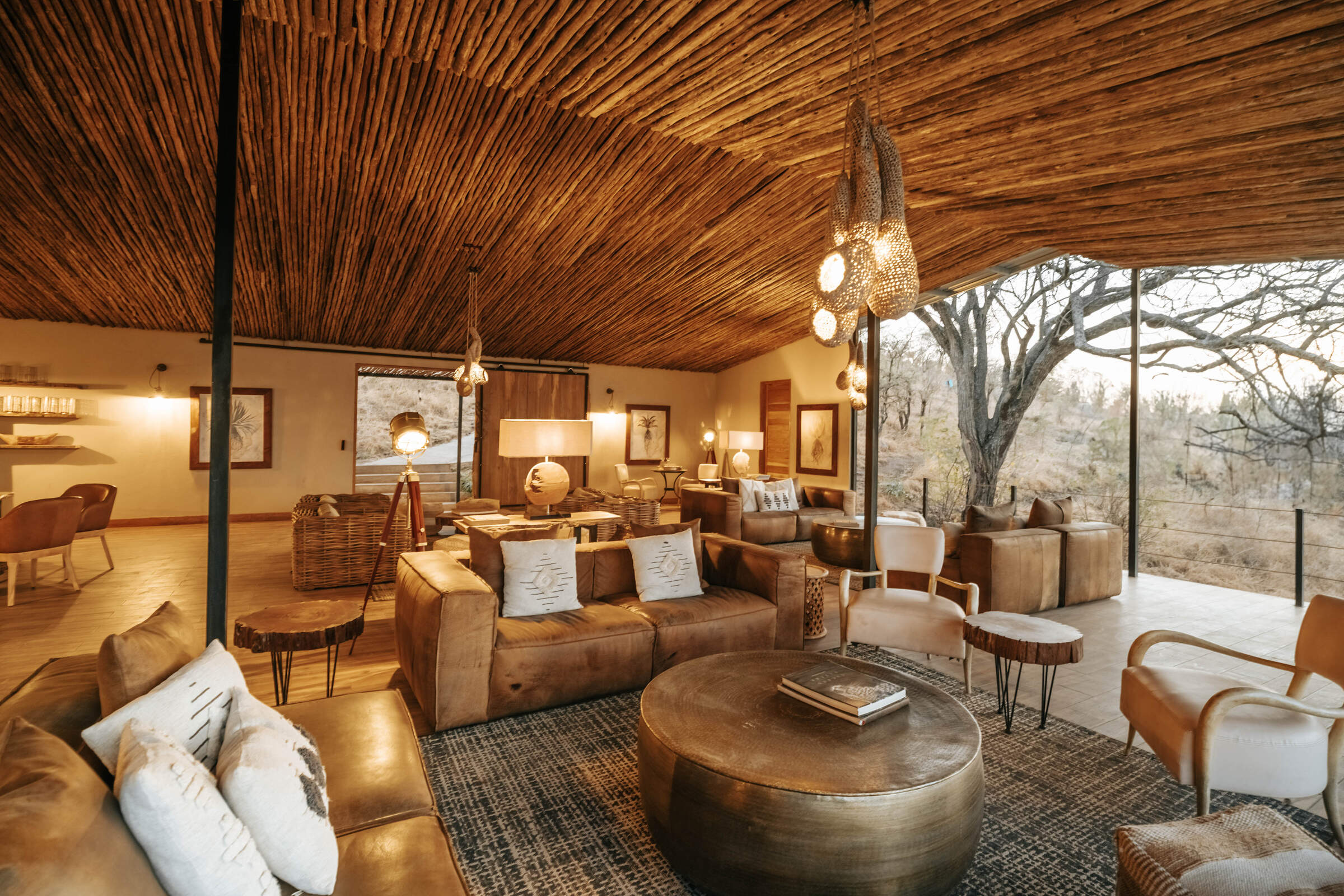
Nimali Serengeti
Opened in July 2017, Nimali Serengeti is a smart, permanent tented camp located in the Seronera area of the central Serengeti.
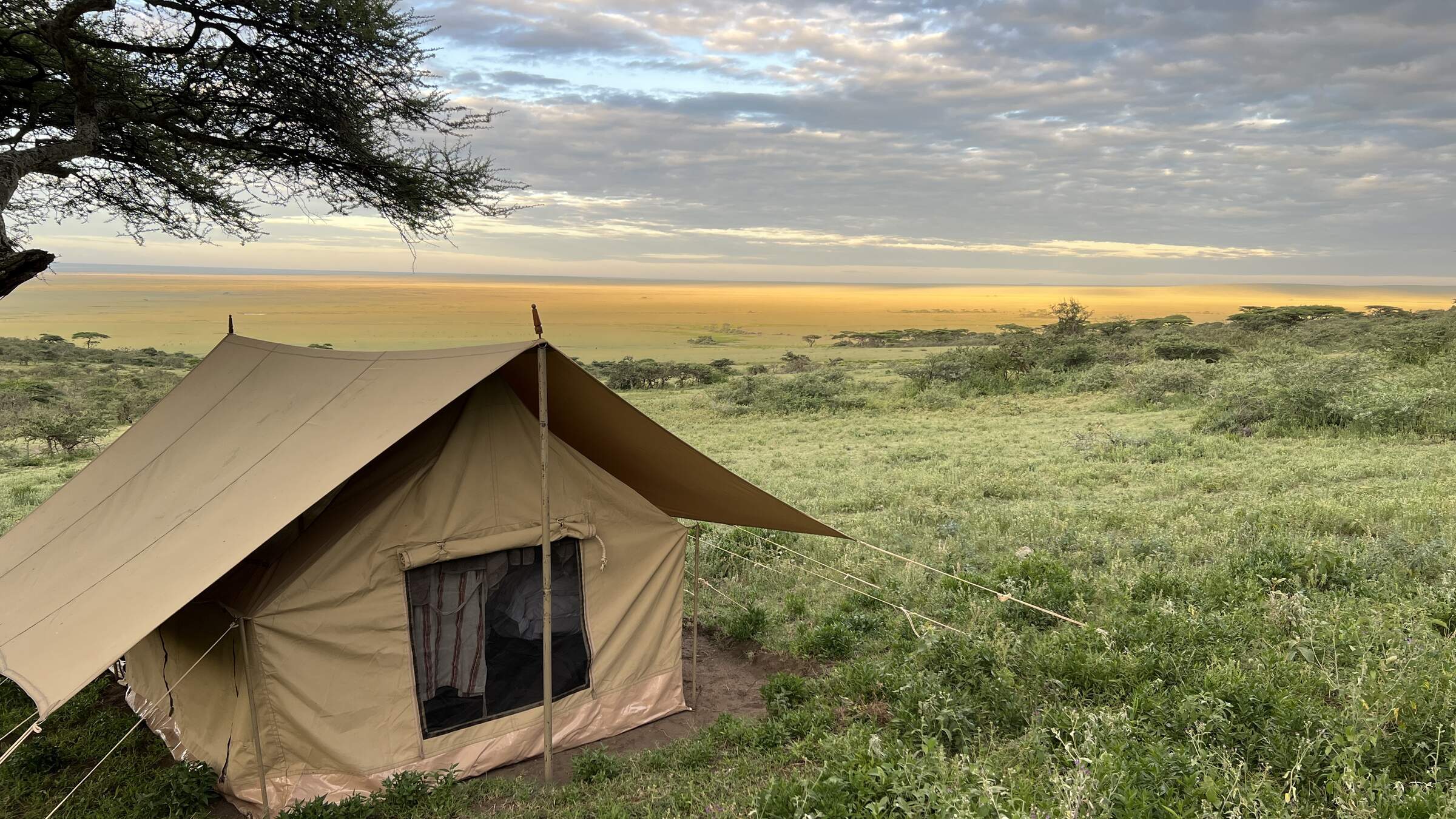
Nomad Walking Camp
Nomad Expeditionary Walking Camp is a simple camp of up to three tents, plus infrastructure, that changes location to allow guests to do substantial walks between campsites.
When to go to Serengeti Migration Area
Our month by month guide: What it's like to visit Klein's Camp in Serengeti Migration Area
Jan
Feb
Mar
Apr
May
Jun
Jul
Aug
Sep
Oct
Nov
Dec
Serengeti Migration Area in January
January marks the start of the Serengeti’s short dry season. In the southern plains, the wildebeest calving season takes centre stage, drawing both predators and eager wildlife enthusiasts. The weather is generally clear and sunny, with rising temperatures, though occasional rainfall may still occur in the southern areas. Birdwatching is particularly rewarding during this time, with resident species in their breeding plumage and migratory birds adding to the variety.
The far southern plains of Ndutu coupled with the central Seronera area remains a reliable choice for game viewing, with lions and cheetahs frequently sighted on the hunt. While the park can be busier early in the month due to New Year visitors, it often becomes quieter later, providing excellent value and a more peaceful experience. Patience may be needed during game drives, as some wildlife becomes more dispersed.
- Variable weather: clear, dry or rainy
- Thunderstorms may occur occasionally
- Prime birding season with migrant species
- Wildebeest gathering in southern Serengeti
- Busy early, quieter later in the month
Our view
A good time to visit, with pros & cons
Weather in January
Serengeti Migration Area in February
February in the Serengeti is hot, with daytime highs reaching around 33°C/91°F, but cooling down significantly in the evening and overnight. It's an excellent time to visit as the northern circuit is comparatively quieter than during peak seasons. The wildebeest calving season, typically occurring in a two-three week window in early-mid February, is a major attraction. Thousands of calves are born daily, attracting a significant number of predators, creating an intense yet fascinating spectacle.
Birdlife is equally vibrant, as migratory species from the northern hemisphere join the park's resident birds. The Ndutu region is especially active, hosting an abundance of wildlife. Hot air balloon safaris offer unparalleled views of the action below. Despite the midday heat, early morning game drives remain comfortable and highly rewarding.
- Hot and dry weather conditions prevail
- Wildebeest calving in southern plains
- Southern Serengeti busy for migration
- Lush, green landscapes across the park
- Ideal for wildlife photography
Our view
A very good time to visit
Weather in February
Serengeti Migration Area in March
March typically sees the arrival of the long rains in the Serengeti, though the exact timing can vary each year. With water becoming more plentiful, migratory animals begin to spread out, making wildlife spotting a bit more challenging in certain areas. The Seronera Valley remains a reliable choice for sightings, thanks to its consistent water sources.
The rains bring a dramatic transformation to the landscape, with lush greenery emerging across the plains, offering stunning photographic opportunities. Birdwatchers are in for a treat, as many species are in their vibrant breeding plumage. Although some mobile tented camps begin winding down operations in preparation for the next season, visitors can still enjoy the park’s quieter atmosphere and its renewed natural beauty.
- Hot with increasing humidity pre-rains
- Wildlife viewing varies as rains begin
- Park quieter with lower visitor numbers
- Excellent time for bird watching
- Green vegetation provides scenic backdrops
Our view
A good time to visit, with pros & cons
Weather in March
Serengeti Migration Area in April
April tends to be the wettest month in the Serengeti, with rainfall averaging around 250mm. The park is transformed into a verdant oasis, alive with birds, insects, and smaller wildlife. However, the dense vegetation can make spotting animals more difficult. Visitor numbers are at their lowest, allowing for a more exclusive safari experience and there can be some good emerald season bargains to be had.
The wildebeest migration typically begins slowly moving toward the Western Corridor, and patient travellers can witness fascinating sights such as newborn animals and predators on the hunt. Rising water levels make the Retina Hippo Pool particularly active. Birdwatching continues to be excellent, and many lodges offer reduced rates, making it an appealing time for those willing to brave occasional downpours.
- Heavy rains with impressive thunderstorms
- Some camps closed due to weather
- Lowest rates and fewest tourists
- Vibrant greenery, wildlife more dispersed
- Not ideal for general wildlife viewing
Our view
This is not a great time to visit
Weather in April
Serengeti Migration Area in May
As the month of May progresses, the rains start to taper off across the Serengeti and temperatures drop slightly. Visitor numbers remain low, and lodge rates are often highly competitive, making it a great time for more value-conscious travellers. The wildebeest migration usually still heading towards the Western Corridor, with some herds nearing the Grumeti River and others still milling around the central area of the park. Predator-prey interactions become more frequent as animals navigate the changing environment.
The Moru Kopjes region offers particularly rewarding wildlife encounters, including the chance to spot black rhinos. The park’s vegetation is at its lushest, providing breathtaking backdrops for photographers. Balloon safaris during this time give a spectacular view of the green plains and migrating herds.
- Rains continue, creating dramatic skies
- Quiet period, great for avoiding crowds
- Lush landscapes with long grasses
- Wildlife more dispersed, fewer sightings
- Affordable safari options available
Our view
This is not a great time to visit
Weather in May
Serengeti Migration Area in June
June signals the end of the rainy season in the Serengeti, with the landscape beginning to dry out. Wildlife starts to gather around permanent water sources, and the Grumeti River becomes a key location for dramatic river crossings. Before the wildebeest migration heads north, the Western Corridor remains a hub of activity.
Many camps will offer shoulder season rates in June, meaning that this is also a more affordable time to visit than later in the year. The Lobo Valley in the north also becomes a productive area for wildlife viewing. With shorter grasses and clearer conditions, June is an excellent time for walking safaris in designated areas. The balance of good weather, exciting wildlife action, and moderate tourist numbers makes it a great month to visit.
- Weather varies: clear, dry or some rain
- Migration moving from west to north
- Parks still green with high grasses
- Wildlife becoming more concentrated
- Good value shoulder season prices
Our view
A good time to visit, with pros & cons
Weather in June
Serengeti Migration Area in July
July is the start of peak season in the Serengeti, with little to no rainfall expected and pleasant daytime temperatures. As the park dries, wildlife congregates in fewer areas, improving game viewing opportunities. The wildebeest migration typically reaches the northern Serengeti, with herds beginning to cross the Mara River. This spectacle draws many visitors, making the northern areas busier.
The Seronera area remains excellent for big cat sightings. In the western corridor, resident game becomes easier to spot as vegetation thins. Balloon safaris are particularly popular this month, offering breathtaking views of the migrating herds. Despite the crowds, July offers some of the year's best wildlife viewing opportunities across the park.
- Dry days, chilly mornings and evenings
- Excellent wildlife viewing opportunities
- Peak season with increasing visitor numbers
- Highest prices due to prime conditions
- Great Migration in full swing
Our view
Fantastic: the very best time to visit
Weather in July
Serengeti Migration Area in August
August in the Serengeti is characterised by clear skies and sunny weather, though cooler nights and mornings call for layered clothing for early morning game drives. It's an extremely popular time to visit, with accommodation prices at their peak. The northern Serengeti is particularly busy as visitors hope to witness migration river crossings – with the Mara and Sand rivers becoming focal points for dramatic wildlife interactions.
In the central Serengeti, predator sightings remain good around the Seronera River. The park's southern regions are now much drier, home to excellent resident game and now fewer visitors. Balloon safaris provide stunning aerial views of the landscape and wildlife. While August is a very busy time, the consistent wildlife activity and reliable weather make it a fantastic month to visit.
- Dry climate, cool mornings and evenings
- Superb general wildlife viewing
- Exciting wildebeest migration period
- Very busy, camps fill up quickly
- Dramatic river crossings may occur
Our view
Fantastic: the very best time to visit
Weather in August
Serengeti Migration Area in September
September continues the Serengeti’s dry season, with wildlife becoming increasingly concentrated around the few remaining water sources. The northern Serengeti still hosts the wildebeest migration, with river crossings at the Mara River offering dramatic predator-prey interactions. The Seronera Valley remains an excellent spot for sightings of resident predators, while the now-parched southern plains offer good chances to see cheetahs.
As the month progresses, visitor numbers begin to drop slightly, making it a quieter time to explore. Birdwatching remains rewarding, and walking safaris provide a more intimate wildlife experience. September’s pleasant weather and exceptional wildlife viewing make it a very good time to visit.
- Fantastic wildlife viewing conditions
- Slightly less crowded than peak months
- Parks becoming dry with less vegetation
- Pleasant temperatures throughout day
- Prices remain high for quality safaris
Our view
Fantastic: the very best time to visit
Weather in September
Serengeti Migration Area in October
October marks the tail end of the dry season in the Serengeti. Wildlife gathers around the last water sources, creating fantastic viewing opportunities. The Mara River may still see some migration activity, while the central Seronera region continues to deliver reliable predator sightings. In the western corridor, large herds of elephants are a highlight, and the dry southern plains can sometimes offer very good opportunities to spot cheetah.
Birdwatching is rewarding, with many resident species easily spotted. Balloon safaris offer breathtaking views of the parched landscape – though photographers need to be prepared for dusty conditions. Prices remain high, but visitor numbers are lower than in July-Sept, providing a more exclusive safari experience.
- Mostly dry with comfortable temperatures
- Excellent game viewing opportunities
- Landscape may appear somewhat barren
- Lower visitor numbers than earlier months
- Chance to see predator action at its best
Our view
A very good time to visit
Weather in October
Serengeti Migration Area in November
November usually signals the start of the short rains in the Serengeti. While lighter and more sporadic than the long rains, they rejuvenate the landscape with fresh grass growth. Wildlife begins to disperse as water becomes more readily available, but game viewing remains strong, particularly in the central Seronera area.
The wildebeest herds start their journey southward from the Mara region, creating opportunities for unique sightings. Birdwatching is excellent, with the arrival of migratory species adding to the variety. Some mobile camps in the north close temporarily, but those who visit in November can enjoy great value with lower rates and quieter conditions.
- Variable weather: clear, dry or rainy
- Parks quieter with lower-end prices
- Some camps close for maintenance
- Wildlife disperses as rains begin
- Migration movement less predictable
Our view
A good time to visit, with pros & cons
Weather in November
Serengeti Migration Area in December
December is a transition month in the Serengeti, falling within the short rainy season. The rains bring life to the southern plains, attracting the wildebeest herds and the predators that follow them. The Ndutu region becomes a focal point for wildlife activity.
Temperatures are comfortable, averaging around 27°C/81°F, with the possibility of occasional thunderstorms. Birdwatching is outstanding, with many migratory species adding to the diversity. Early December offers good value, with lower prices and fewer visitors, but the festive season sees a surge in demand, requiring early bookings. Balloon safaris provide stunning views of the rejuvenated landscape, making December an exciting time to visit the park.
- Weather varies: dry, rainy, or stormy
- Good game viewing in central Serengeti
- Quiet early, extremely busy late month
- Prices rise sharply for holiday season
- Green season begins, landscapes refresh
Our view
A good time to visit, with pros & cons
Weather in December

Looking for inspiration on where to travel next?
Visit our trip chooser to explore your options and find inspiration for your perfect African adventure
Inspire me